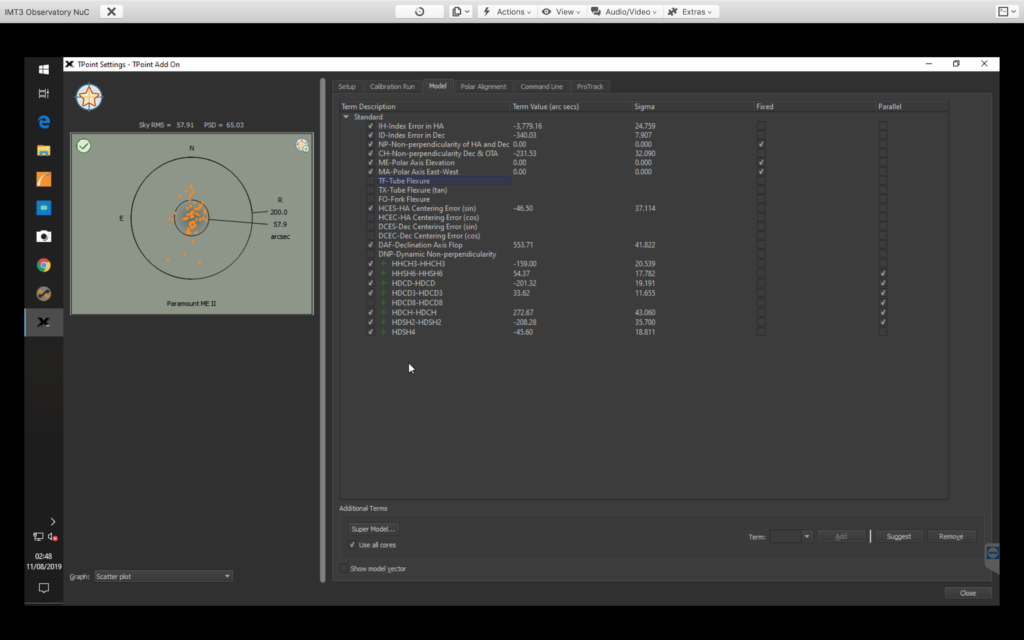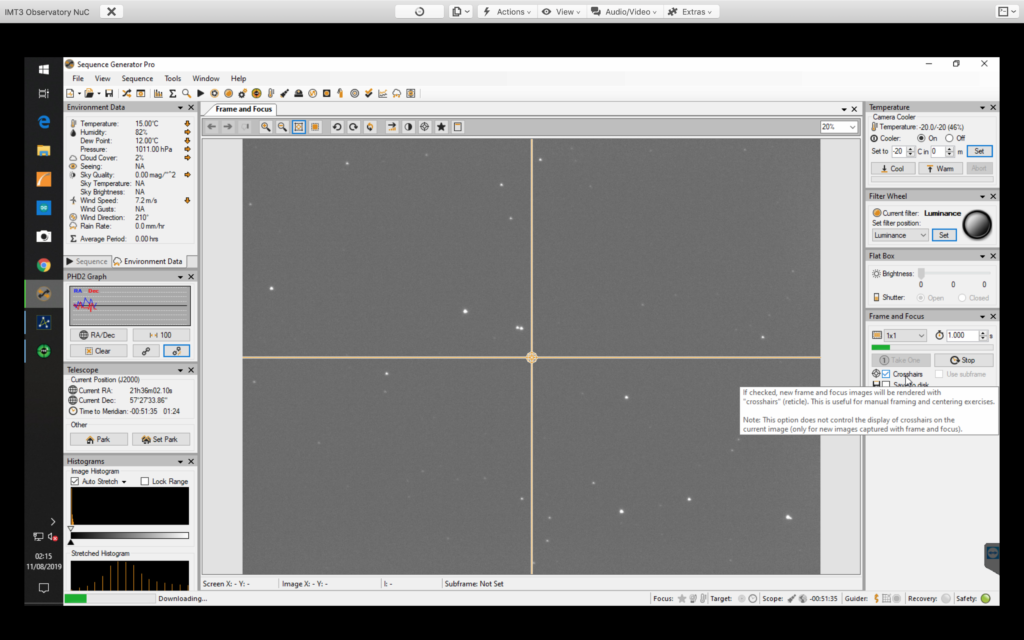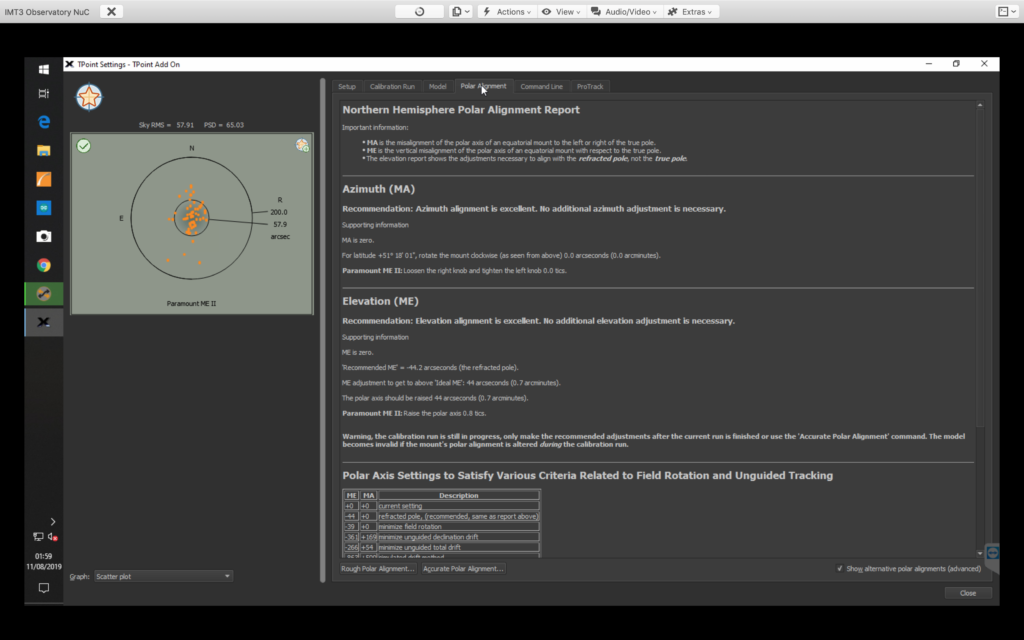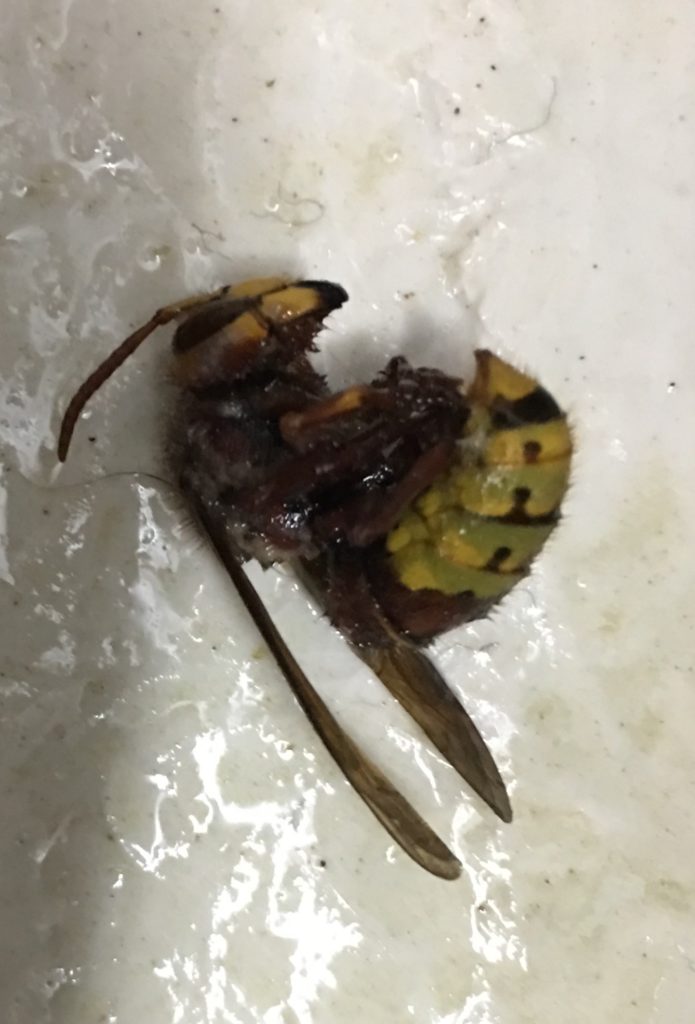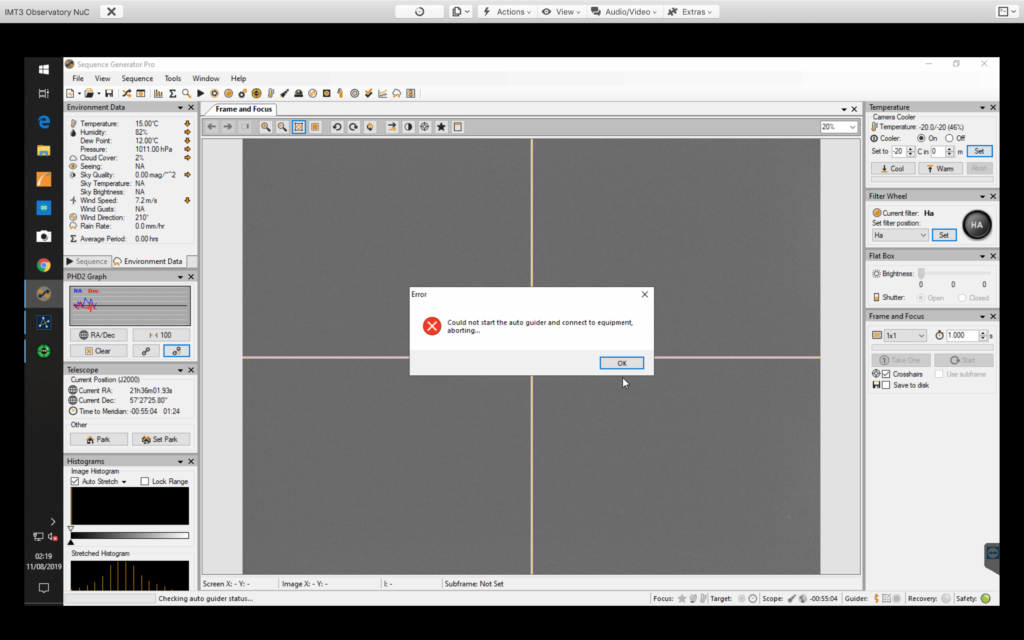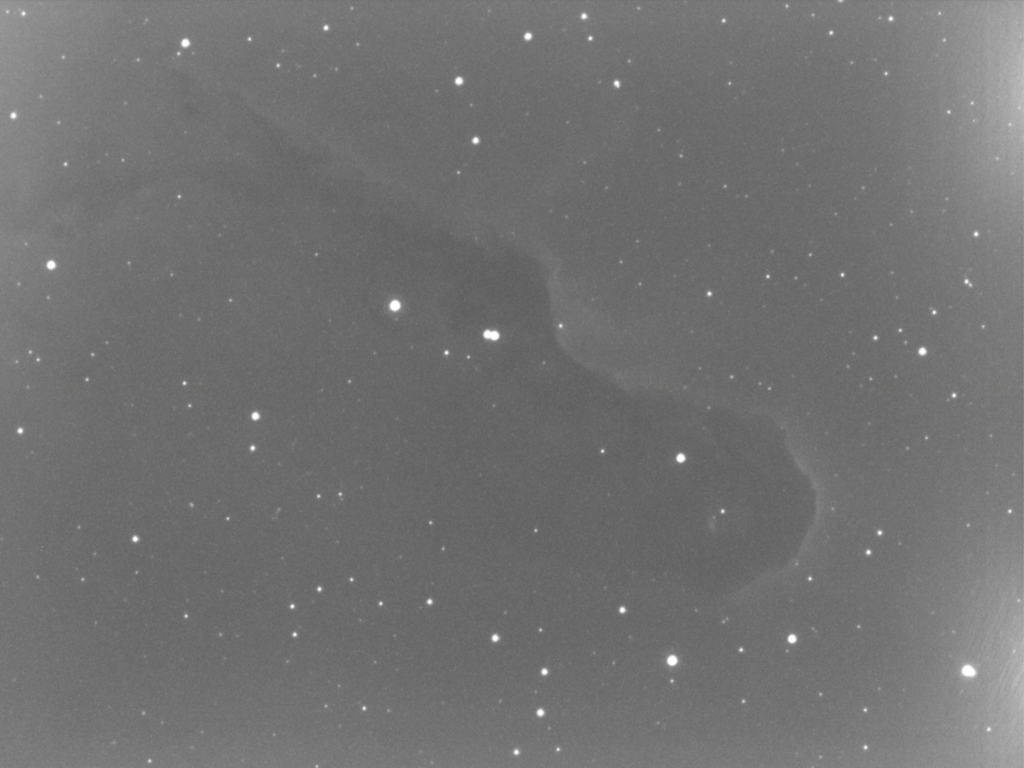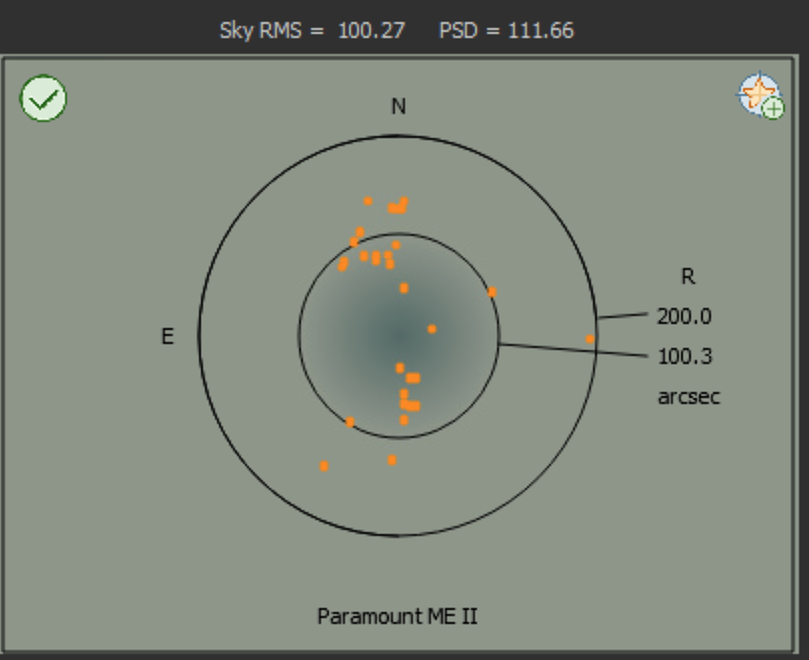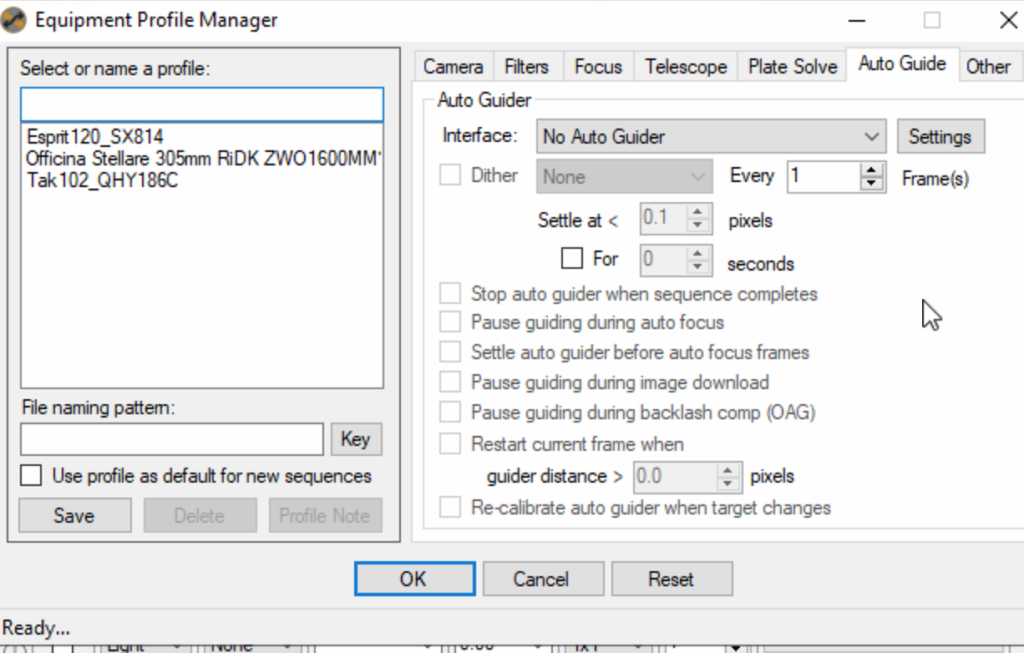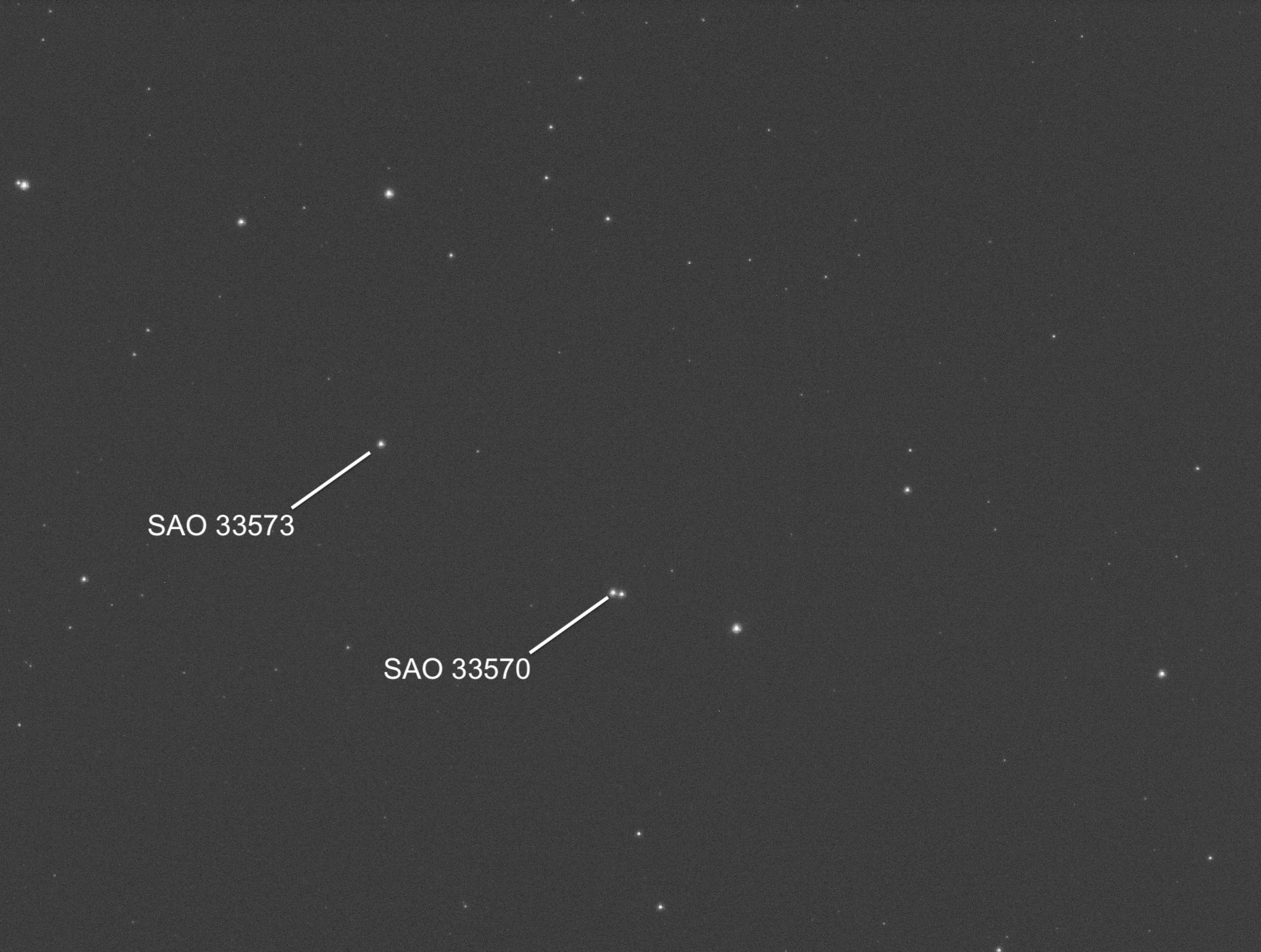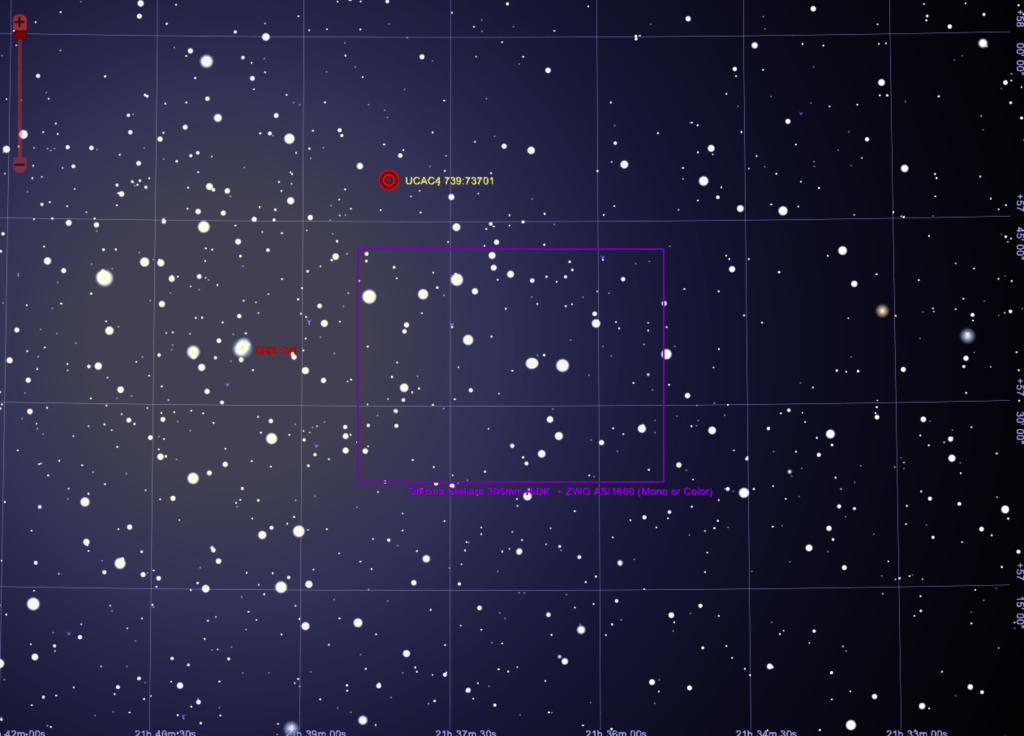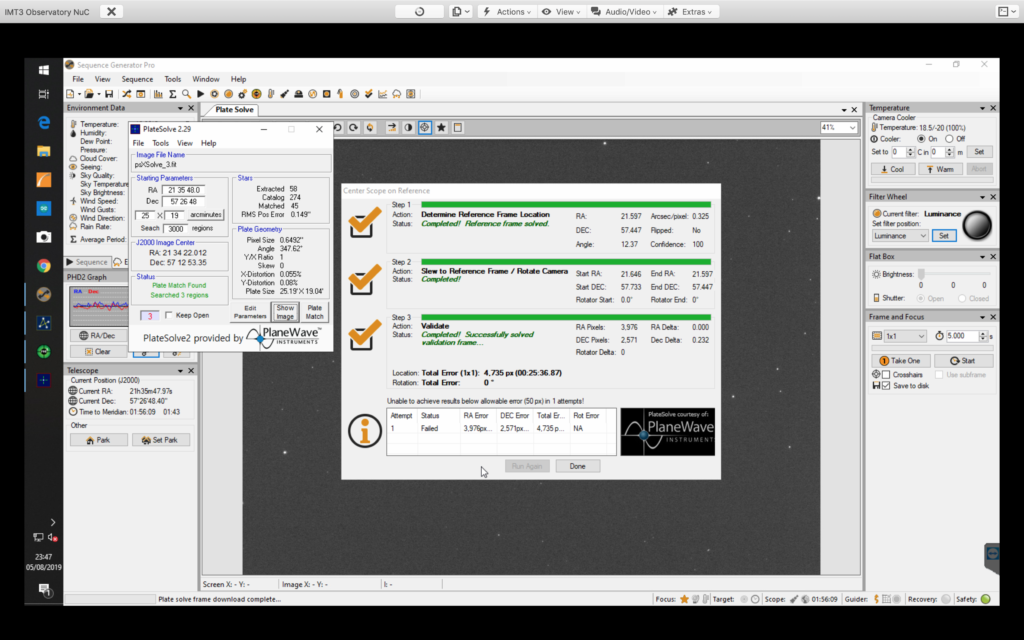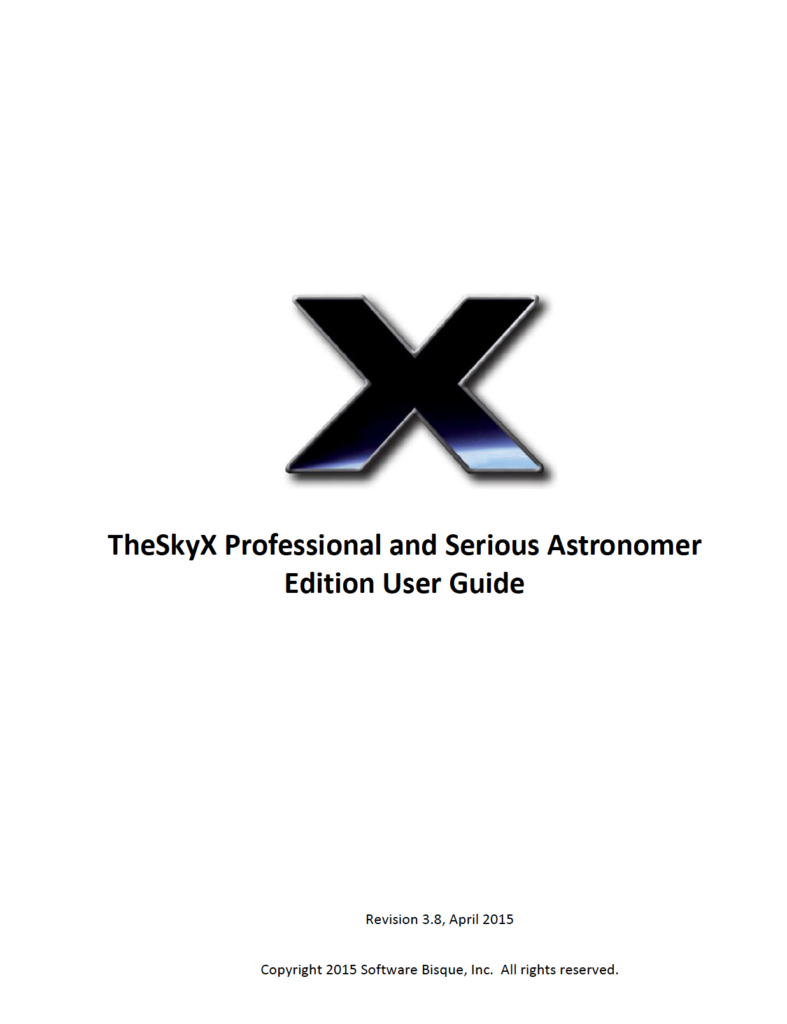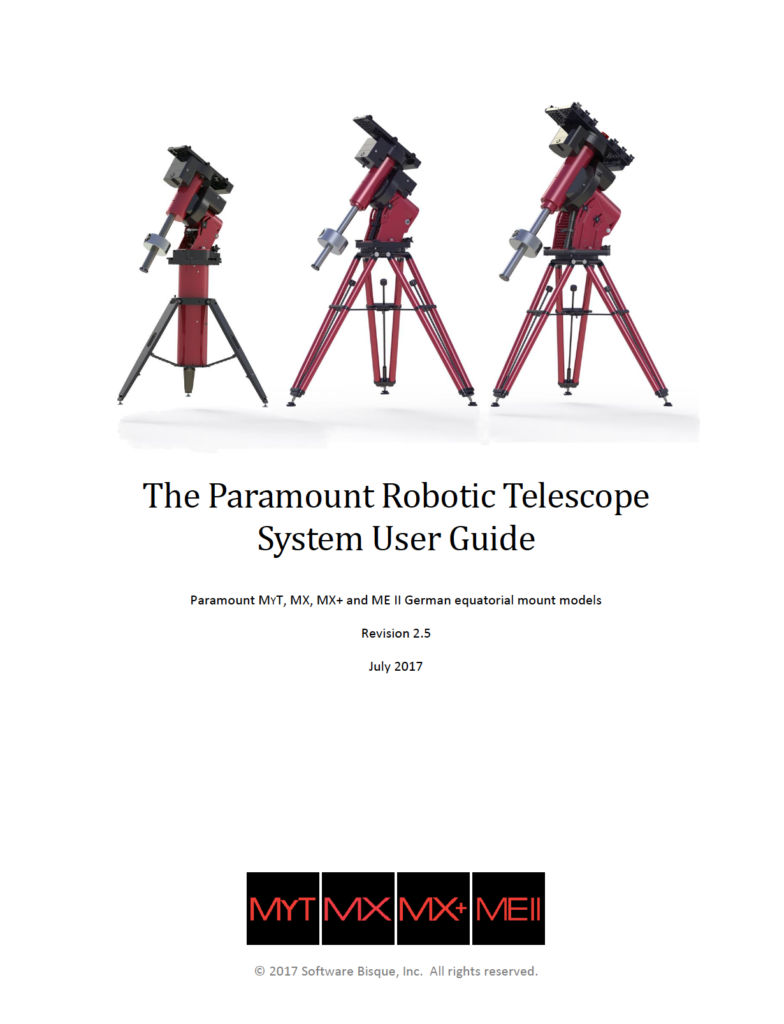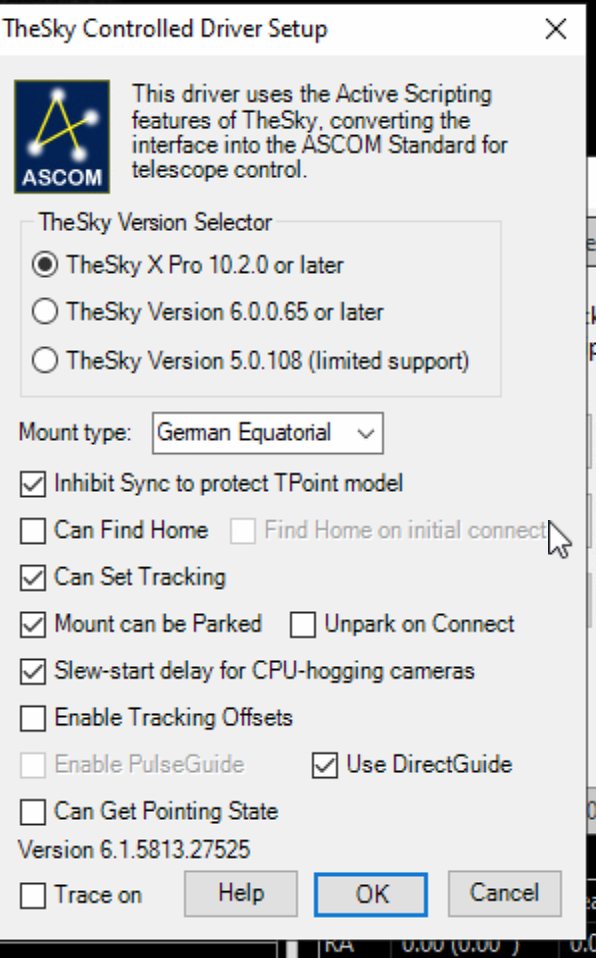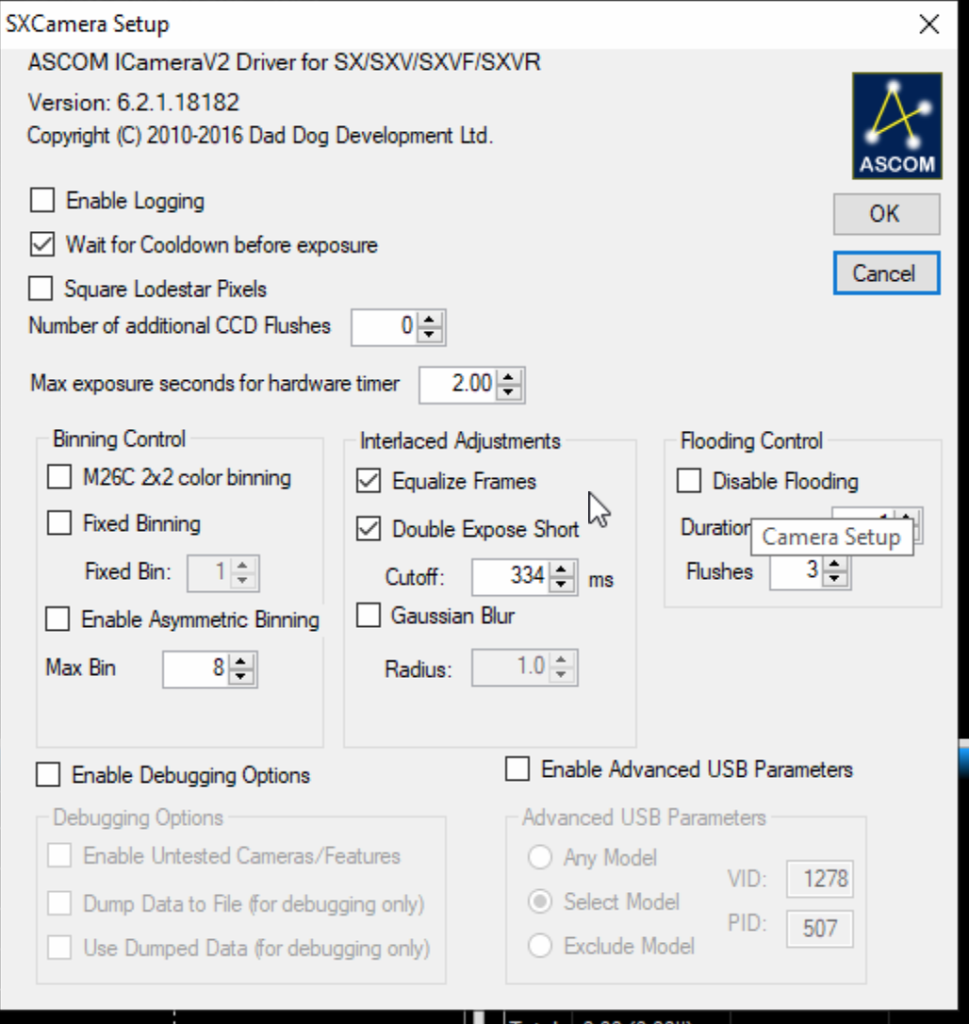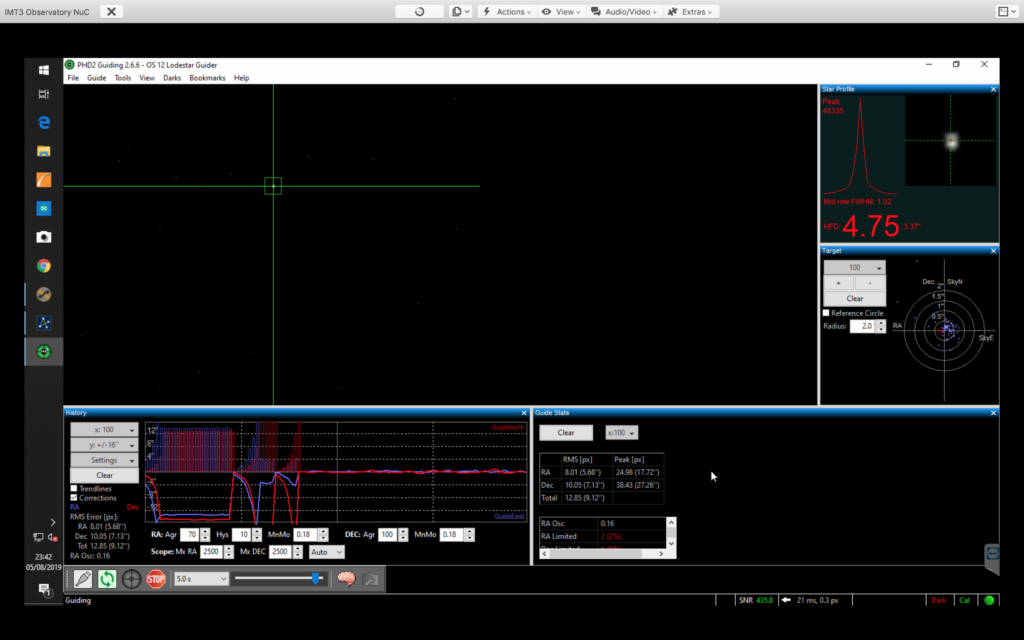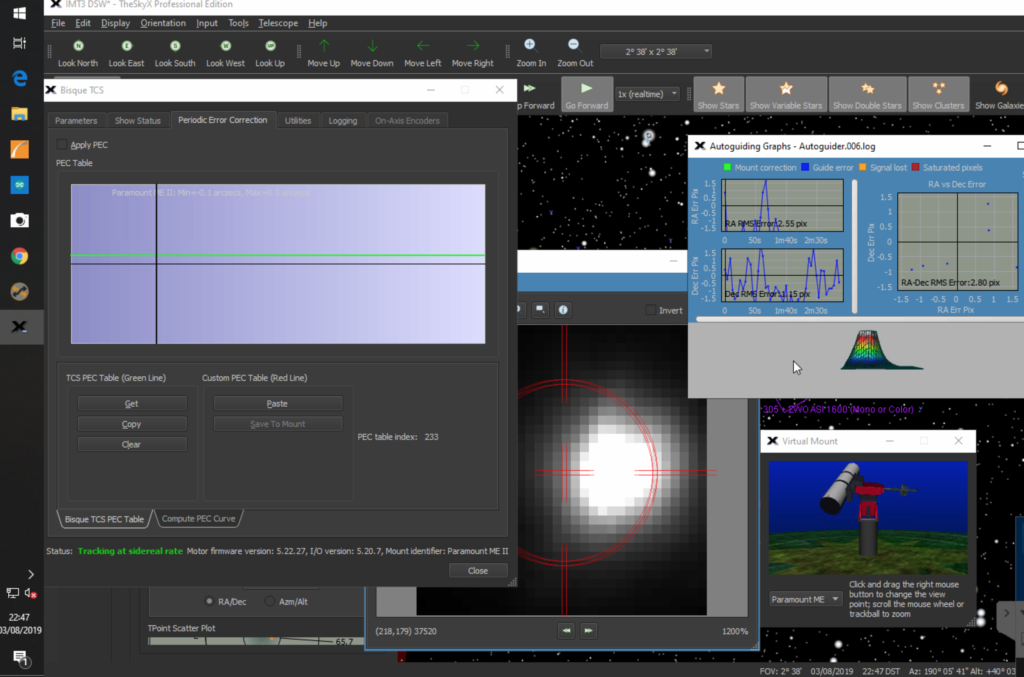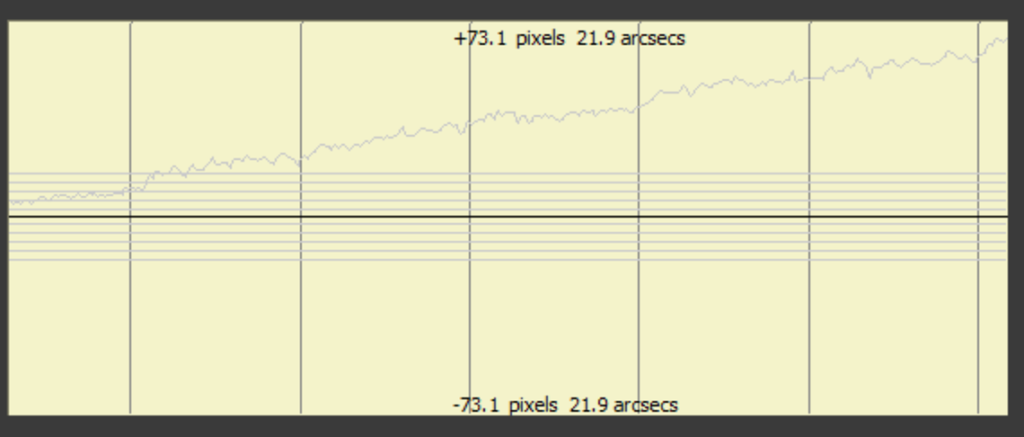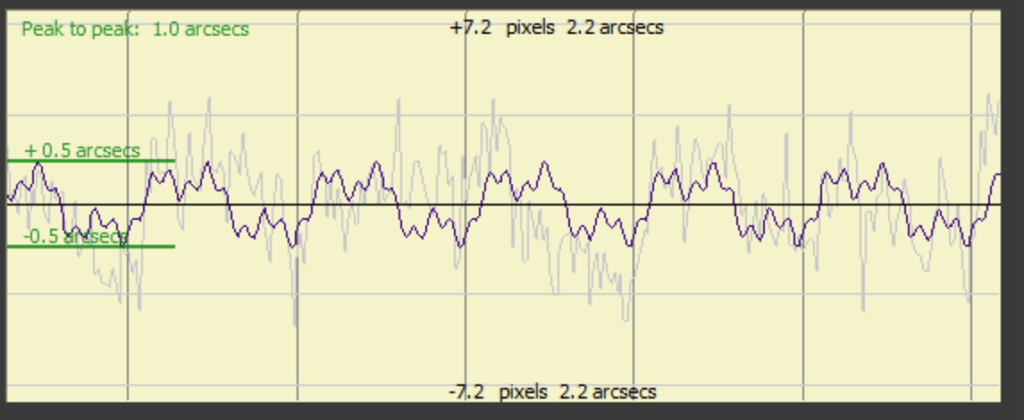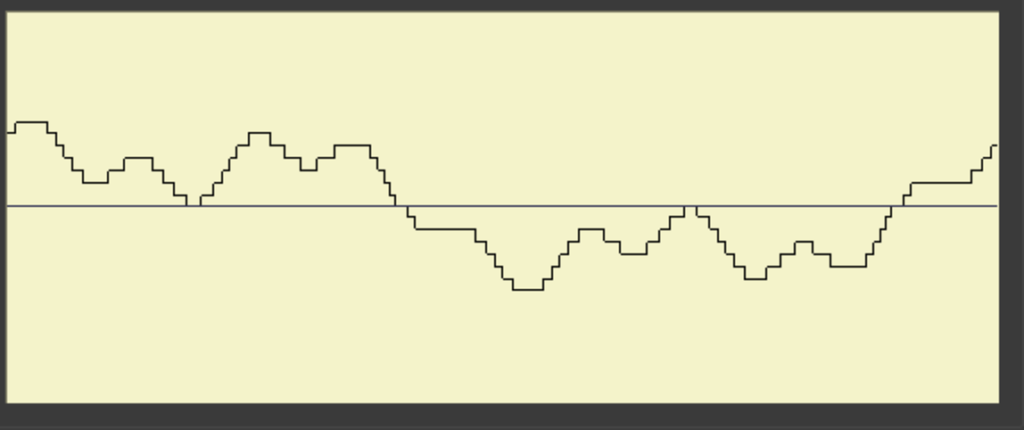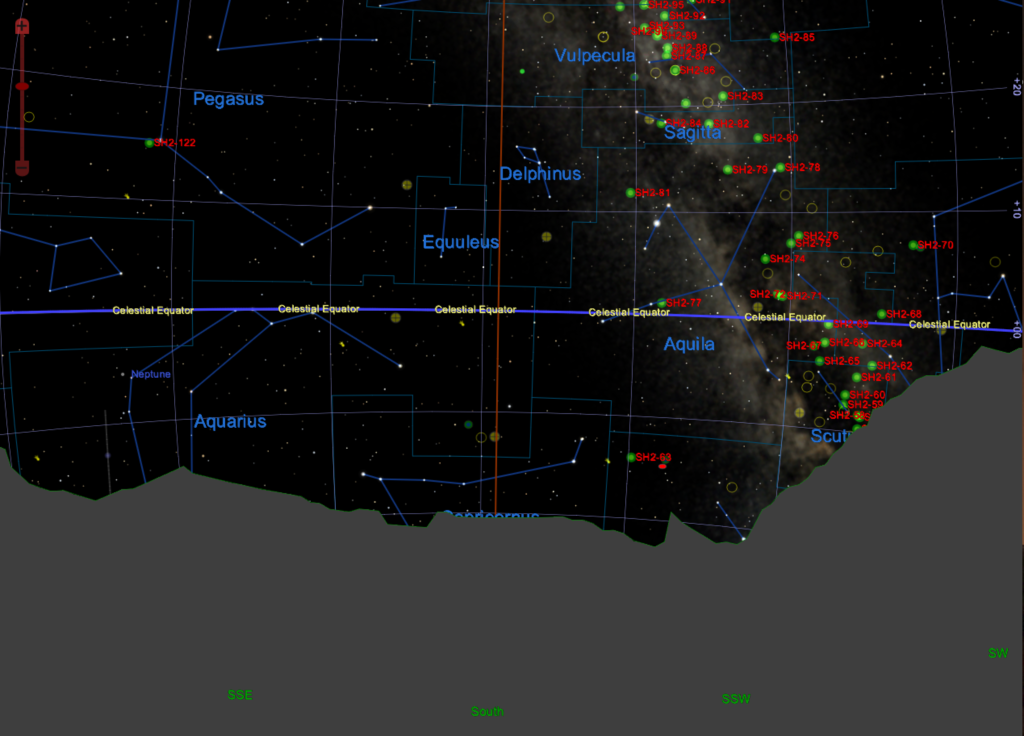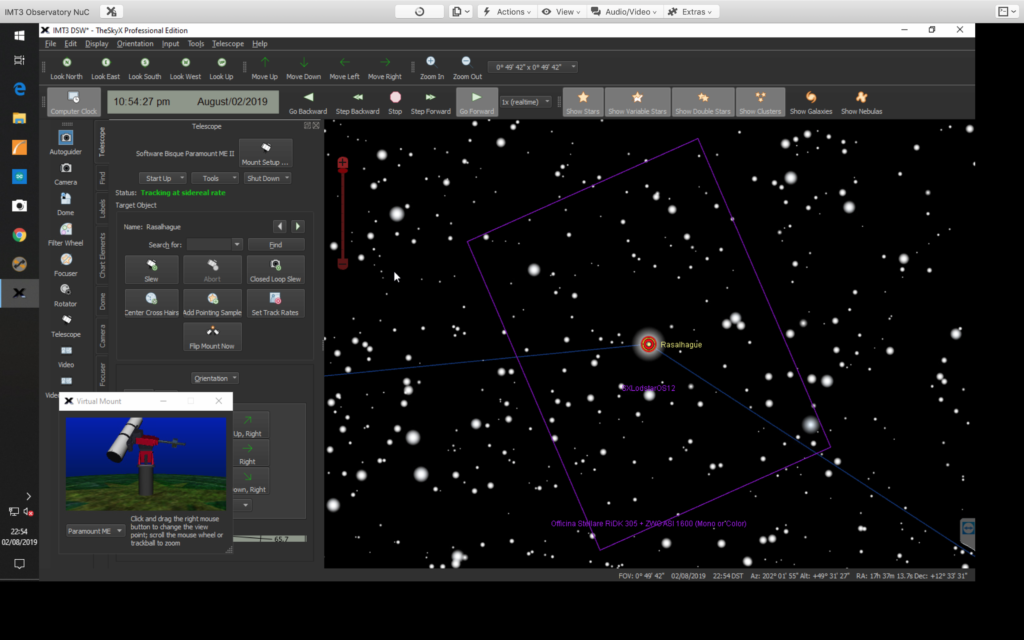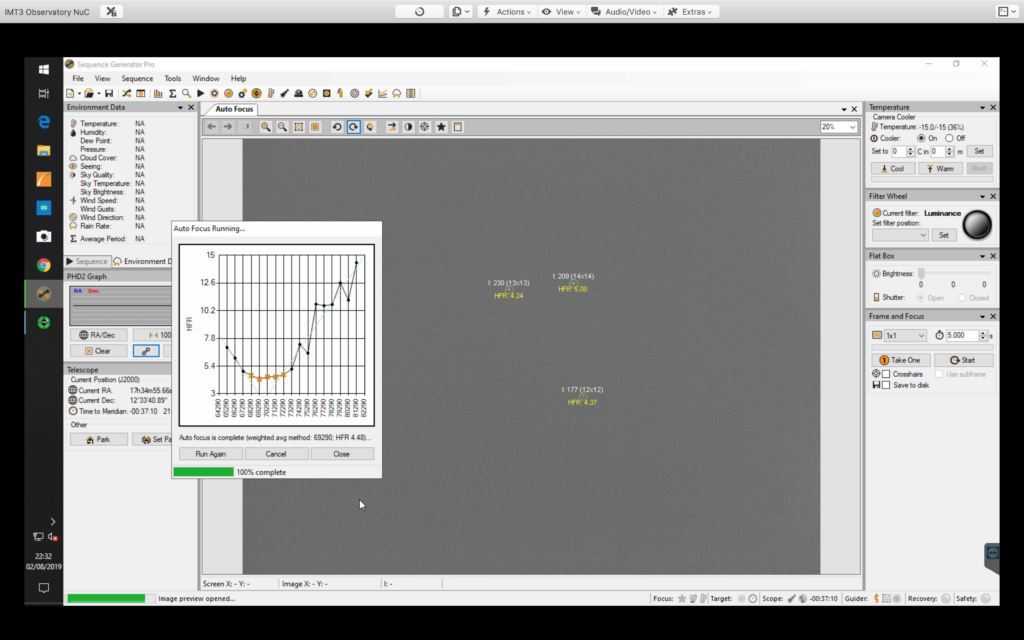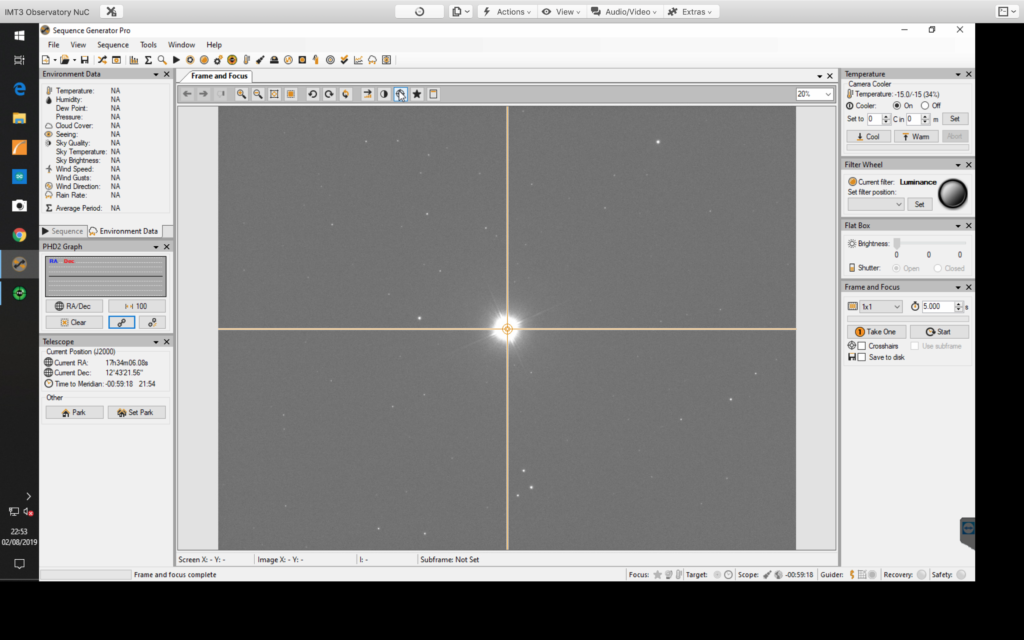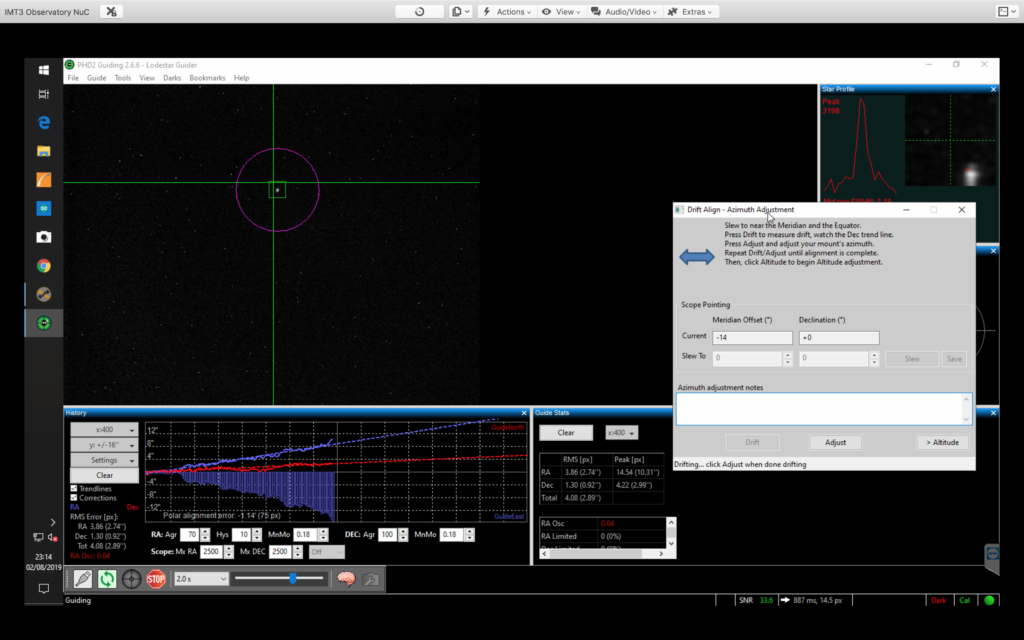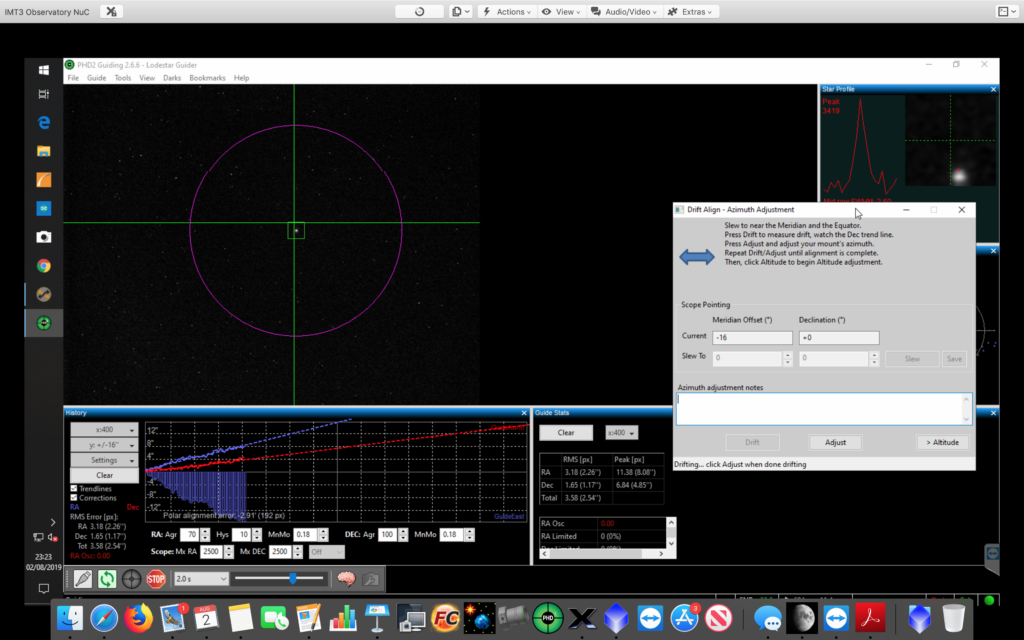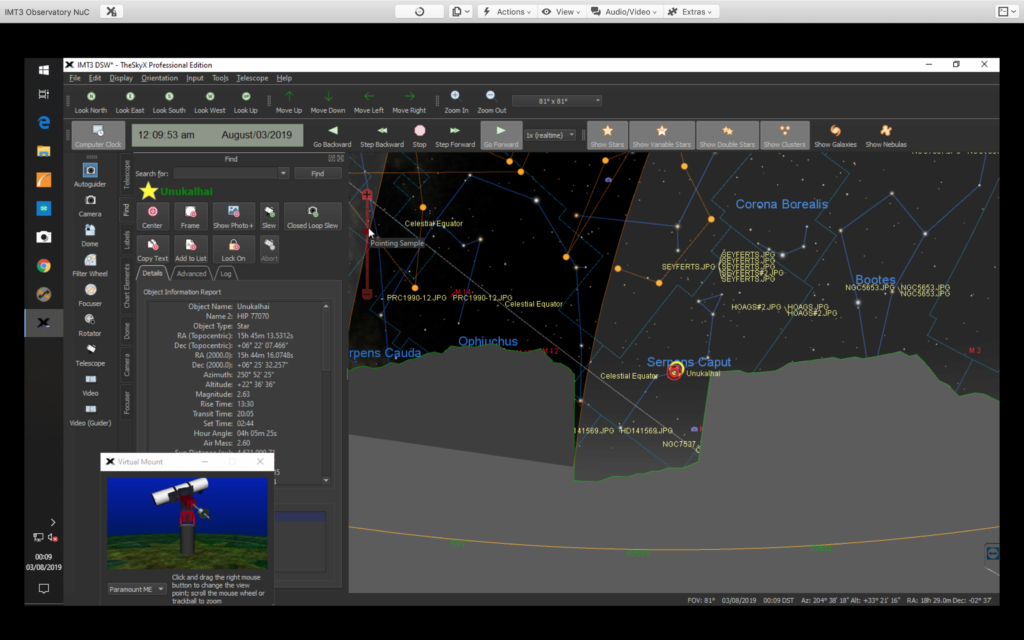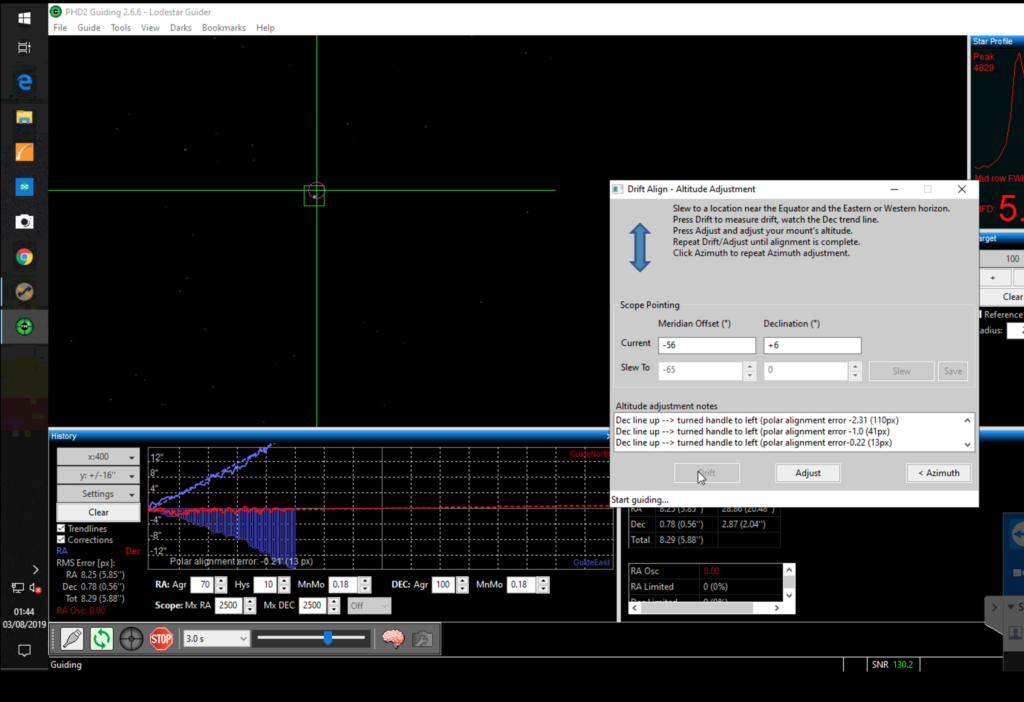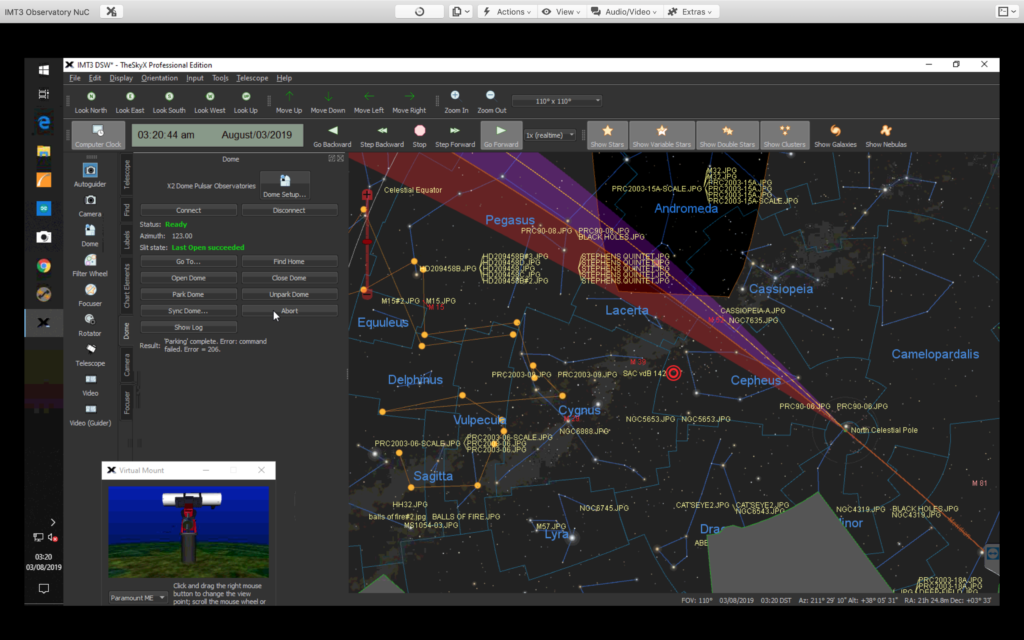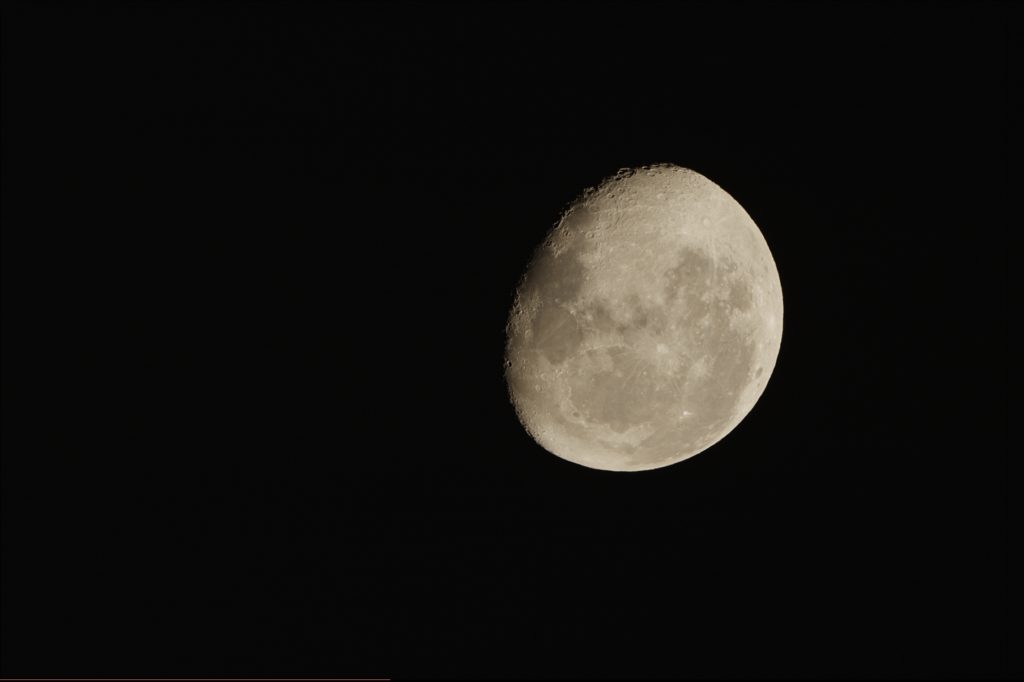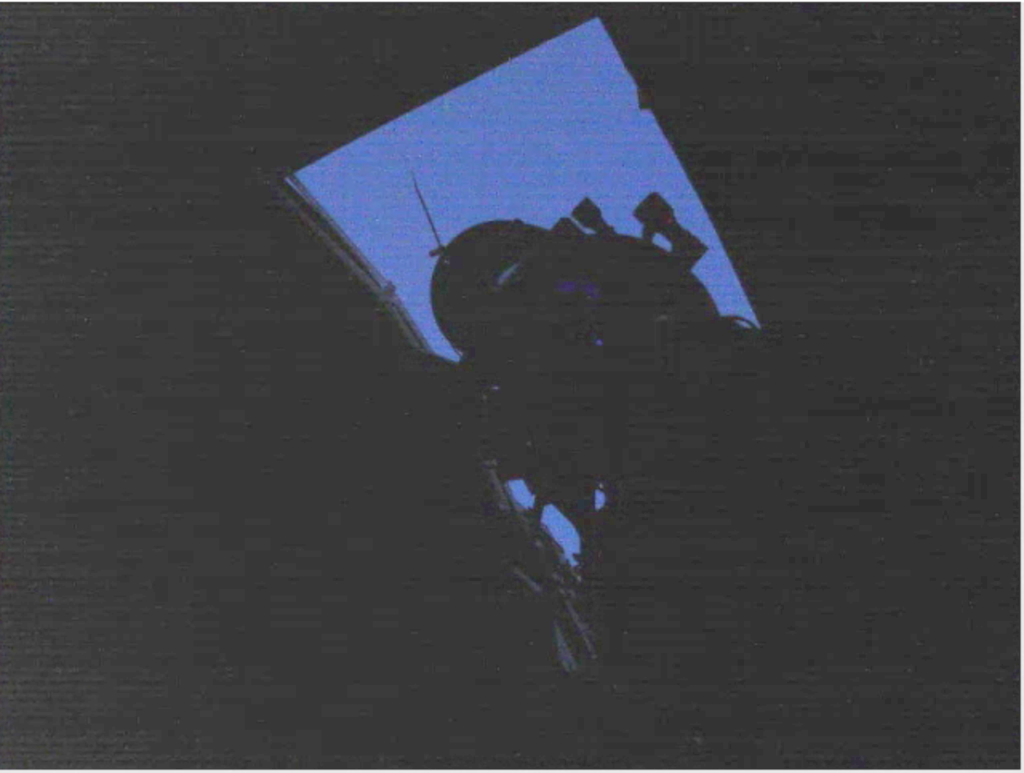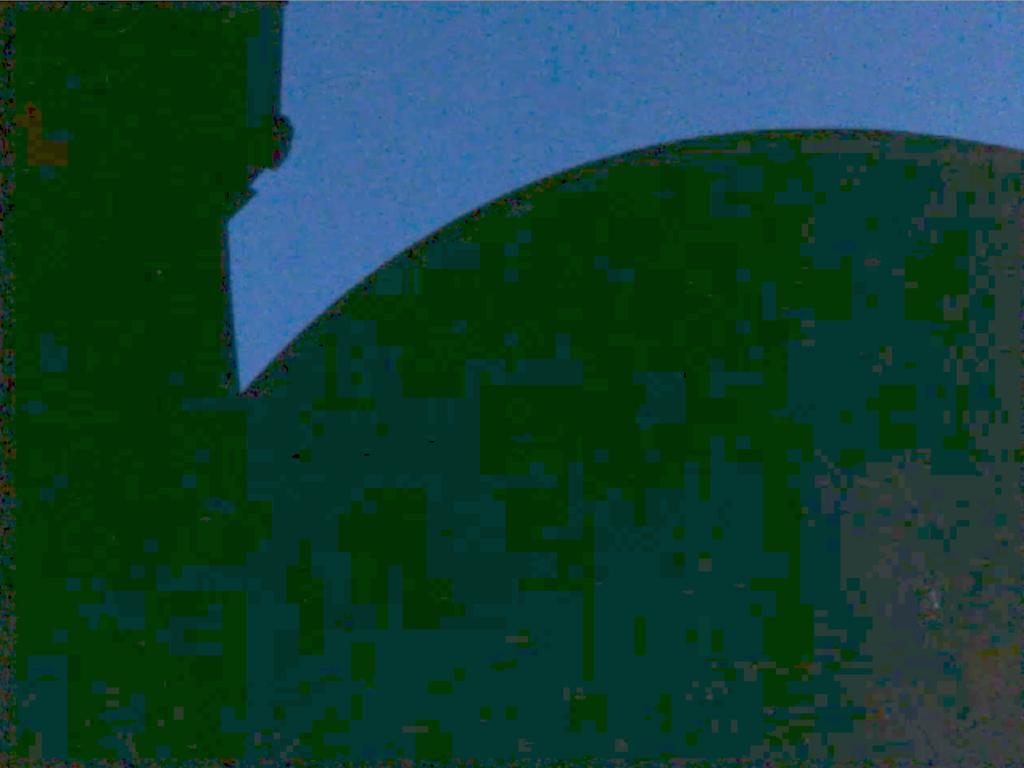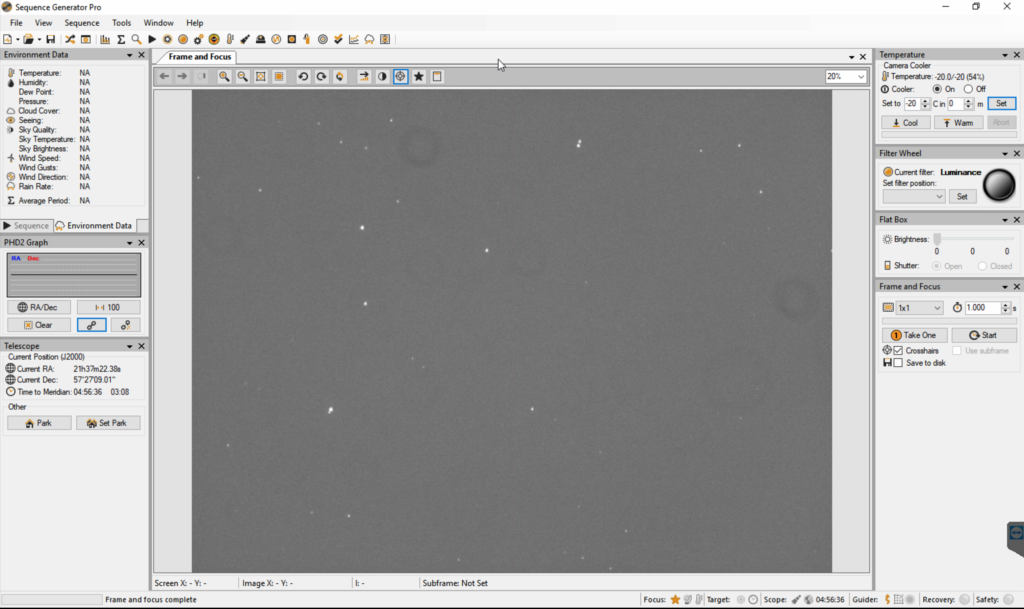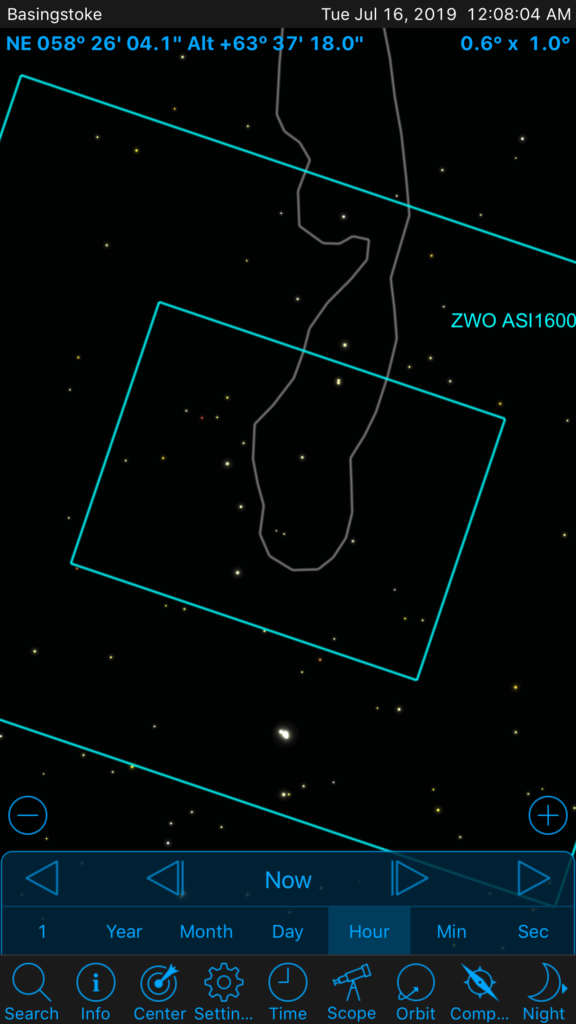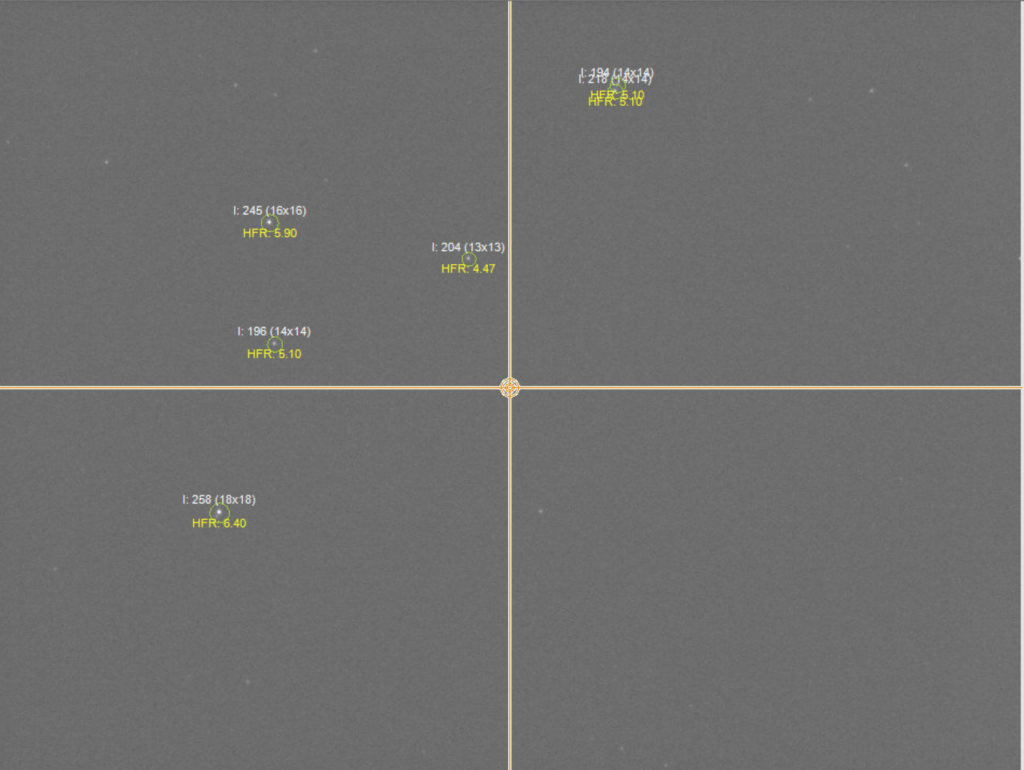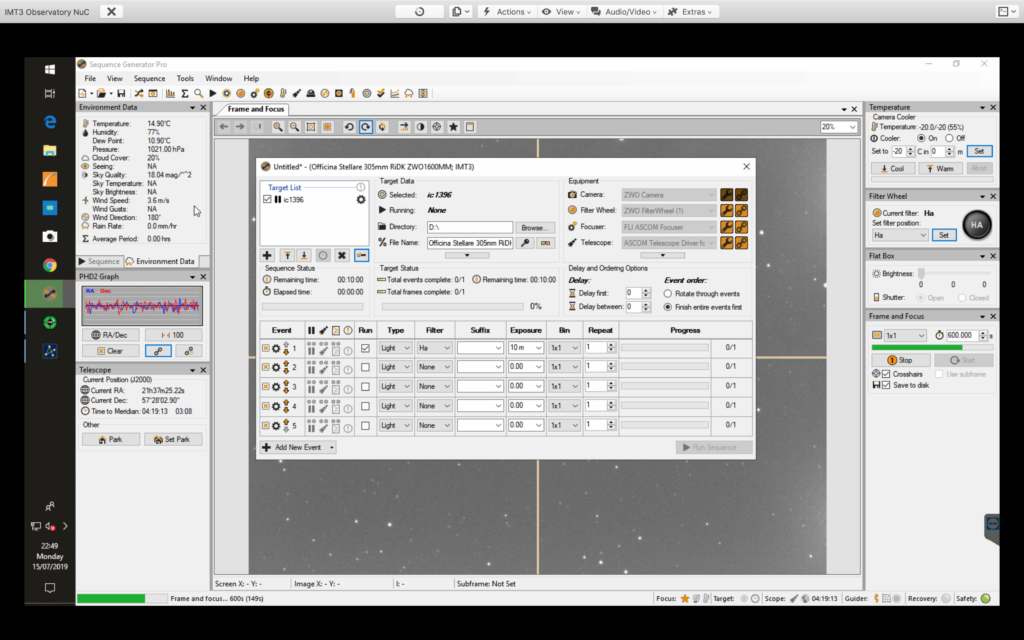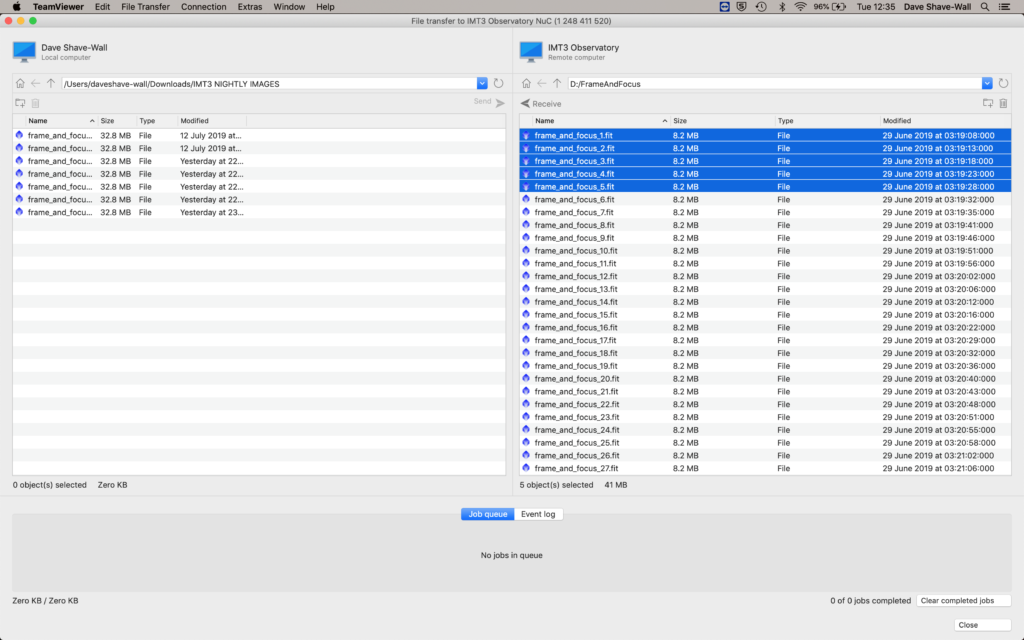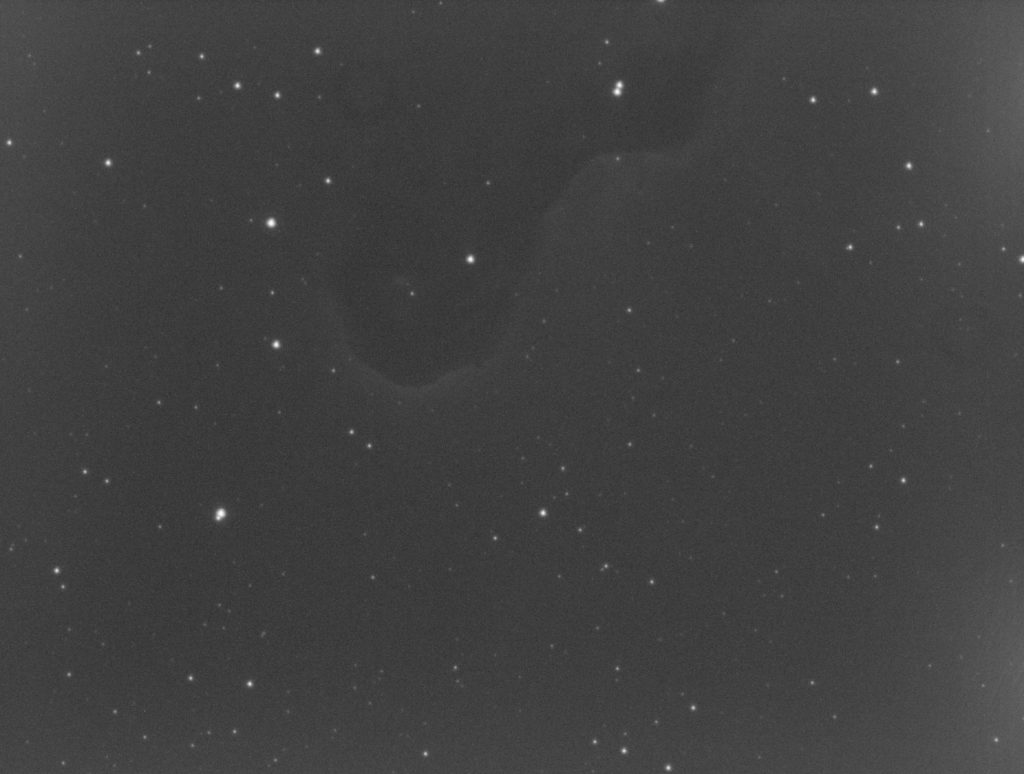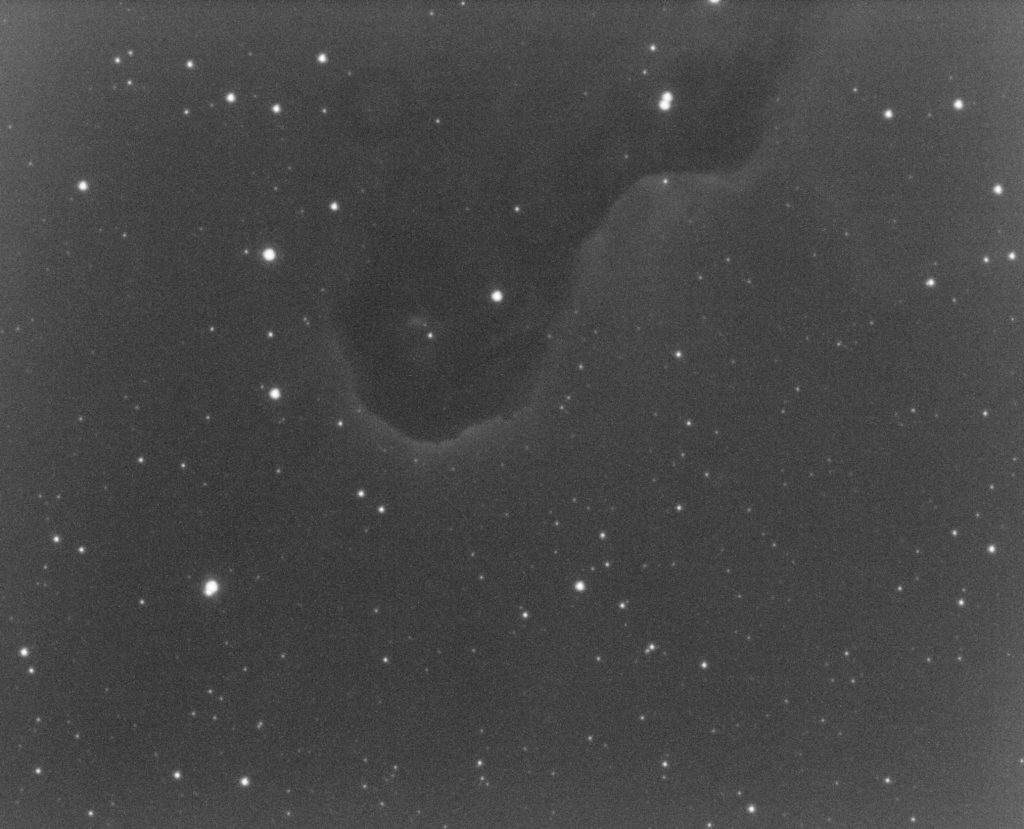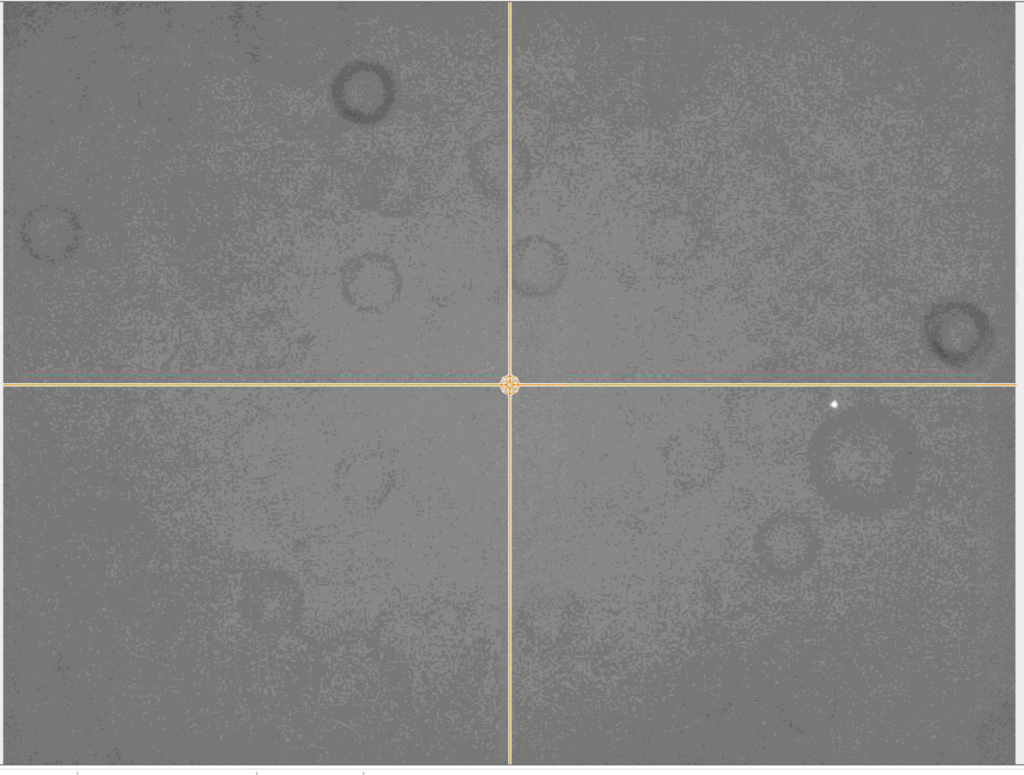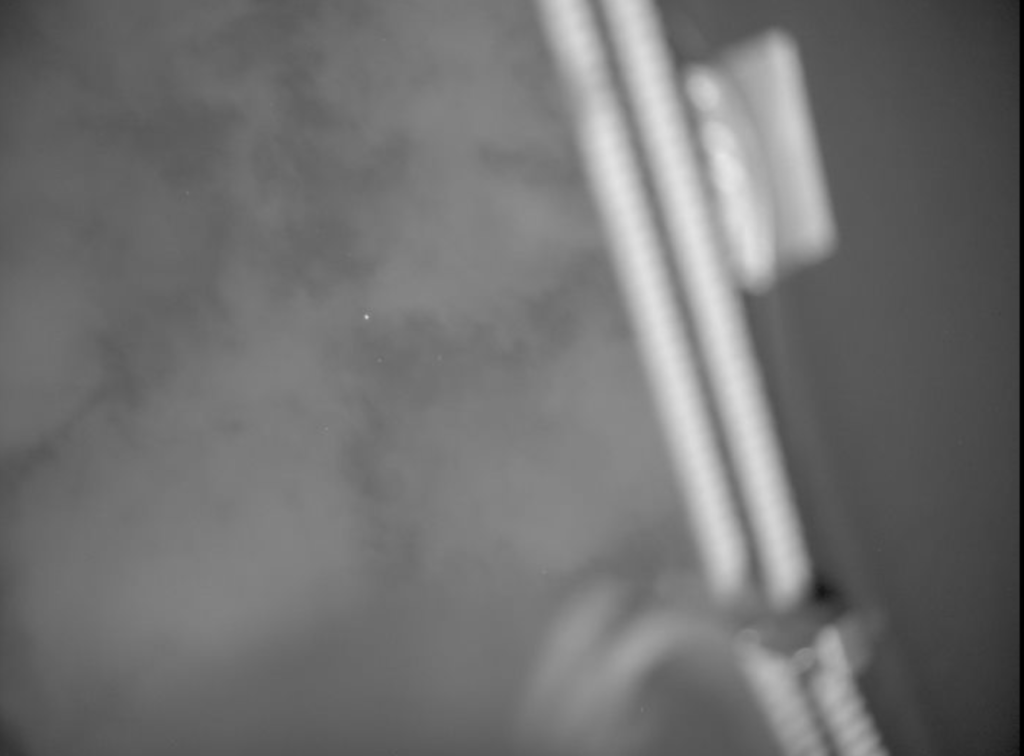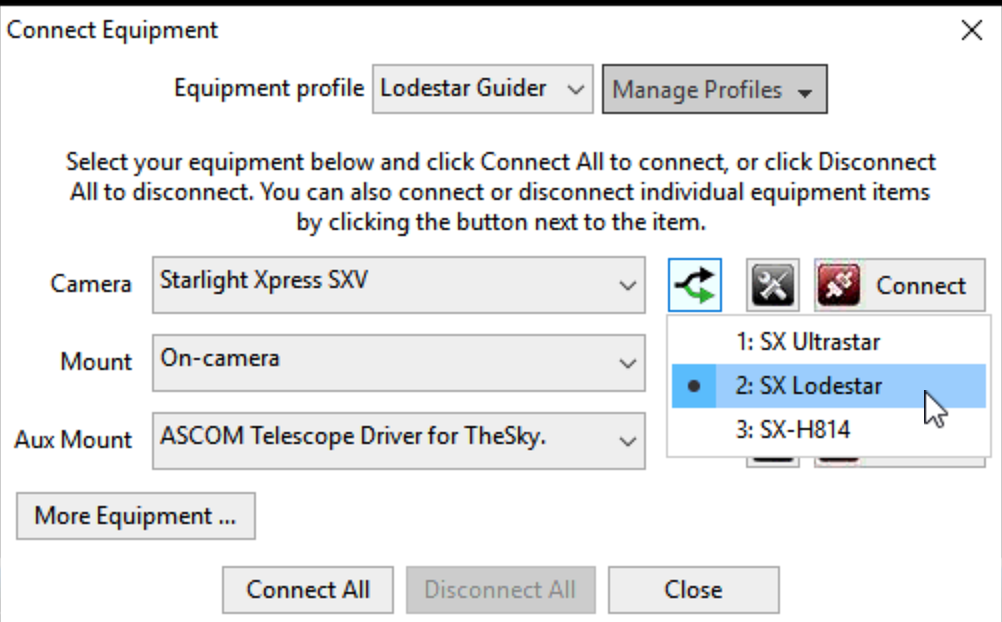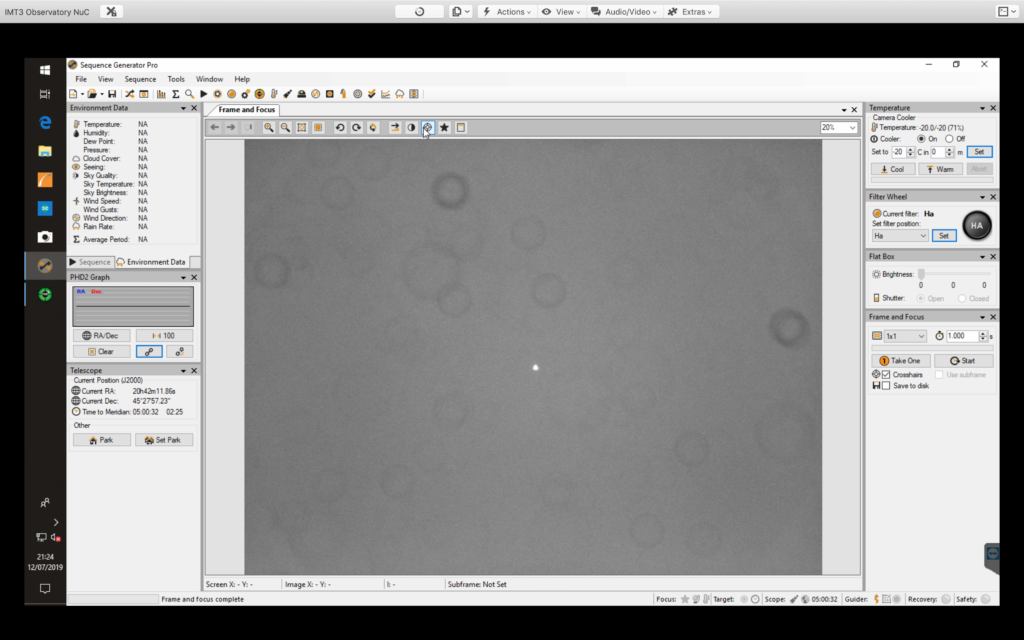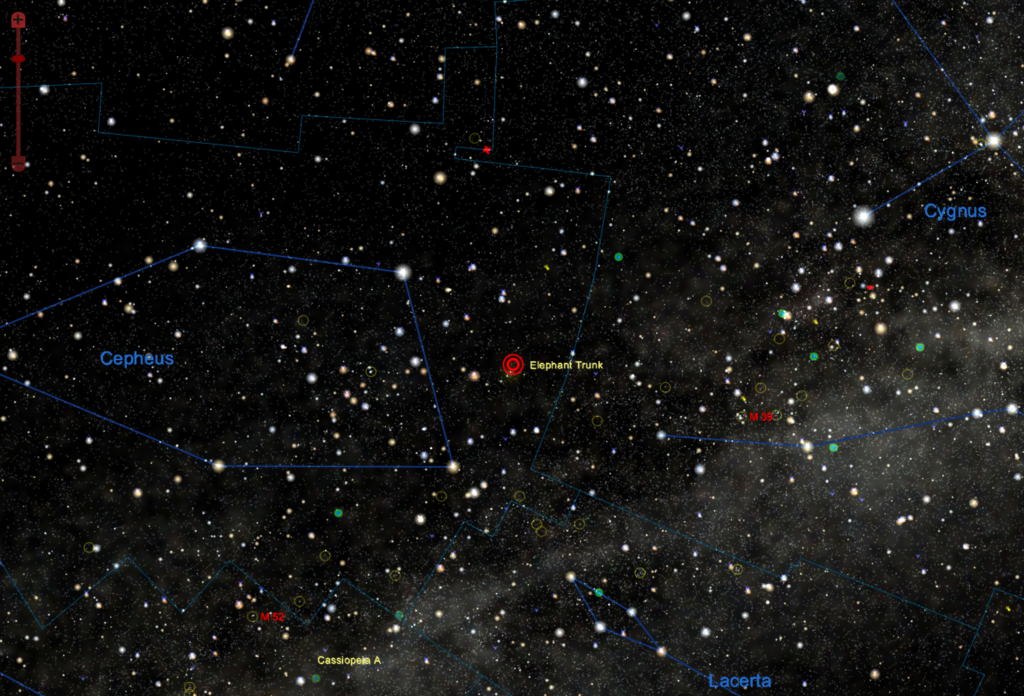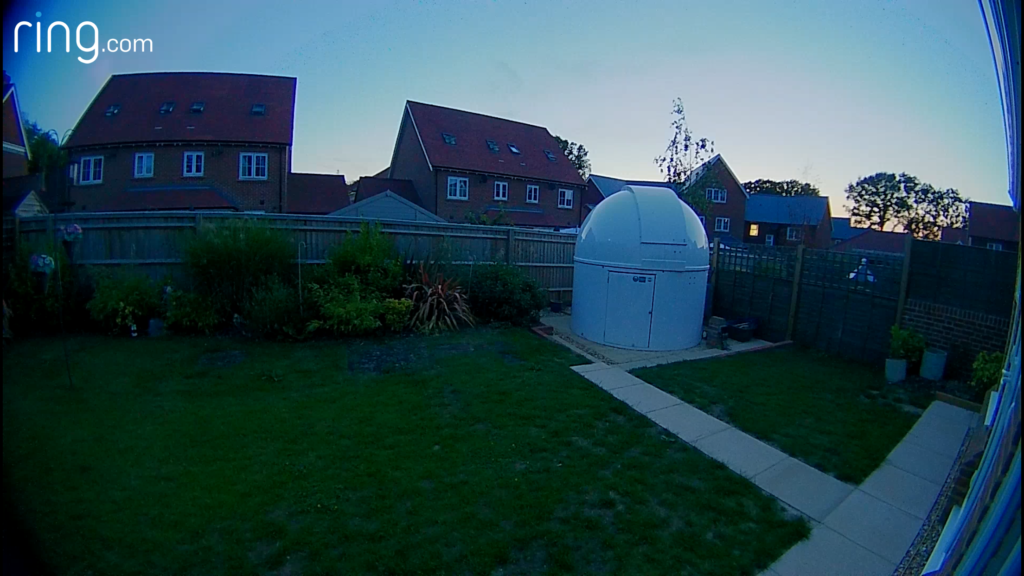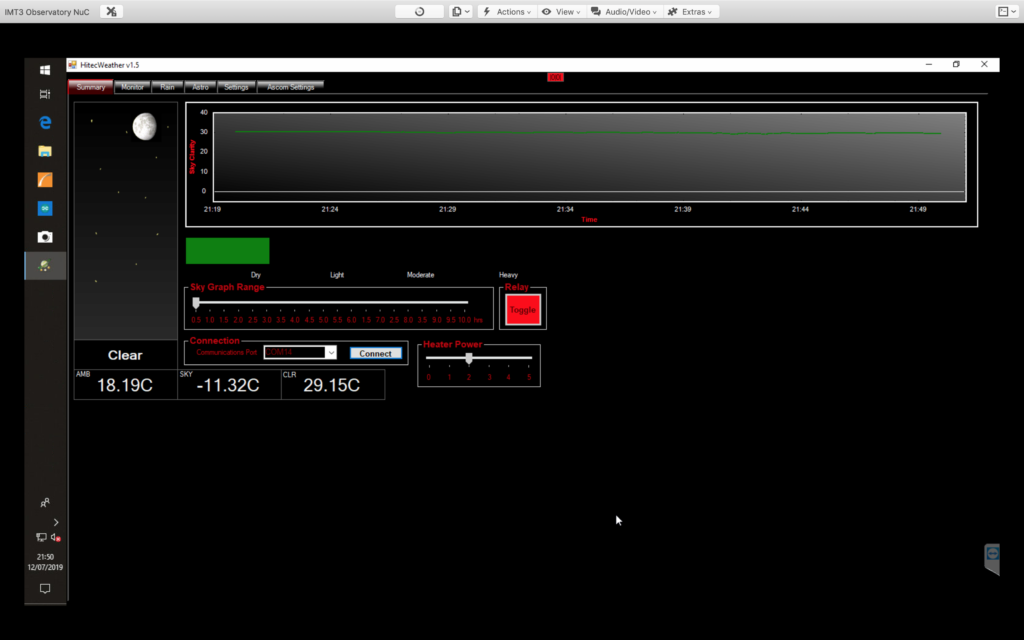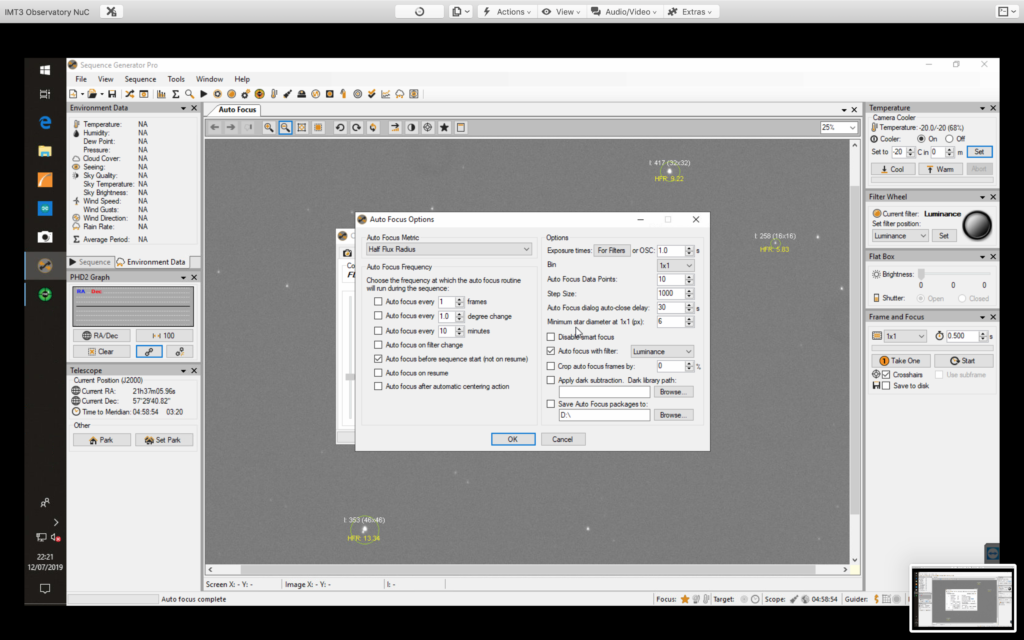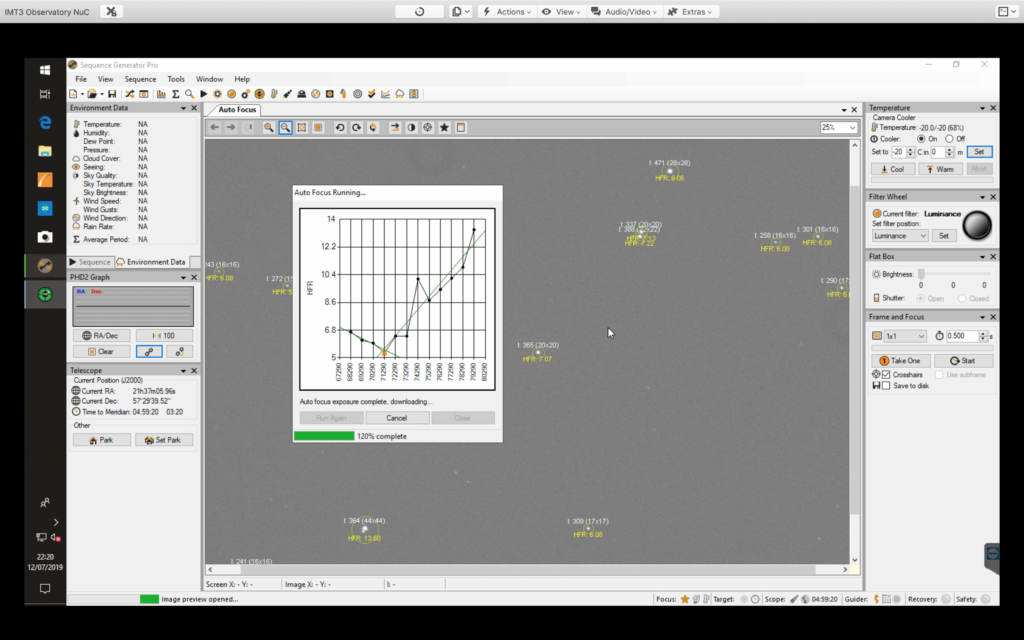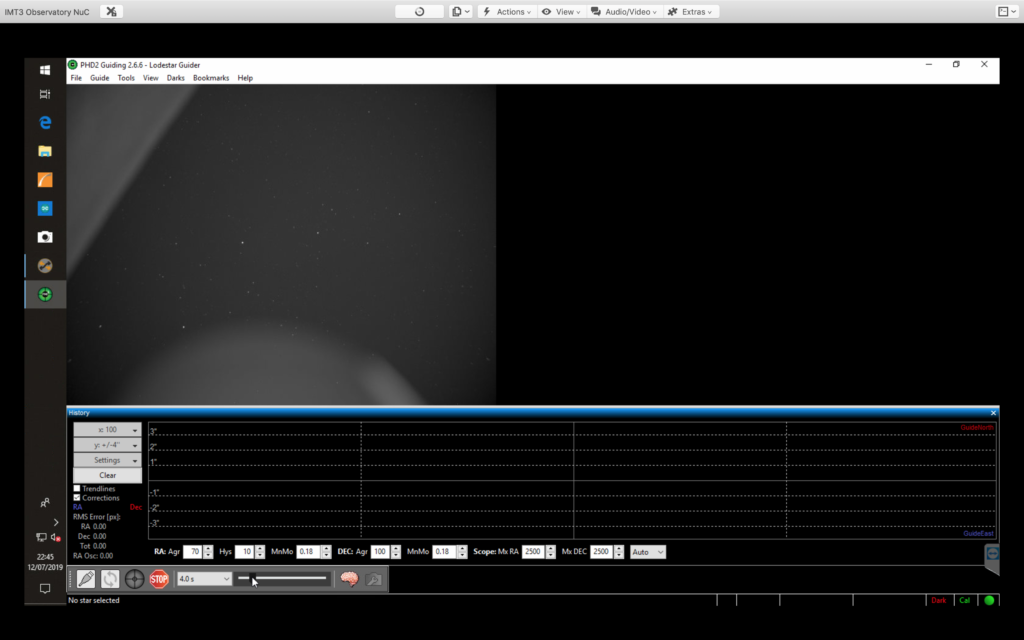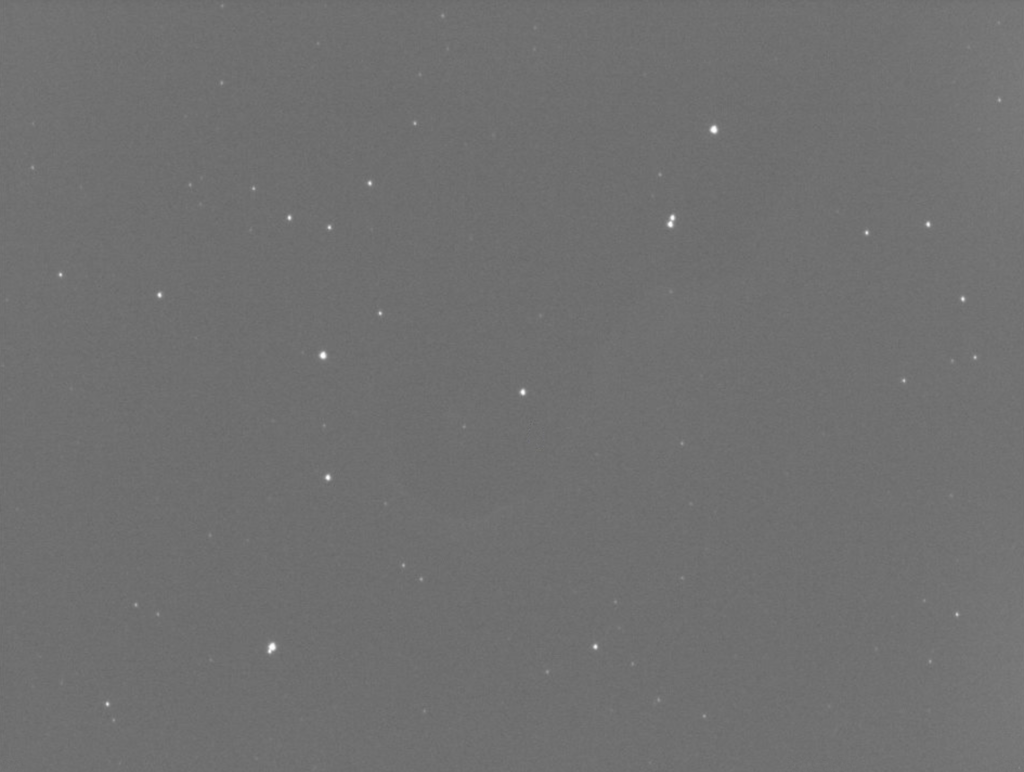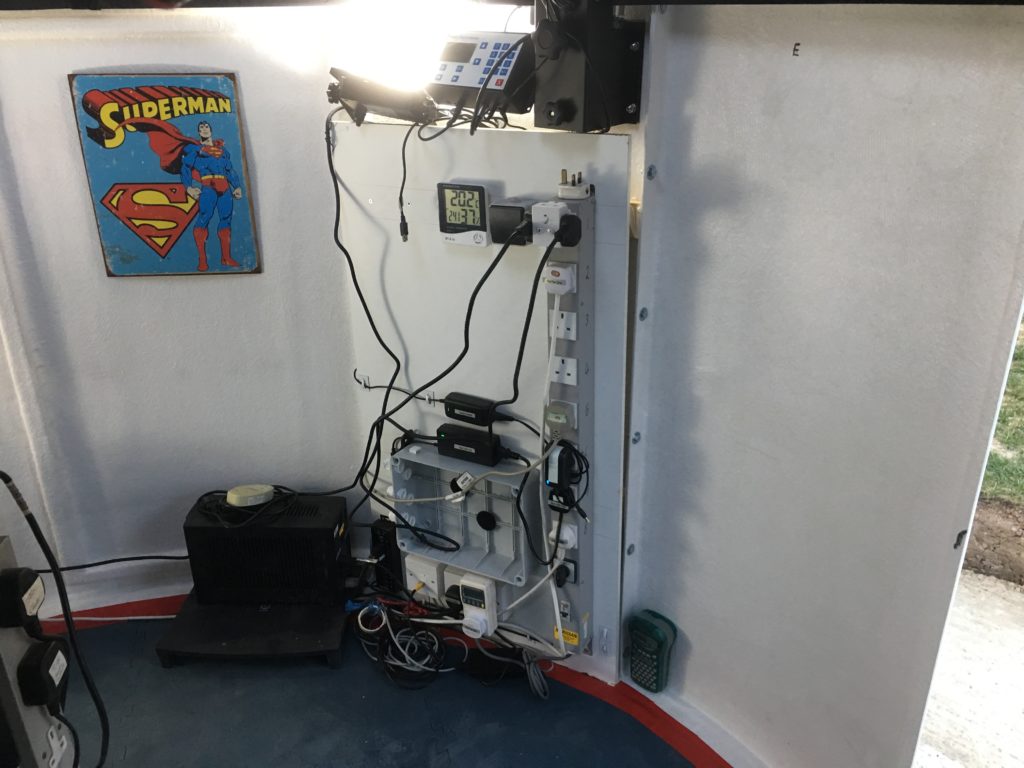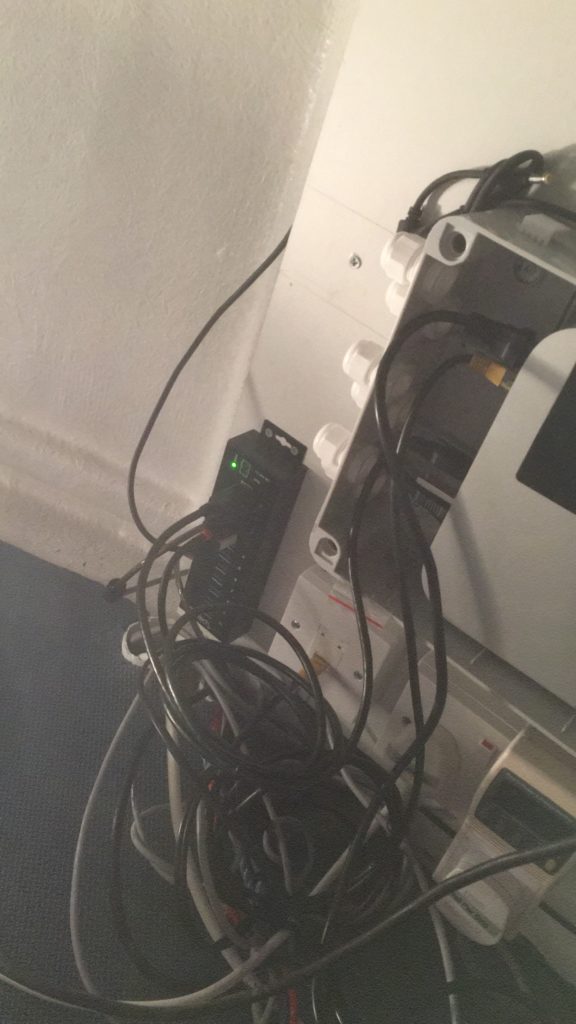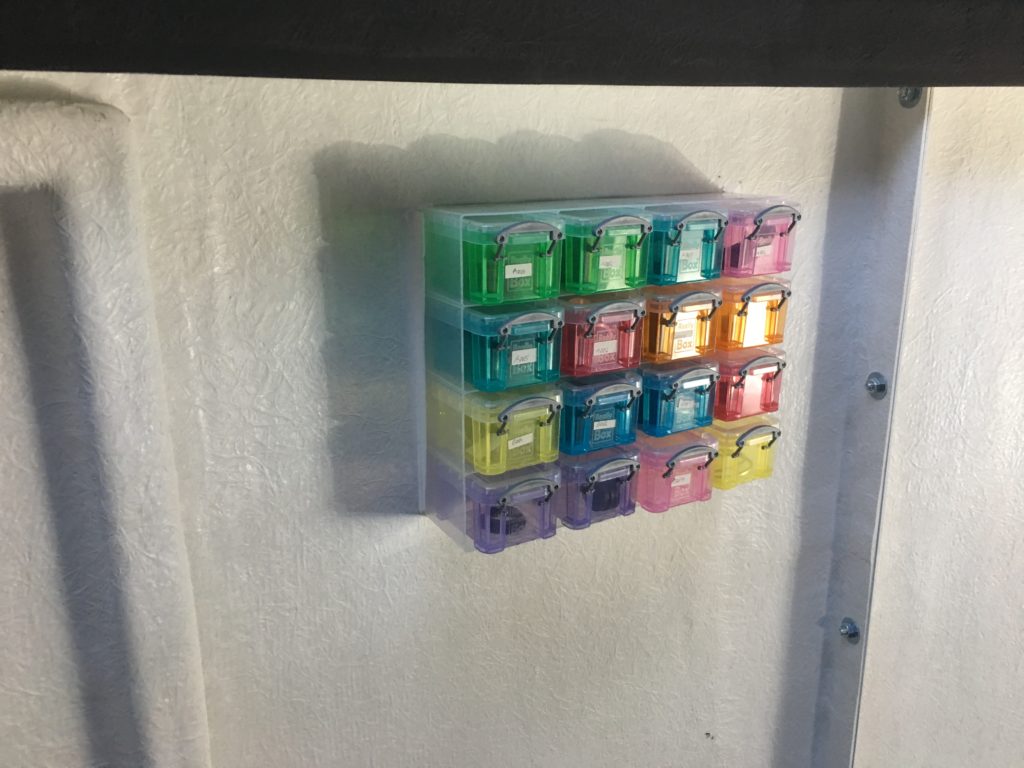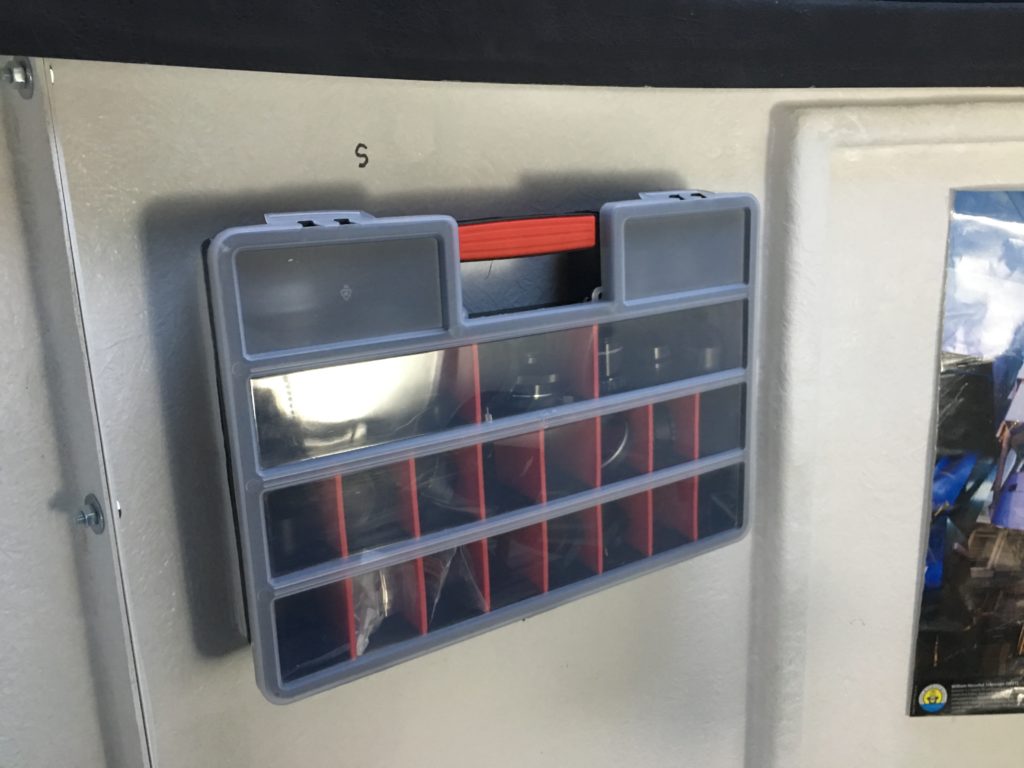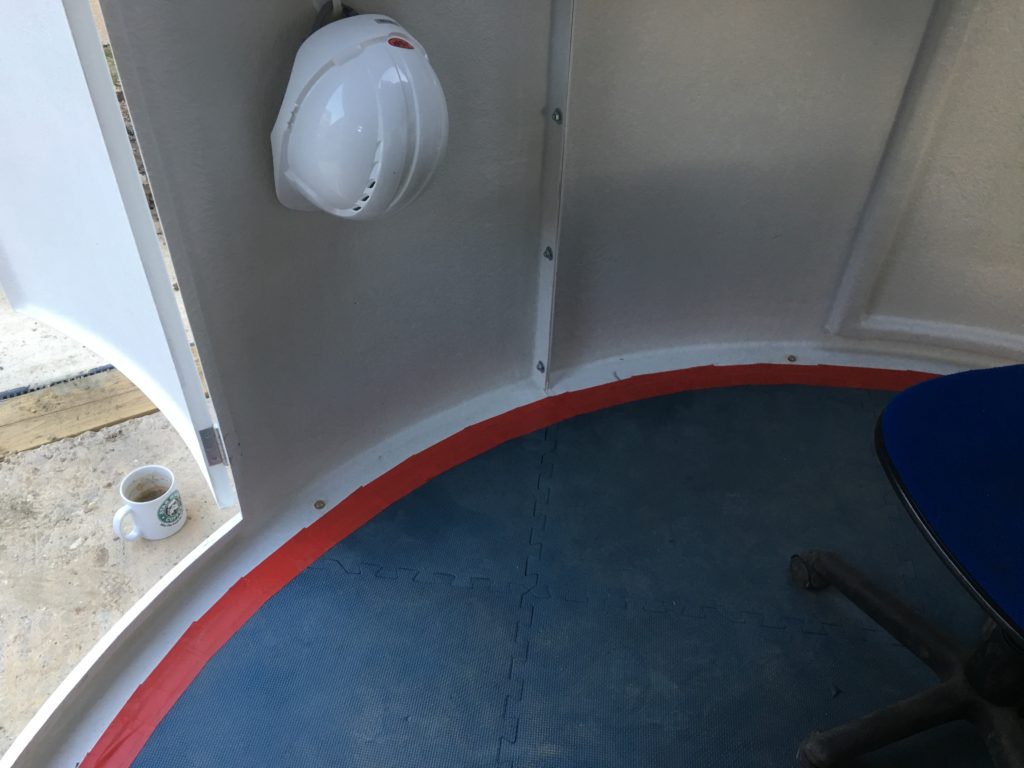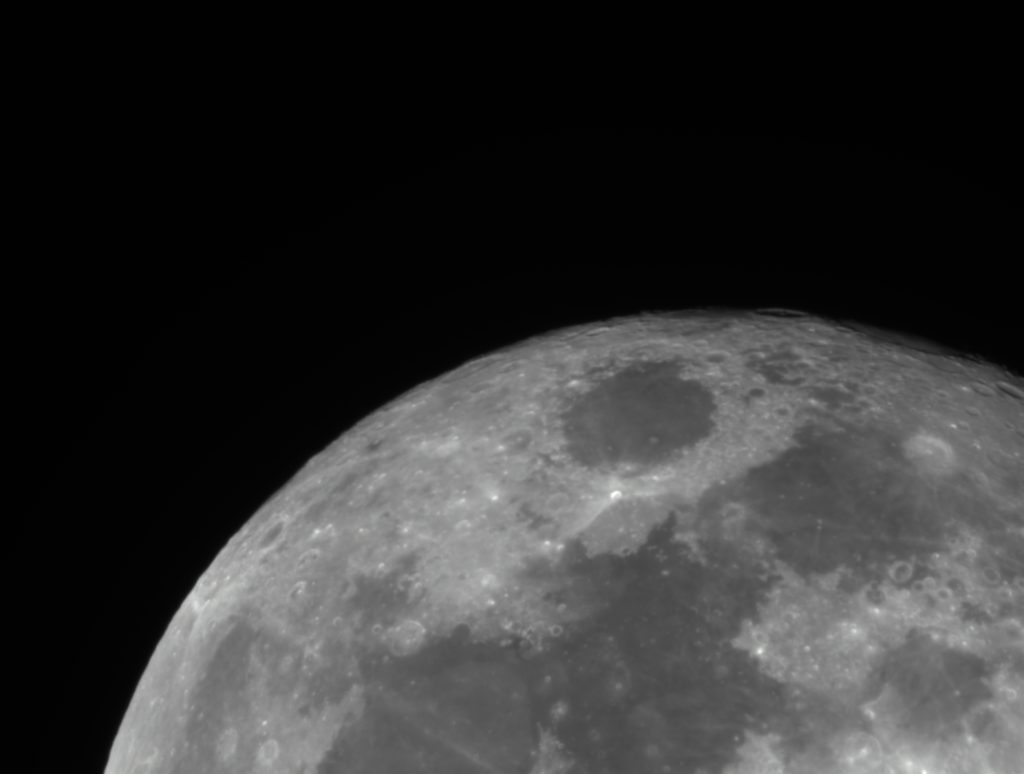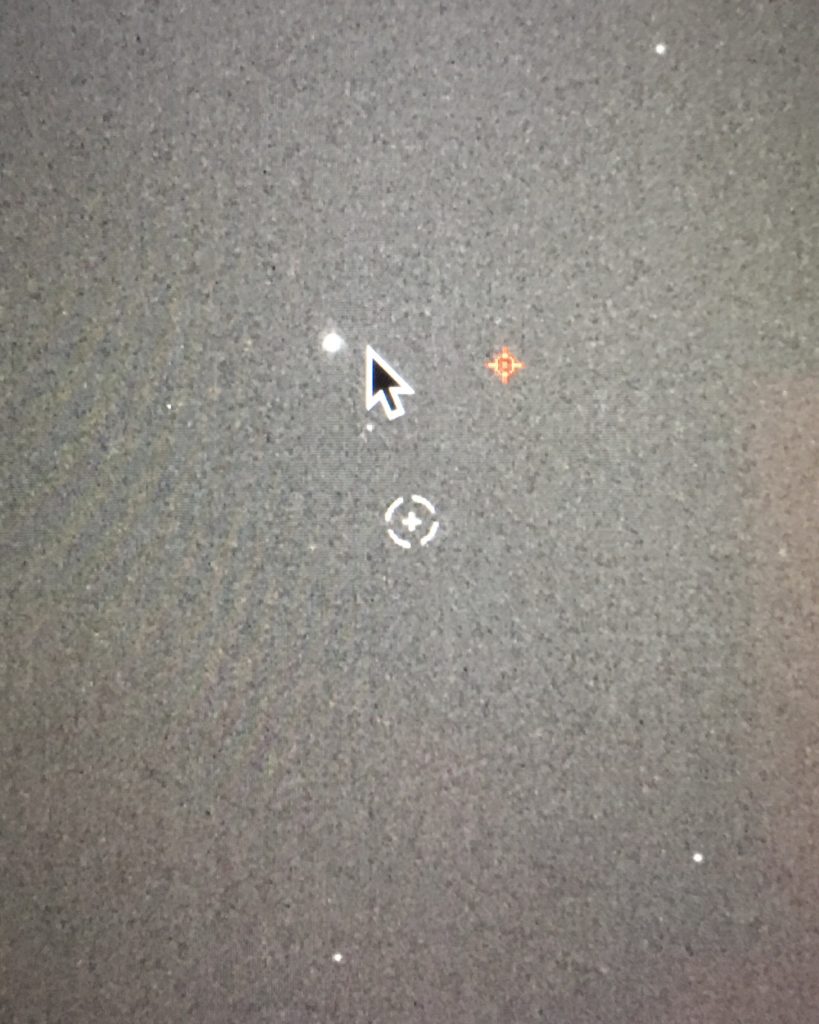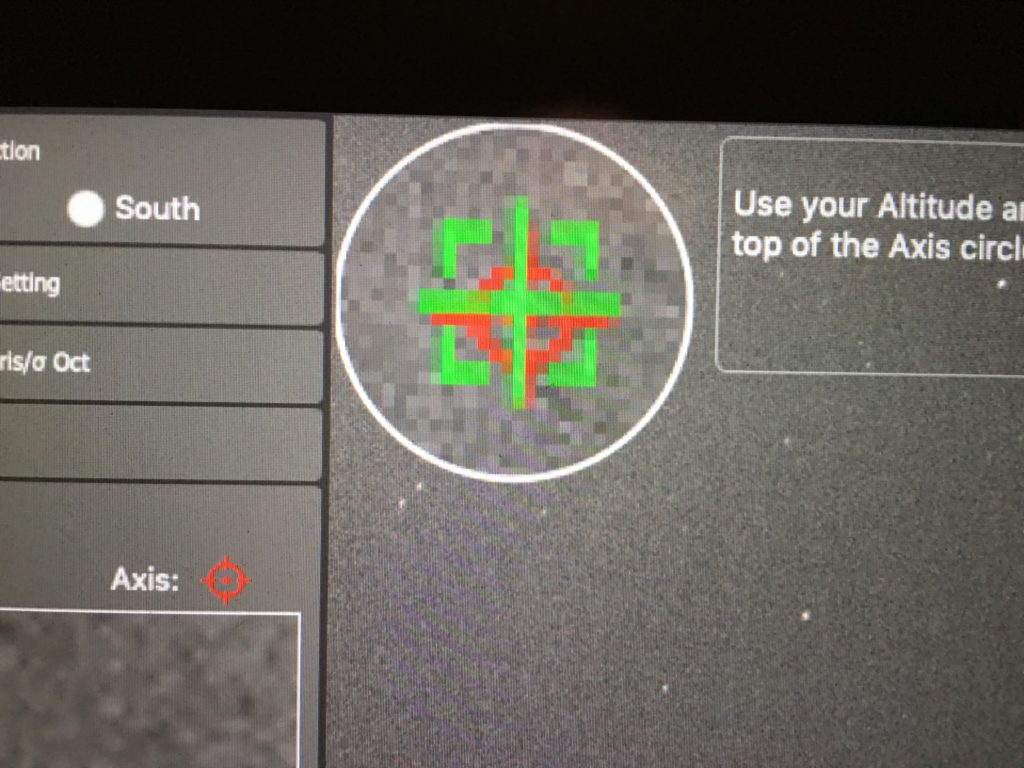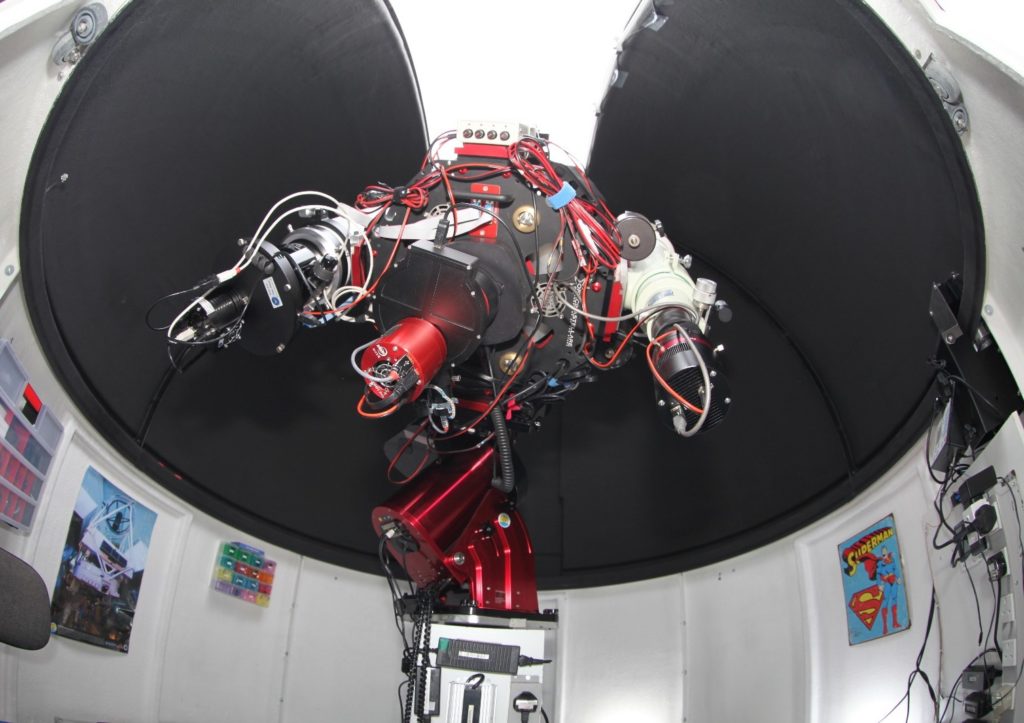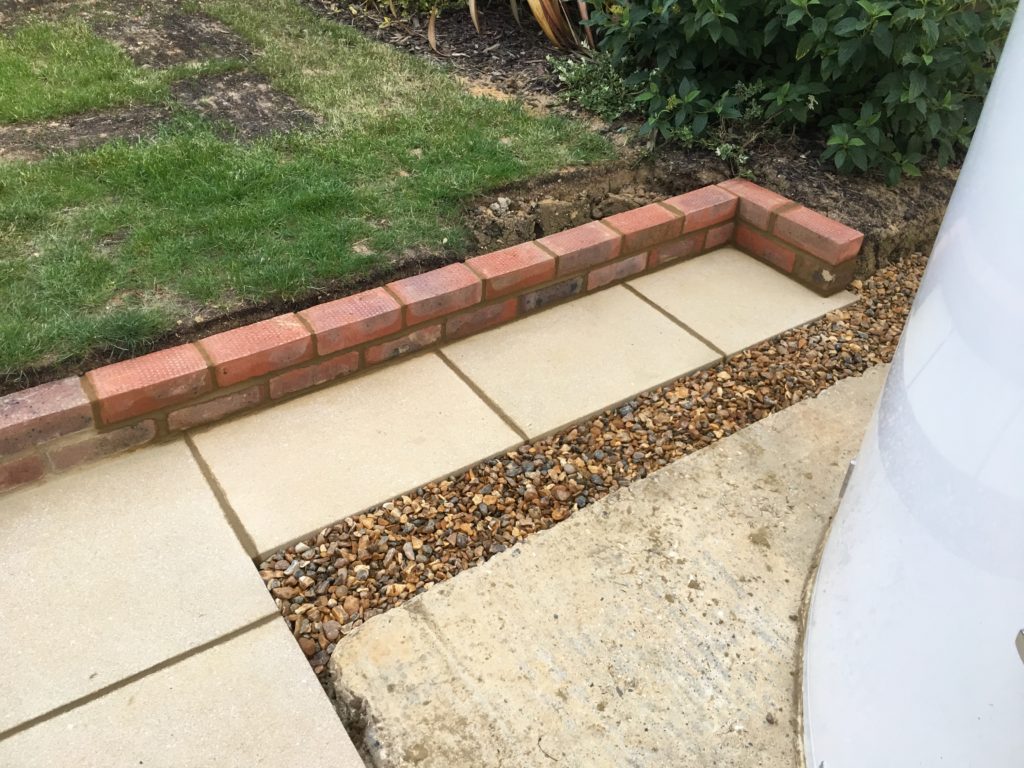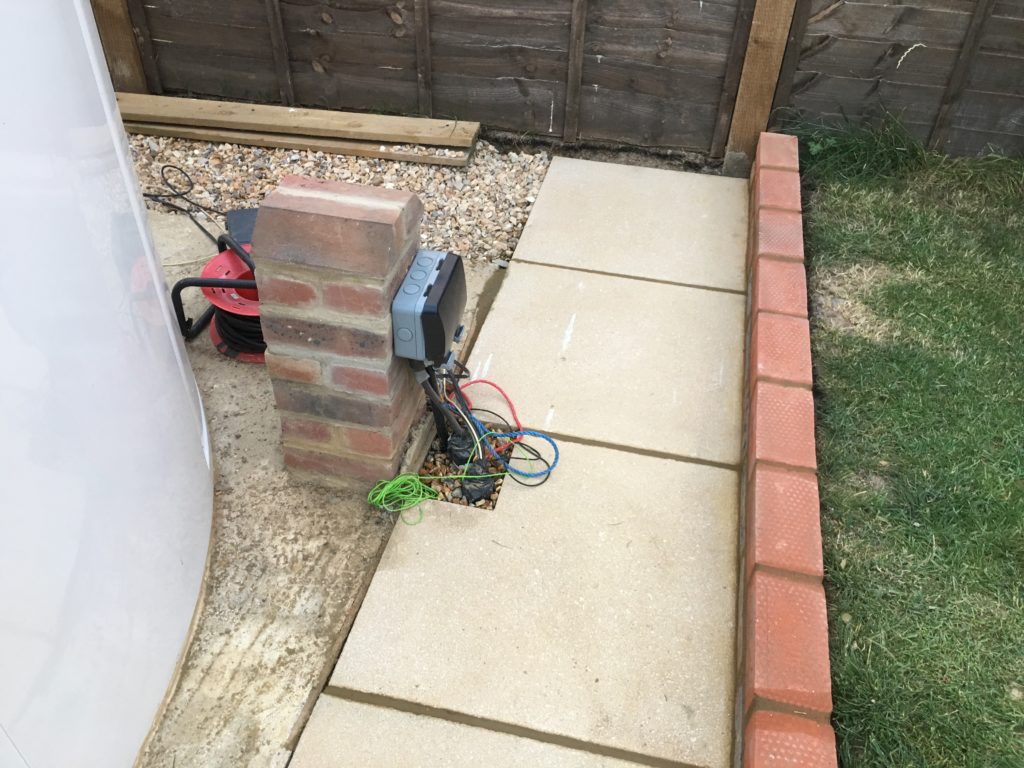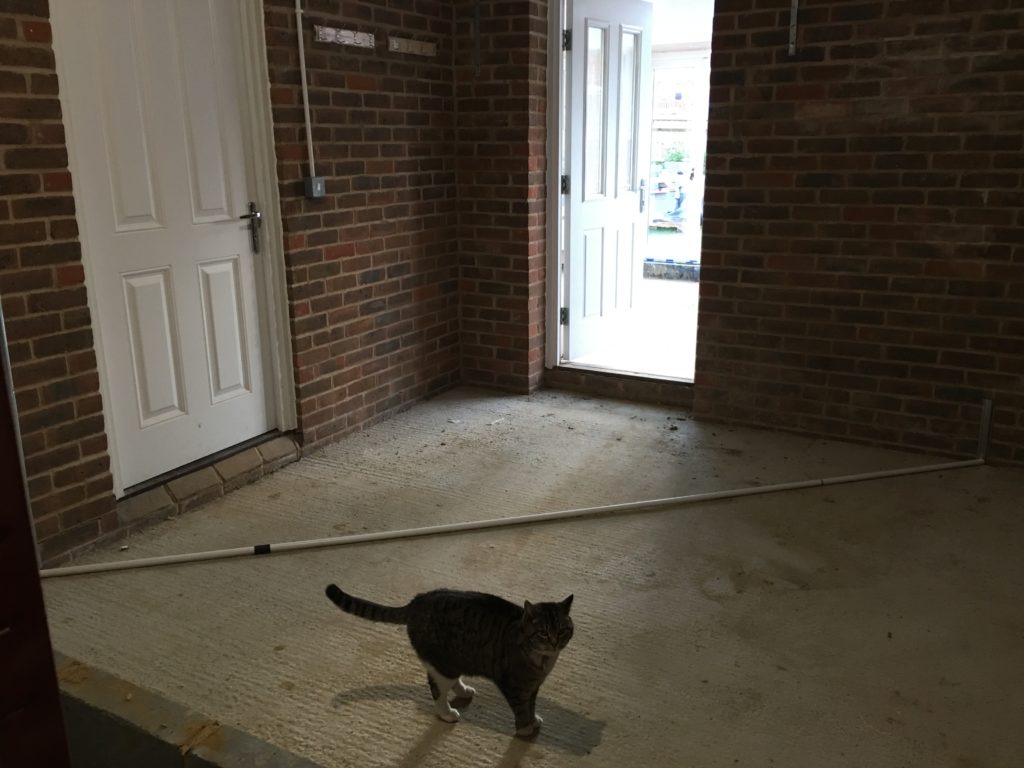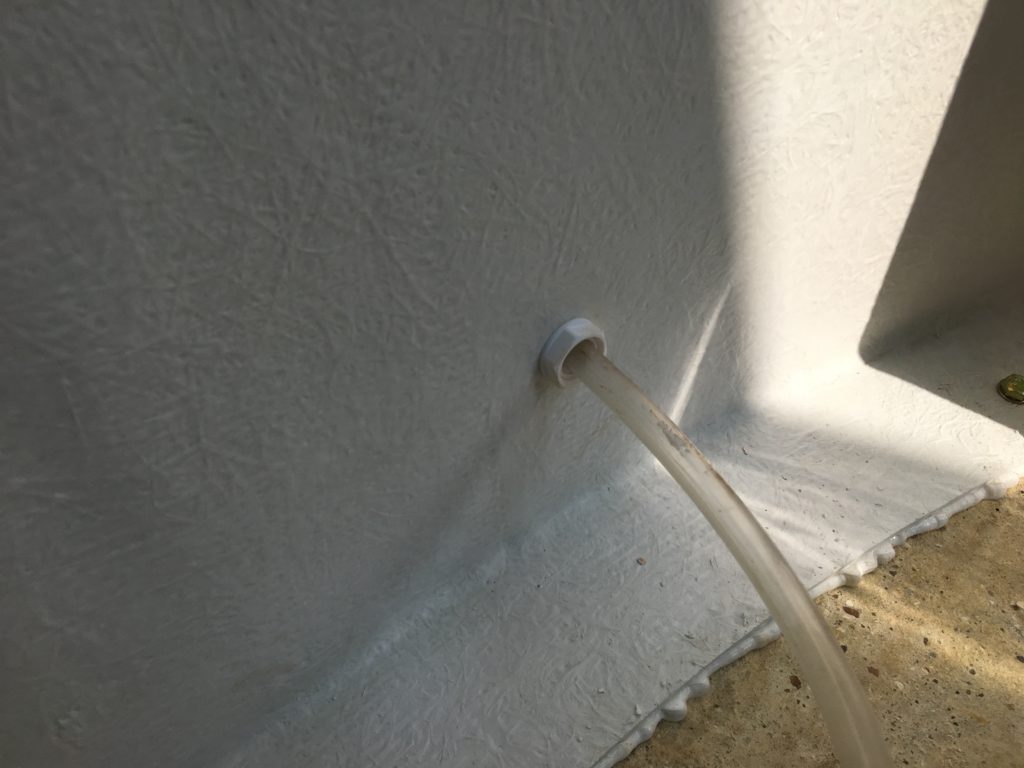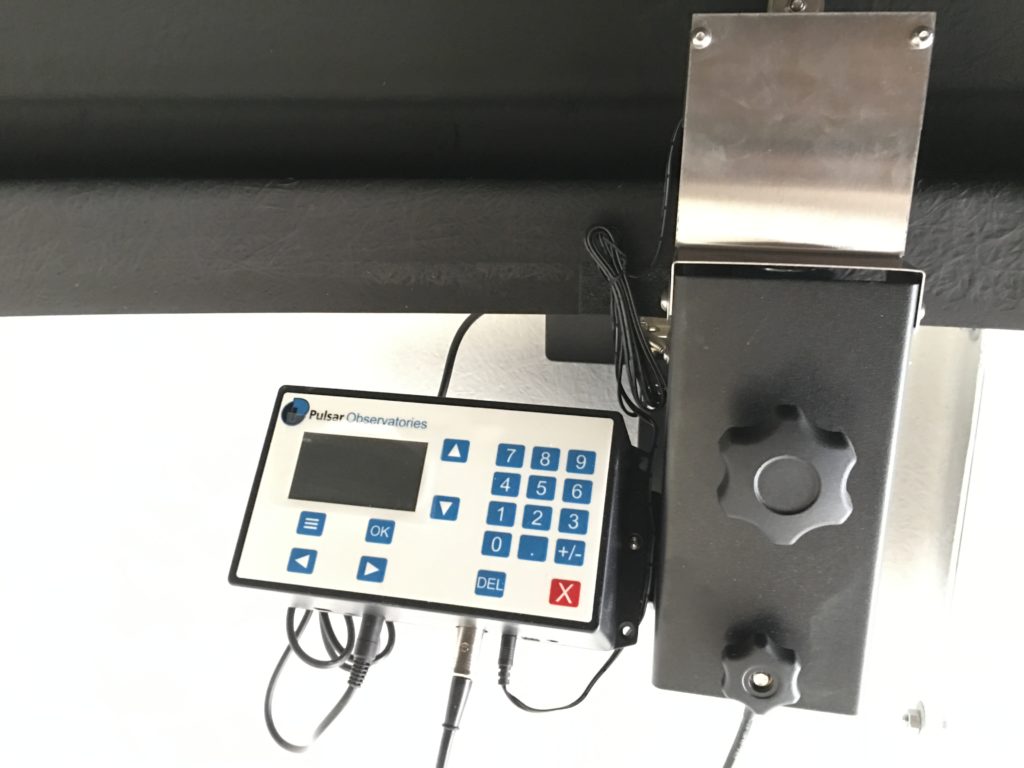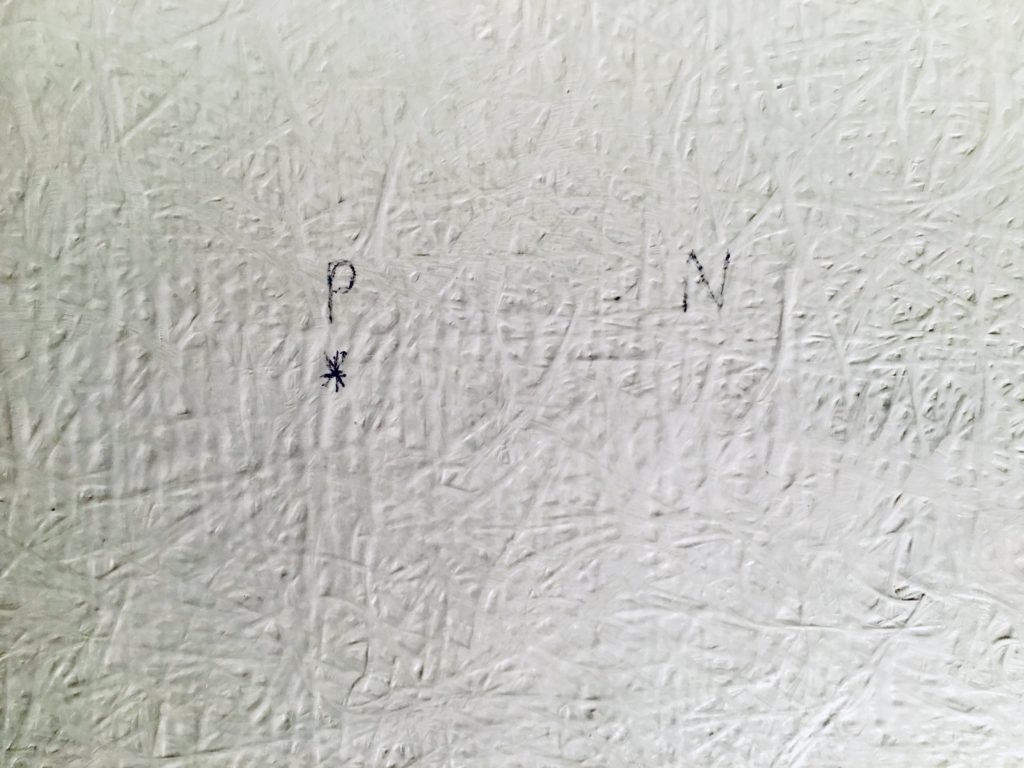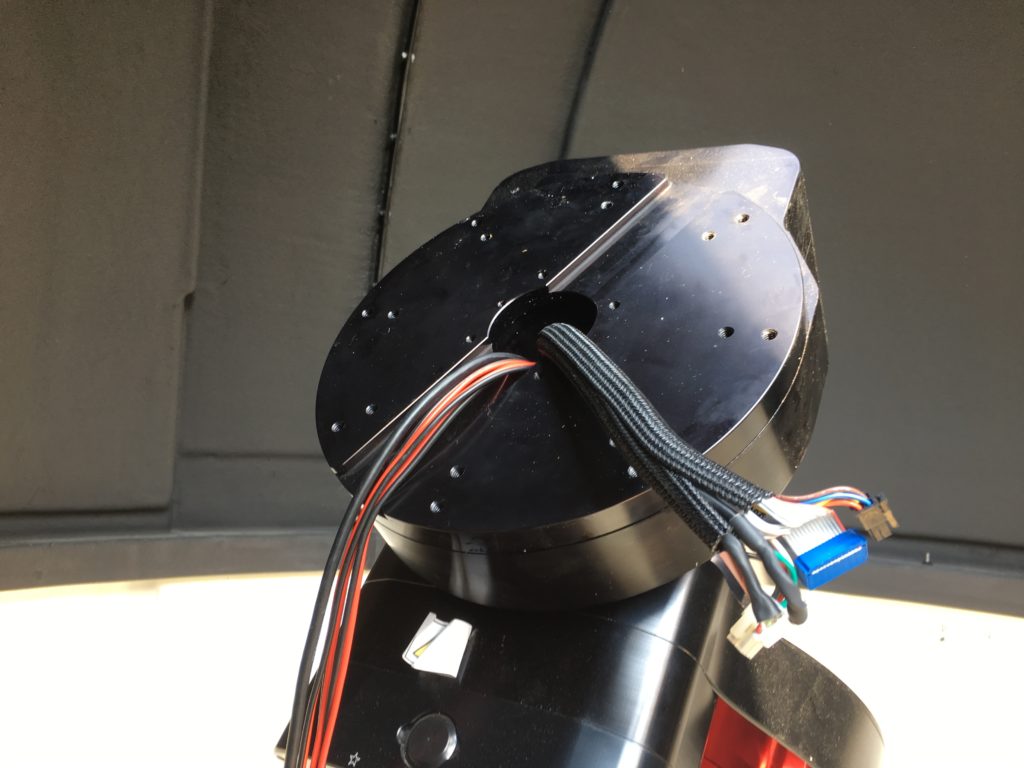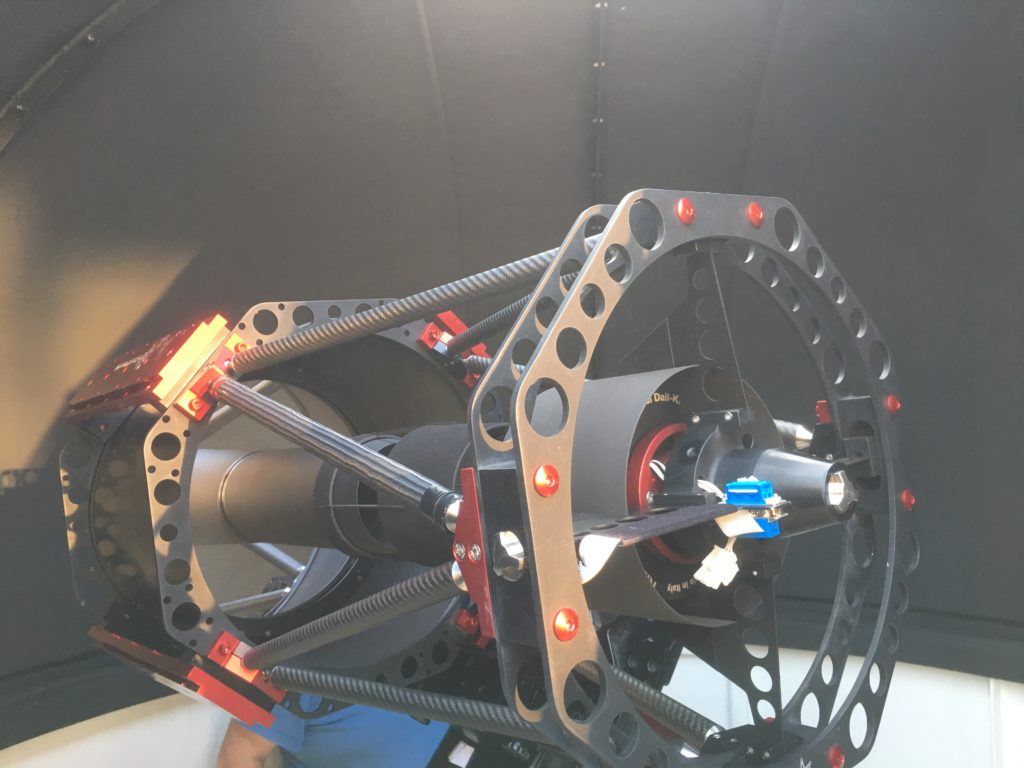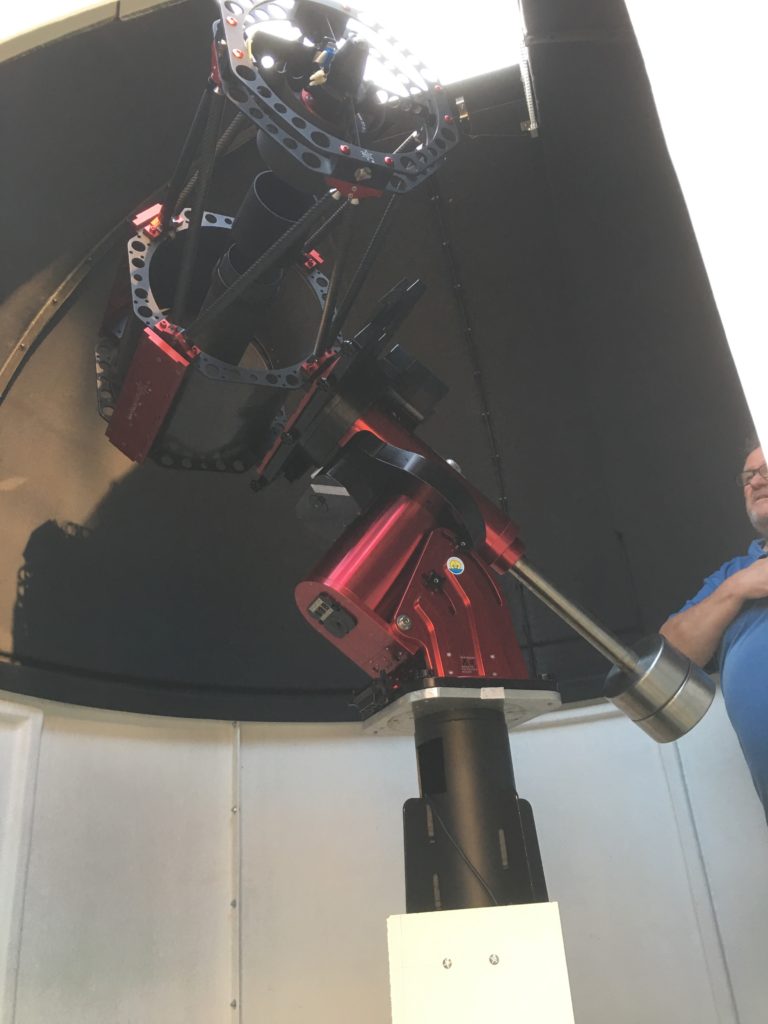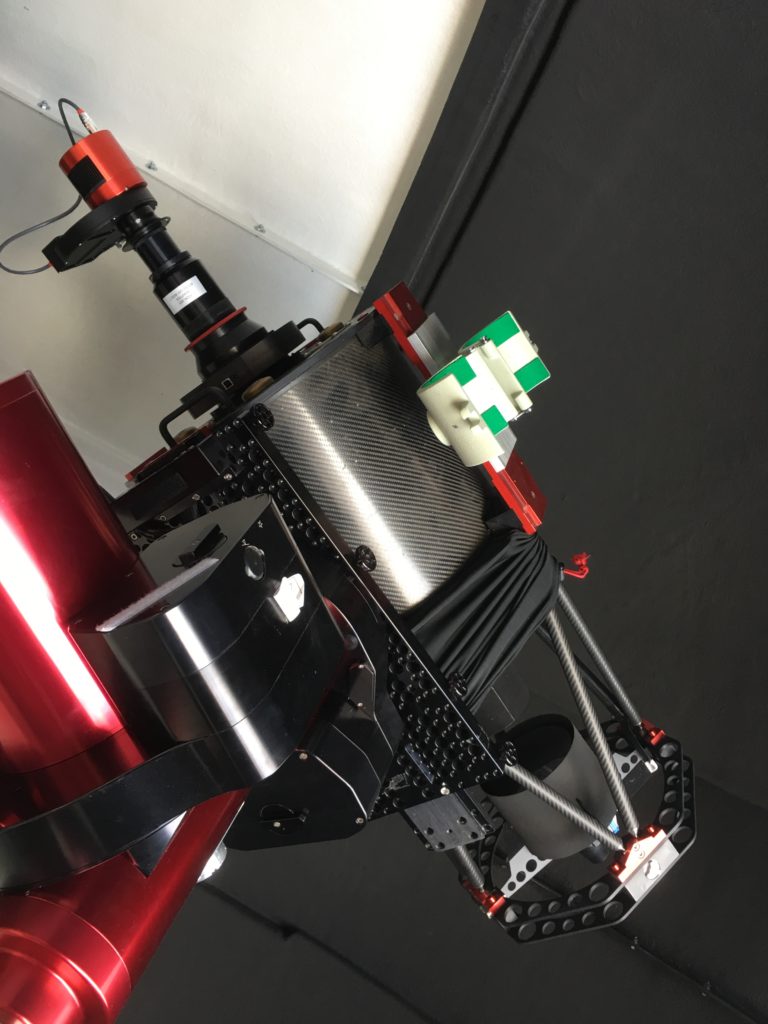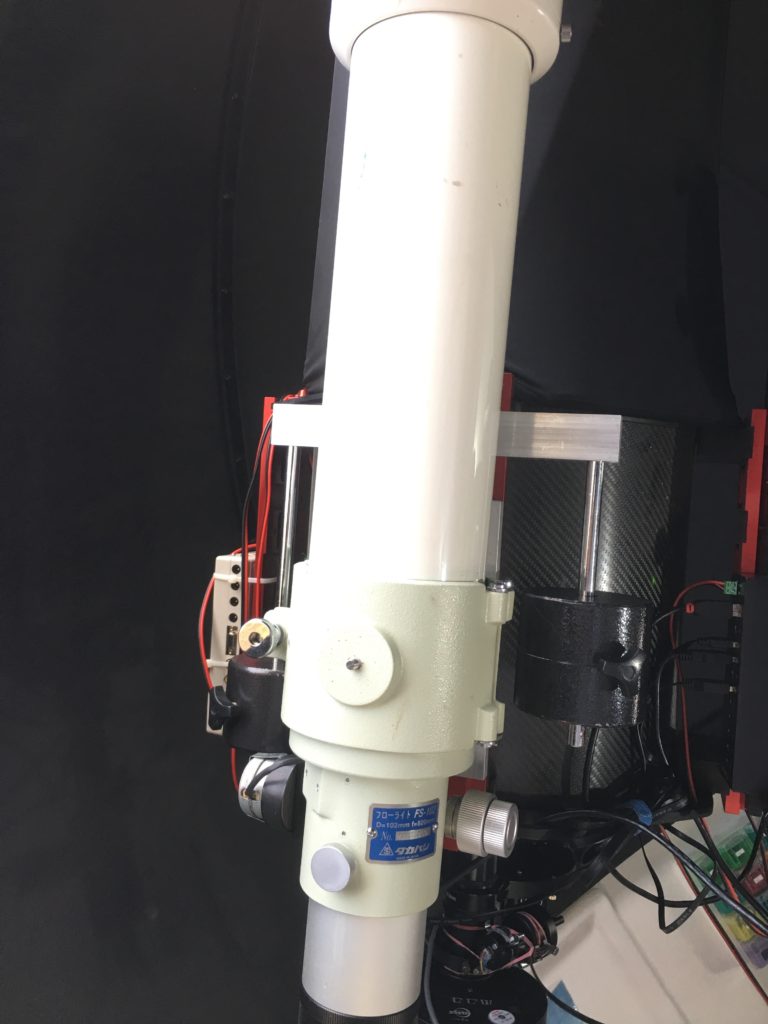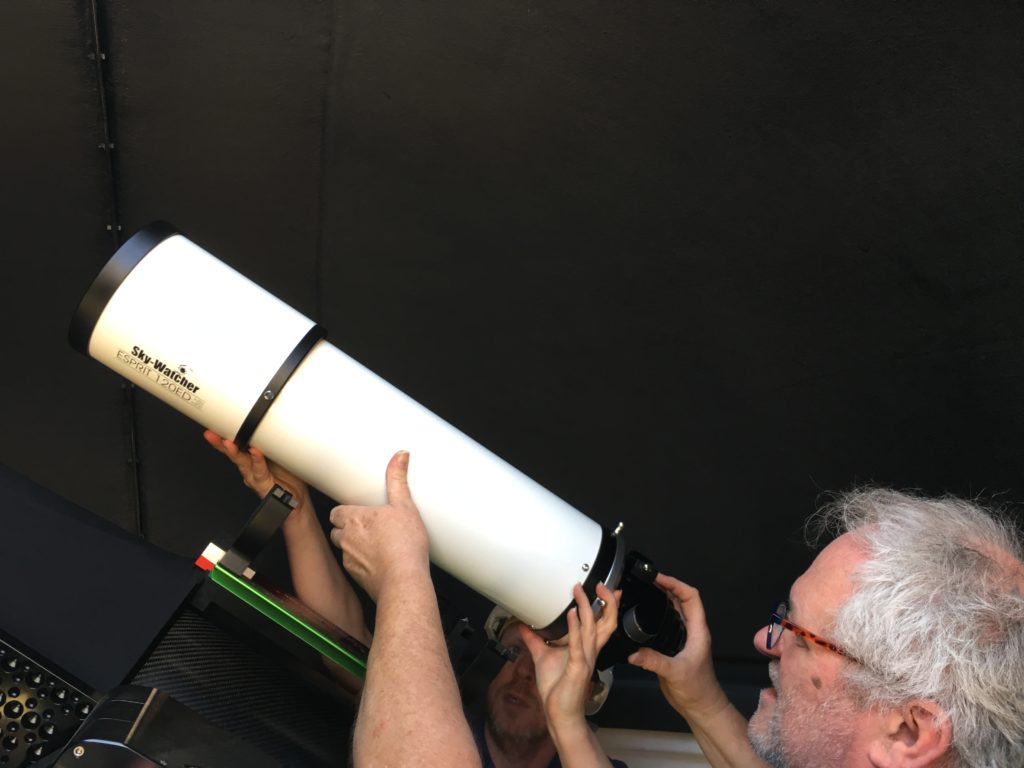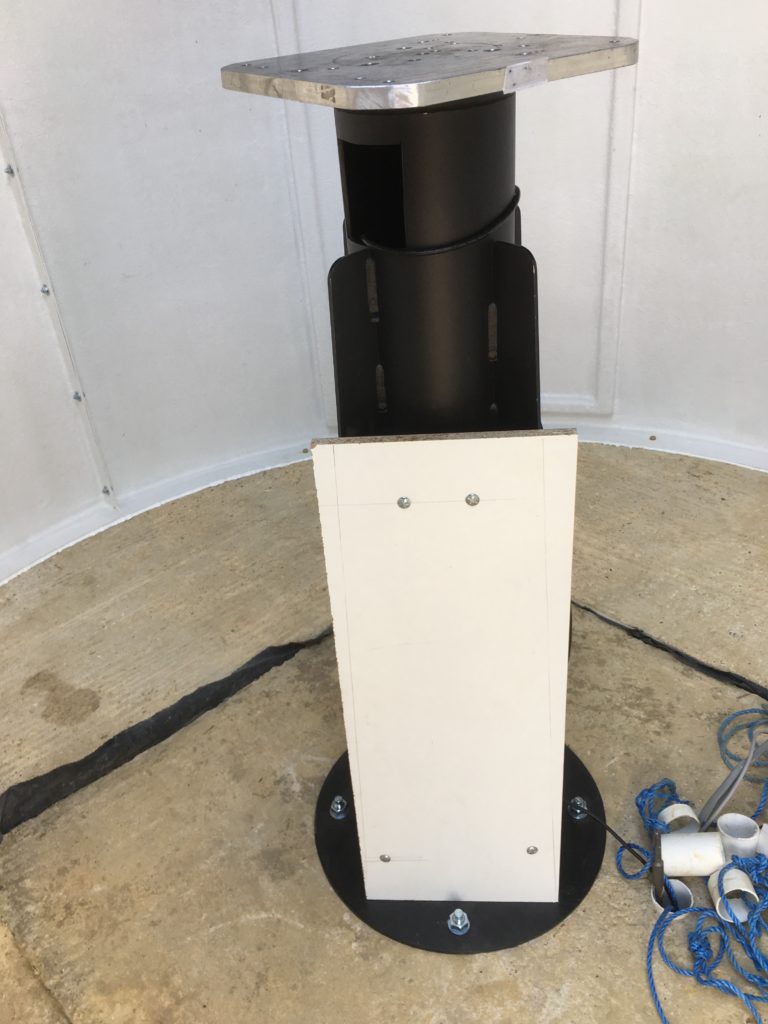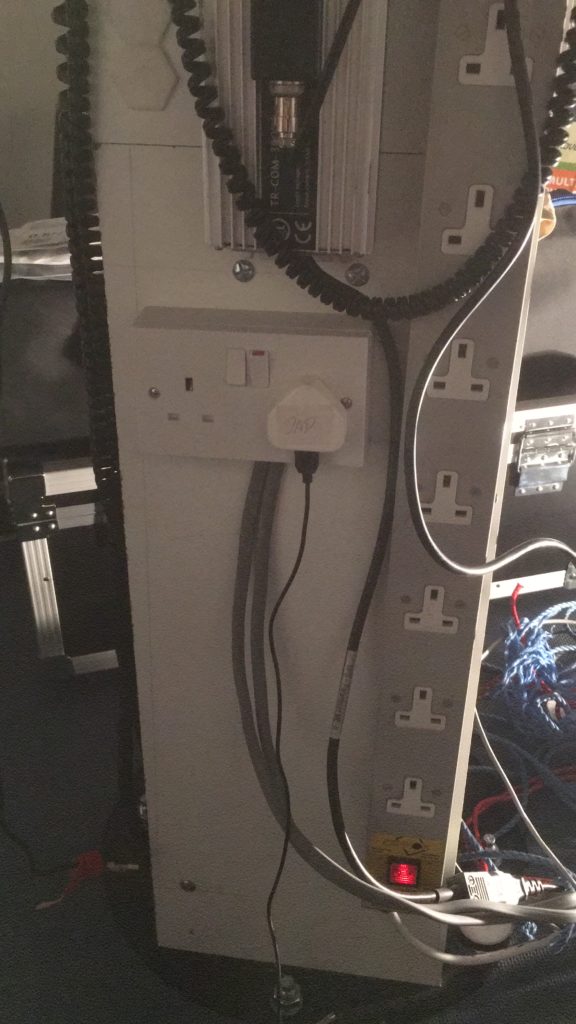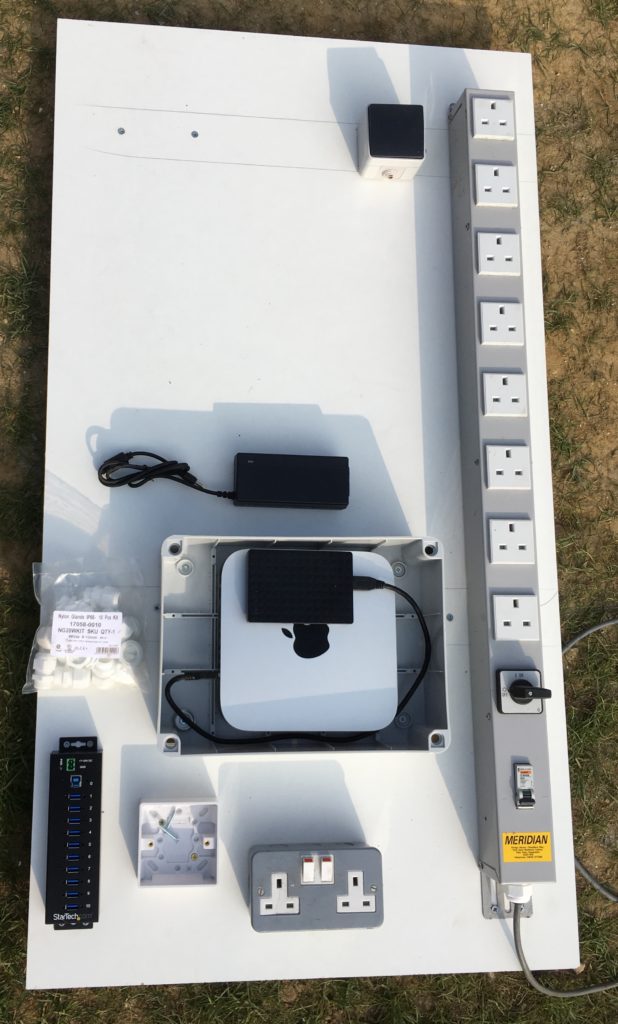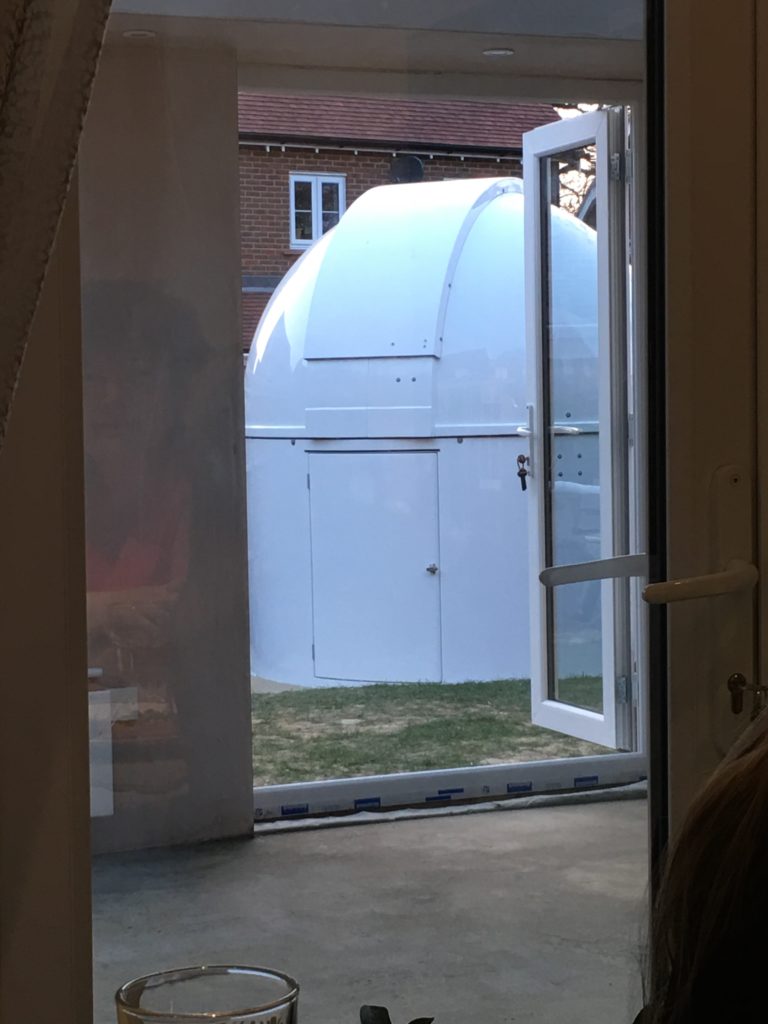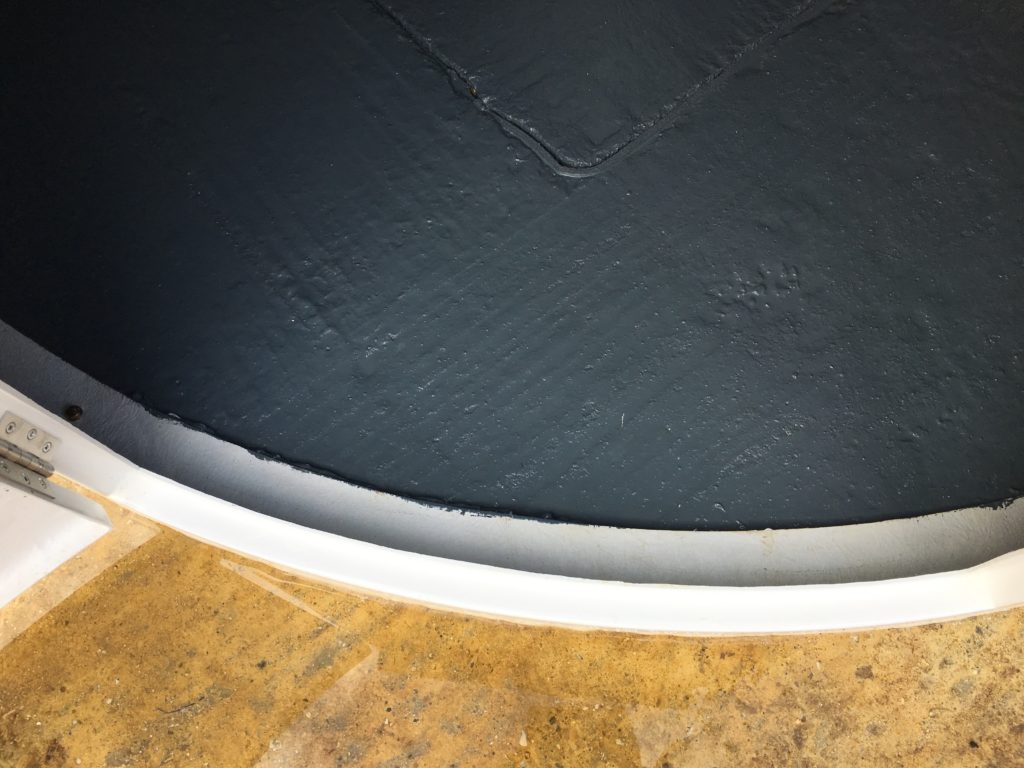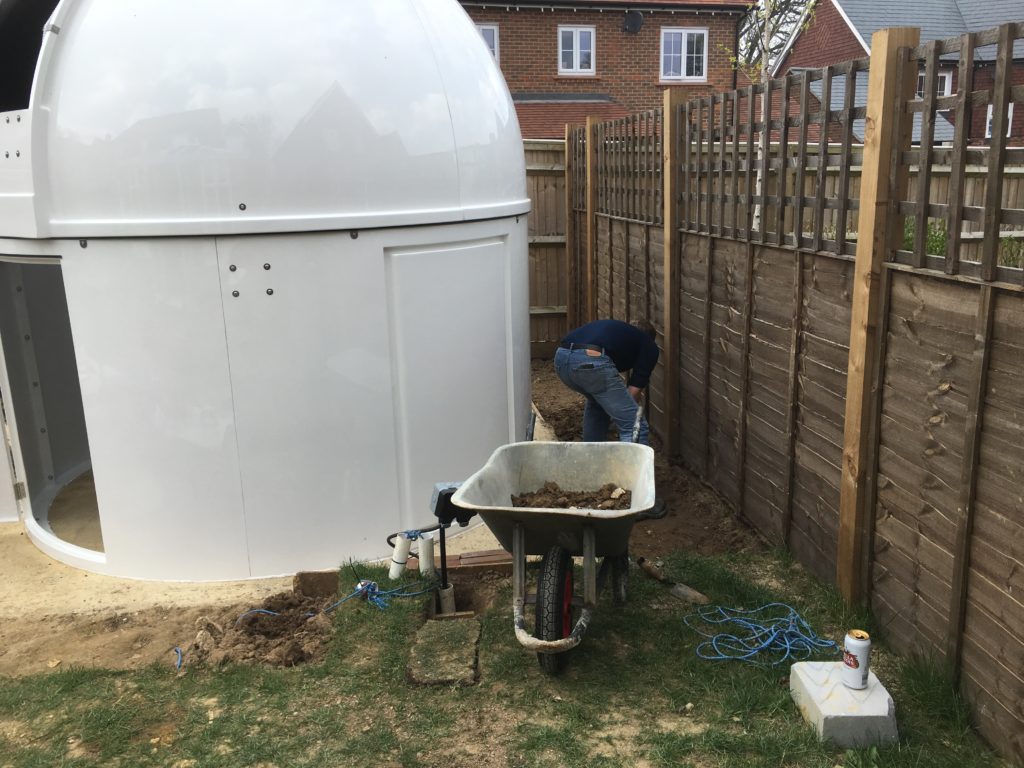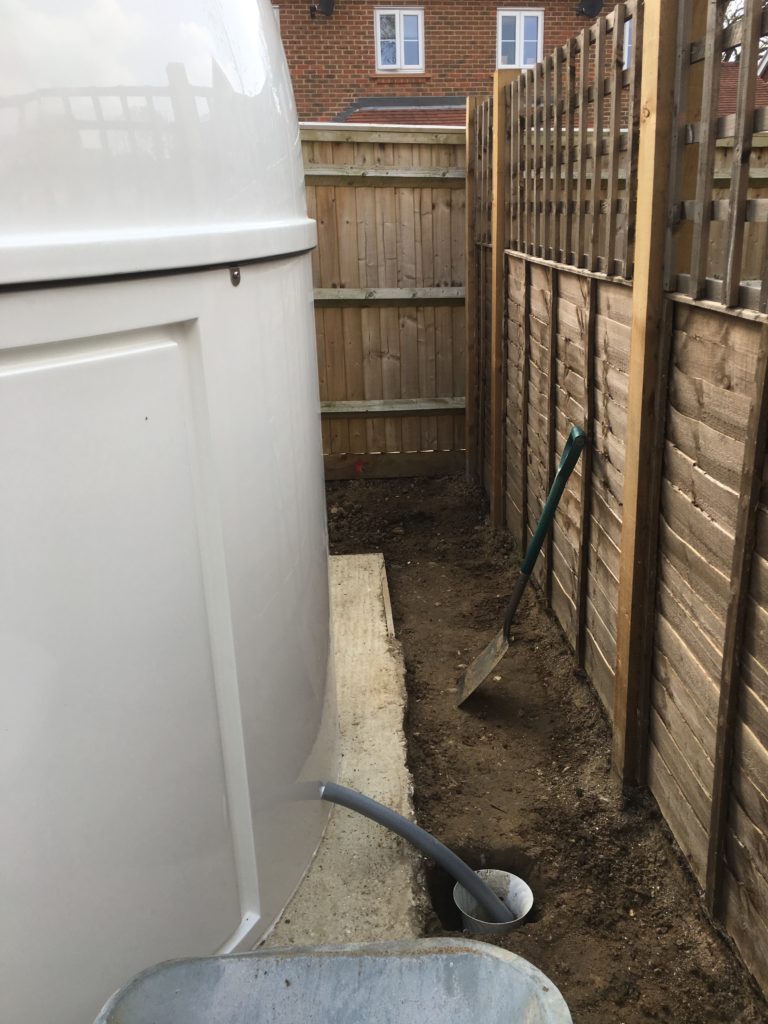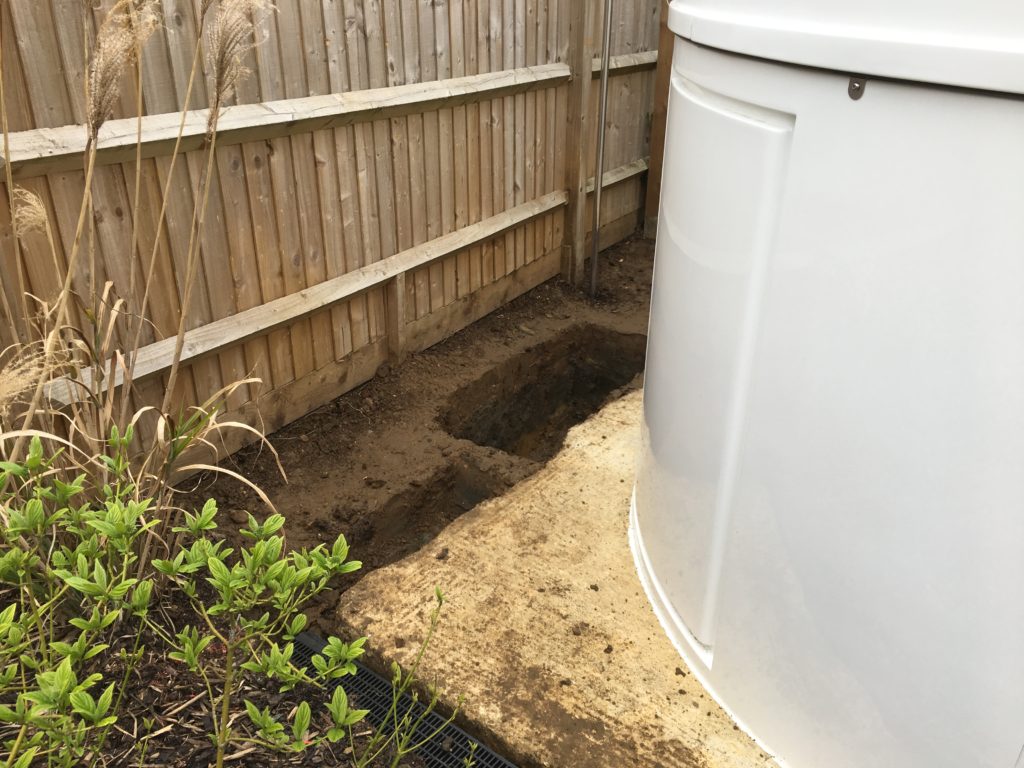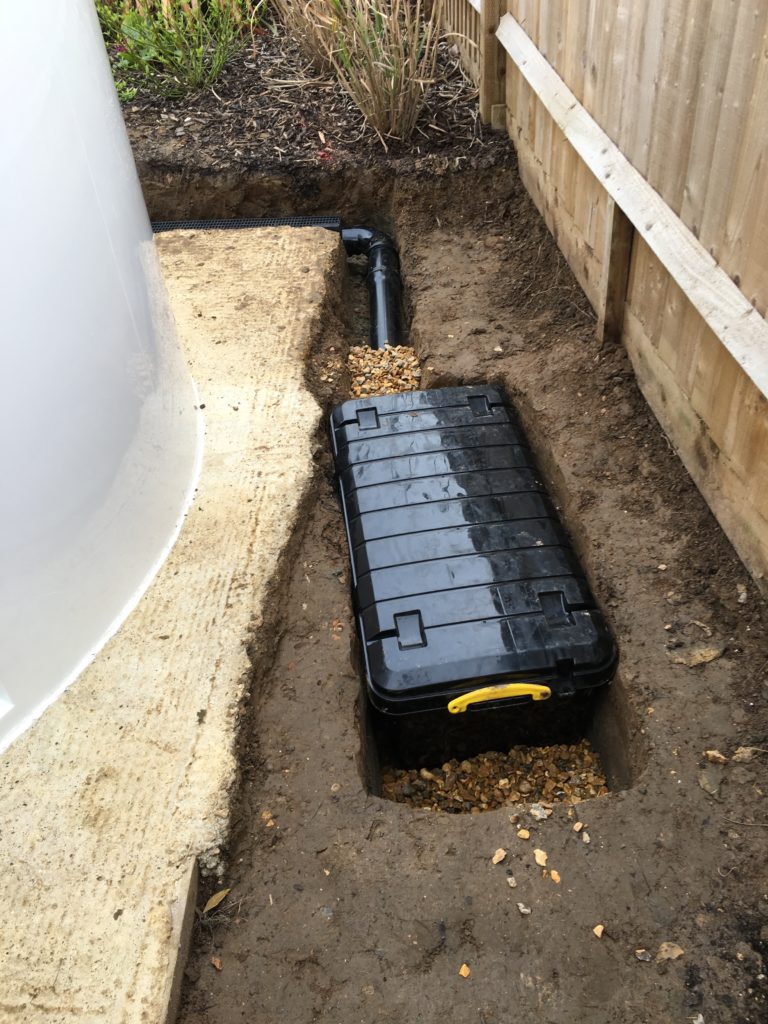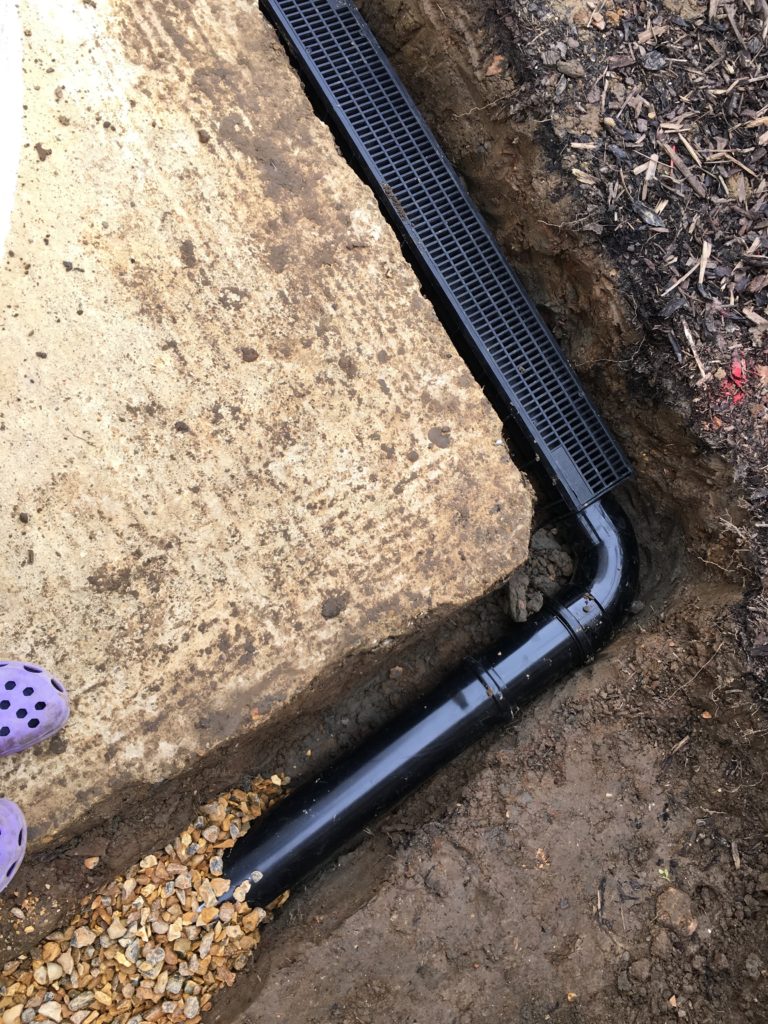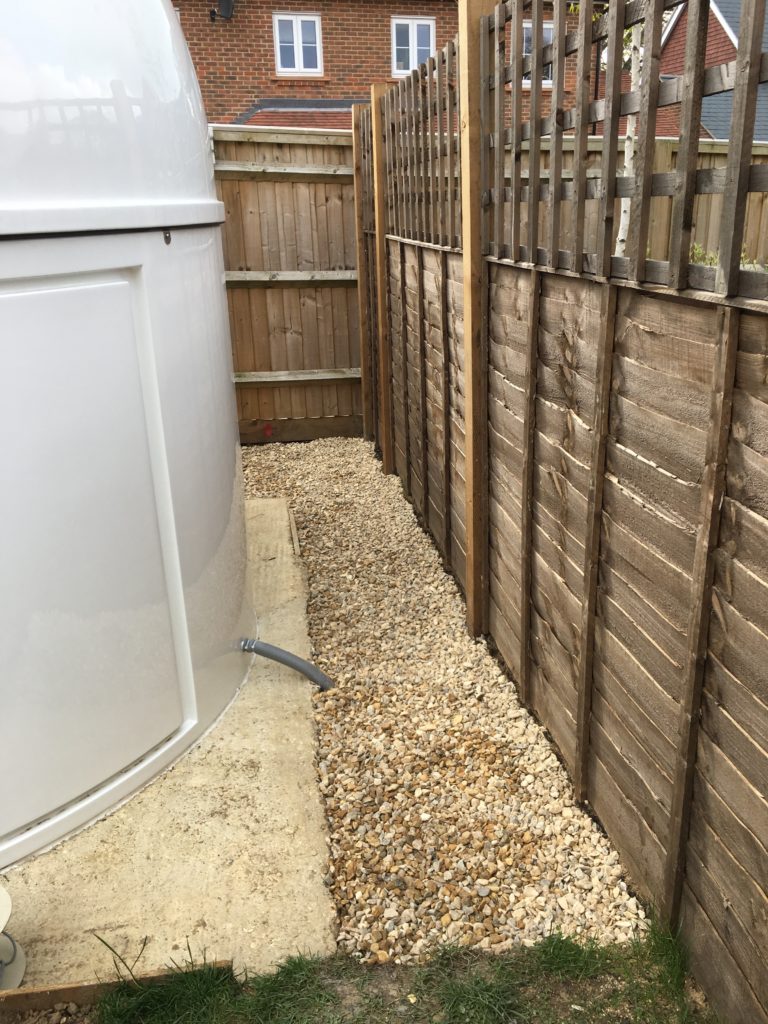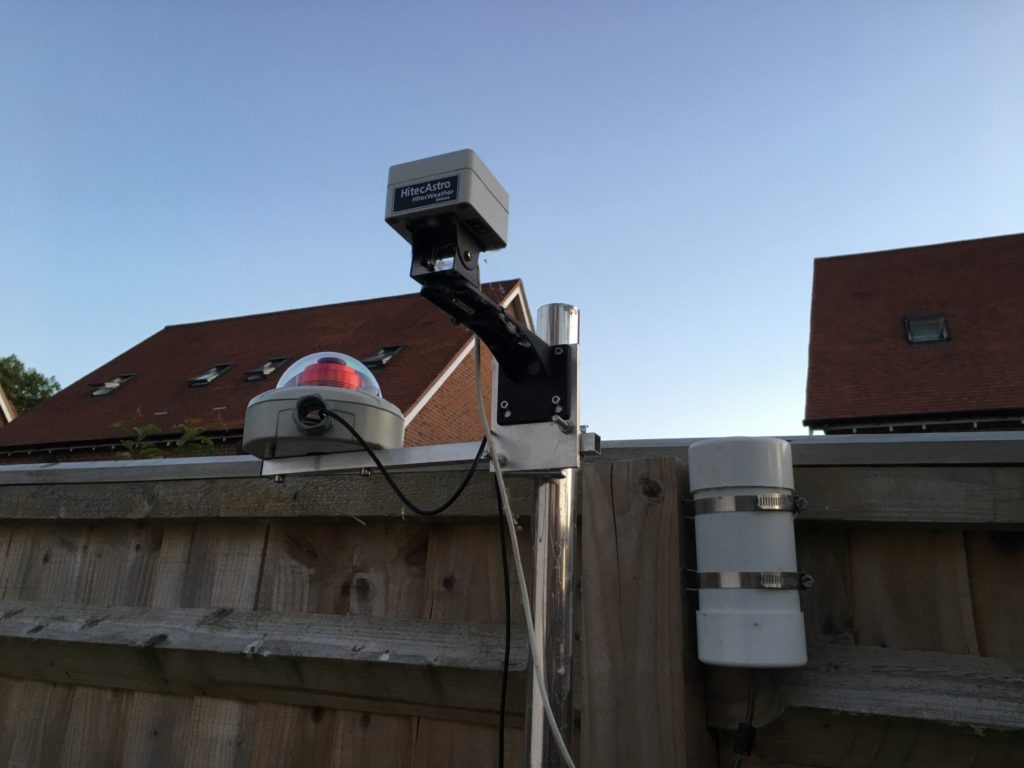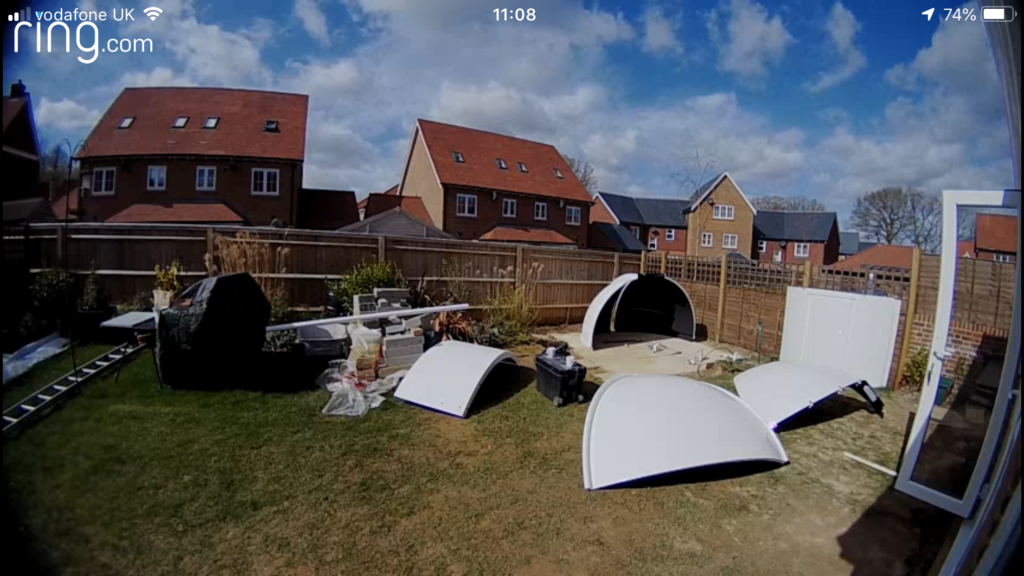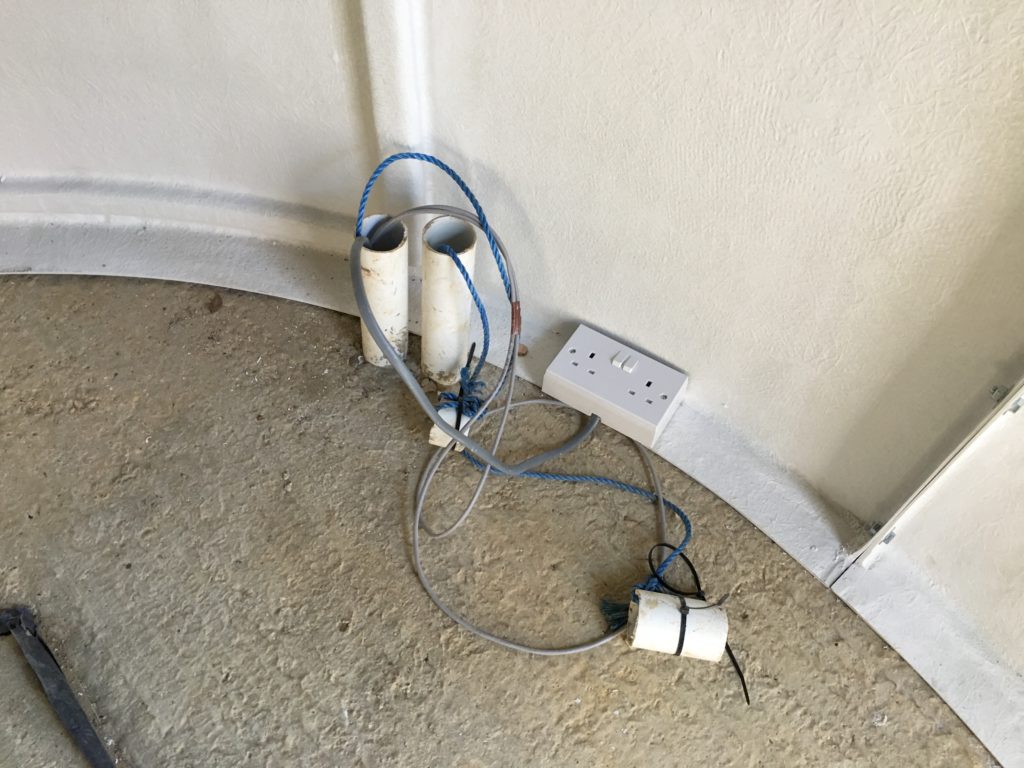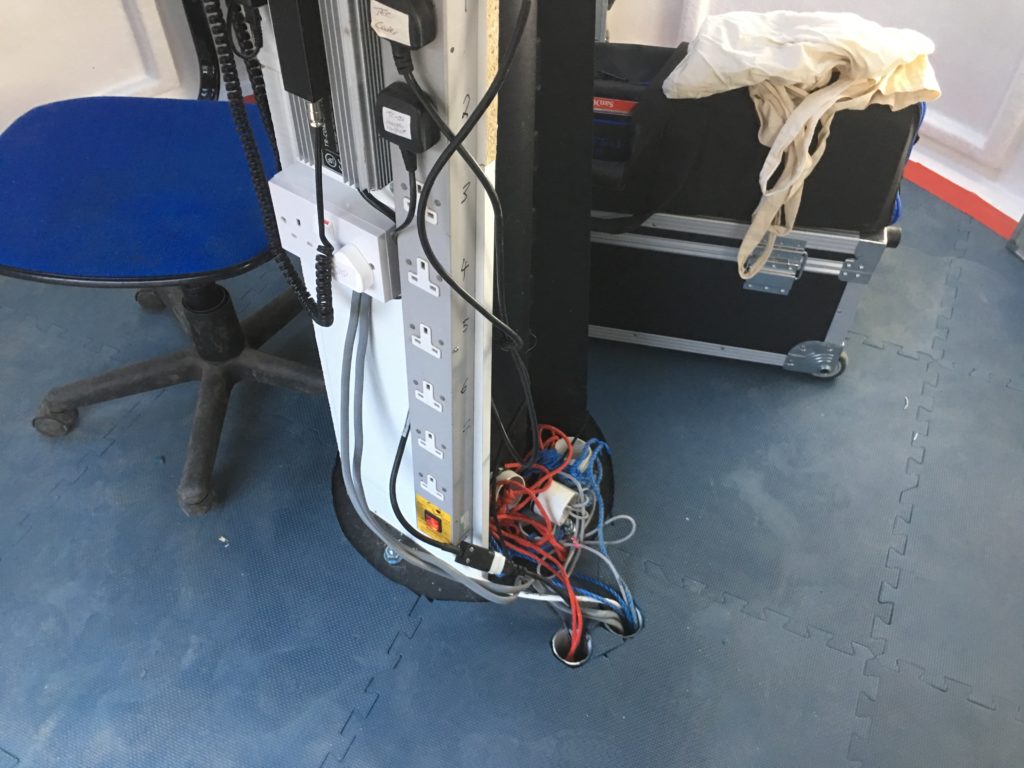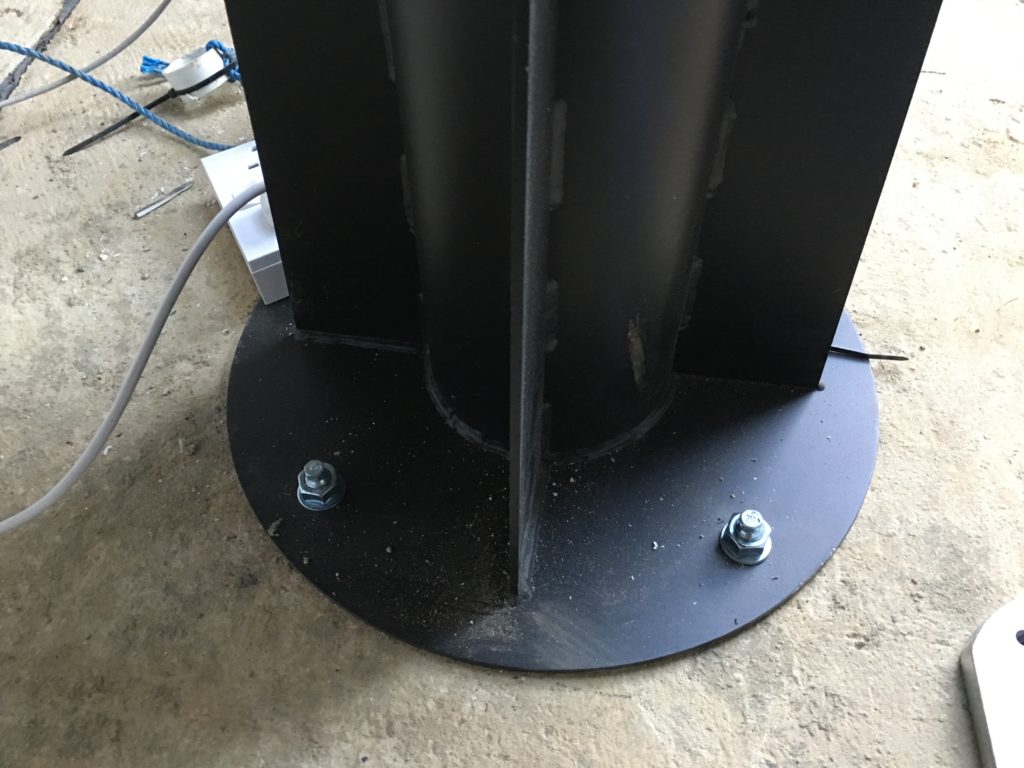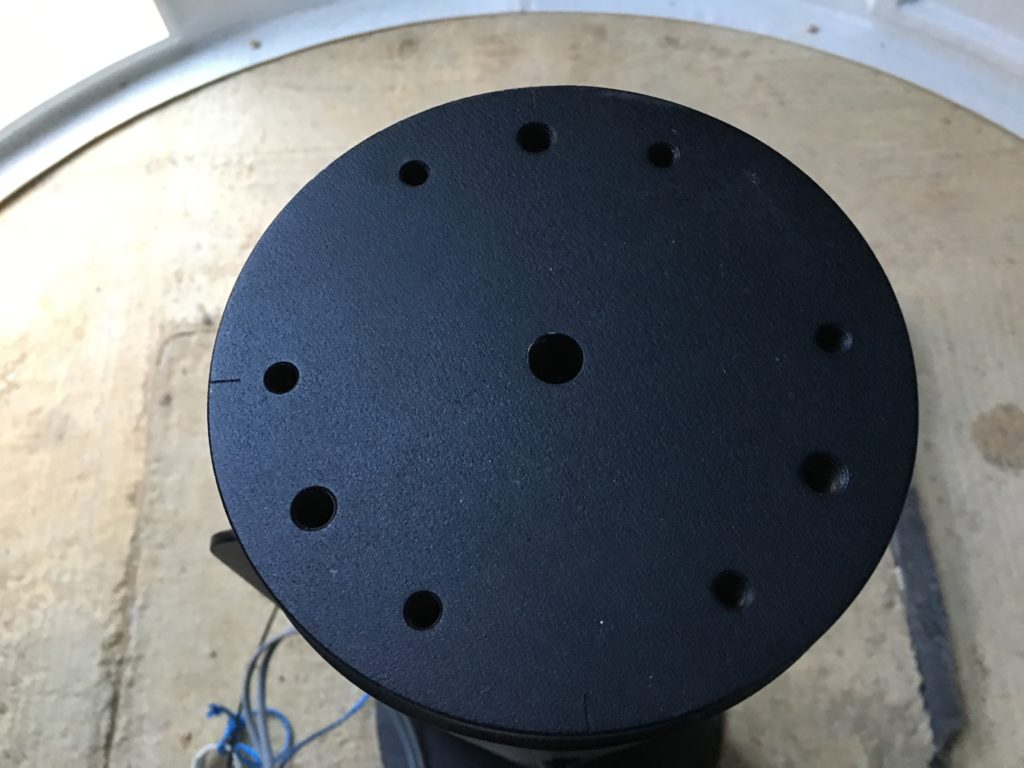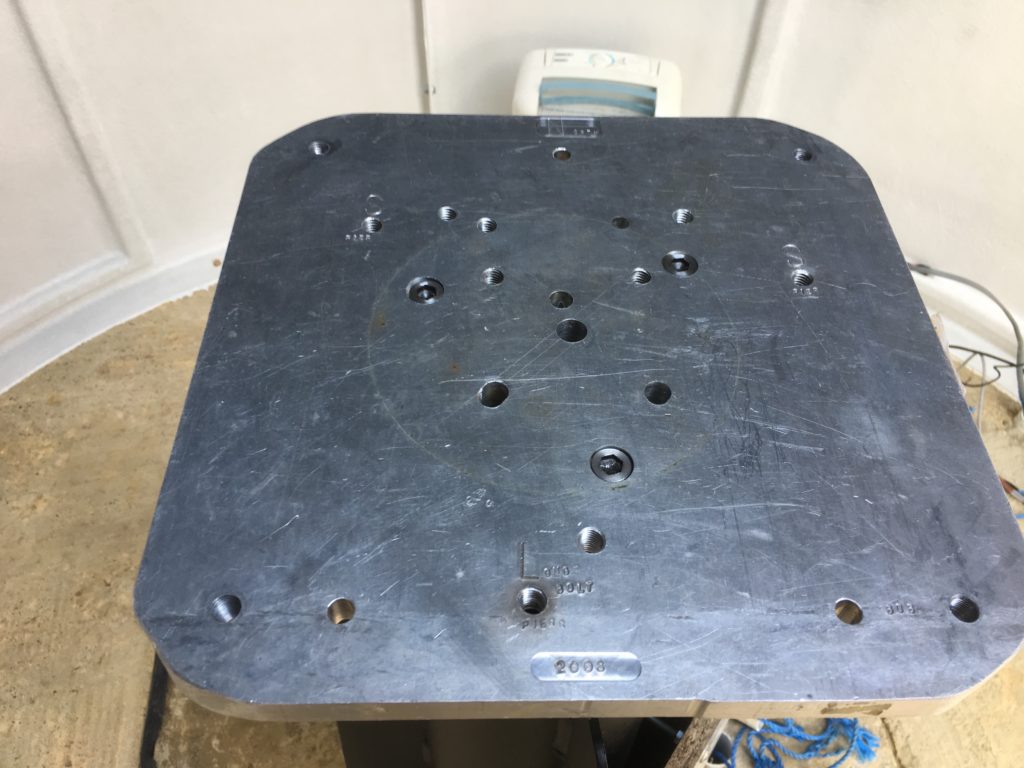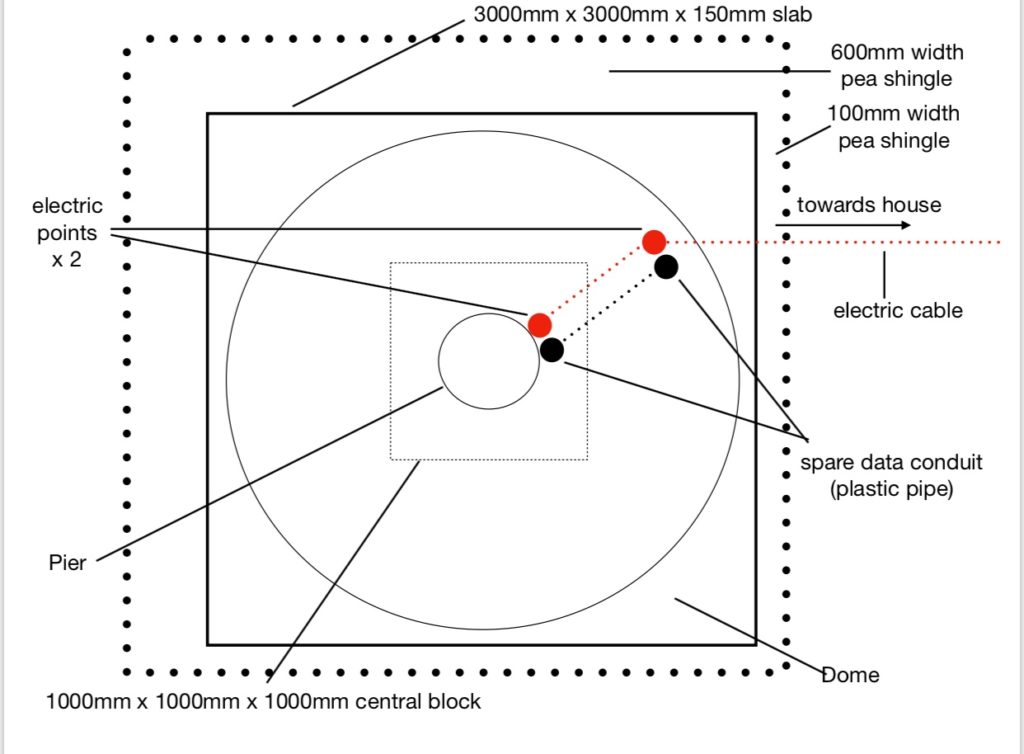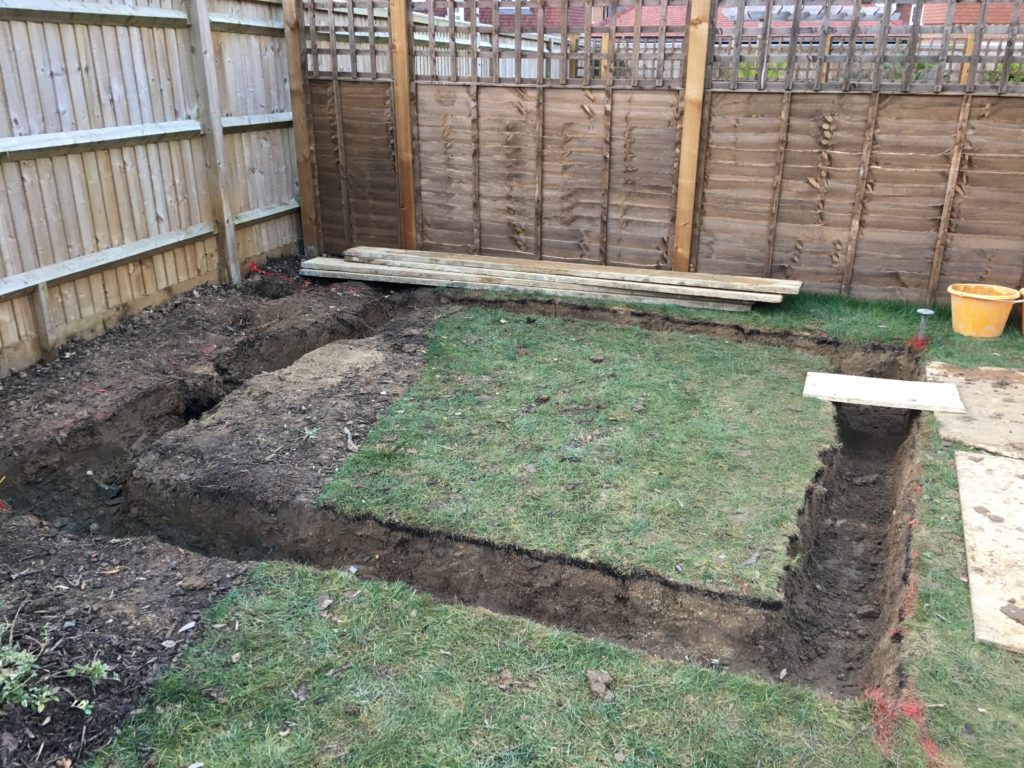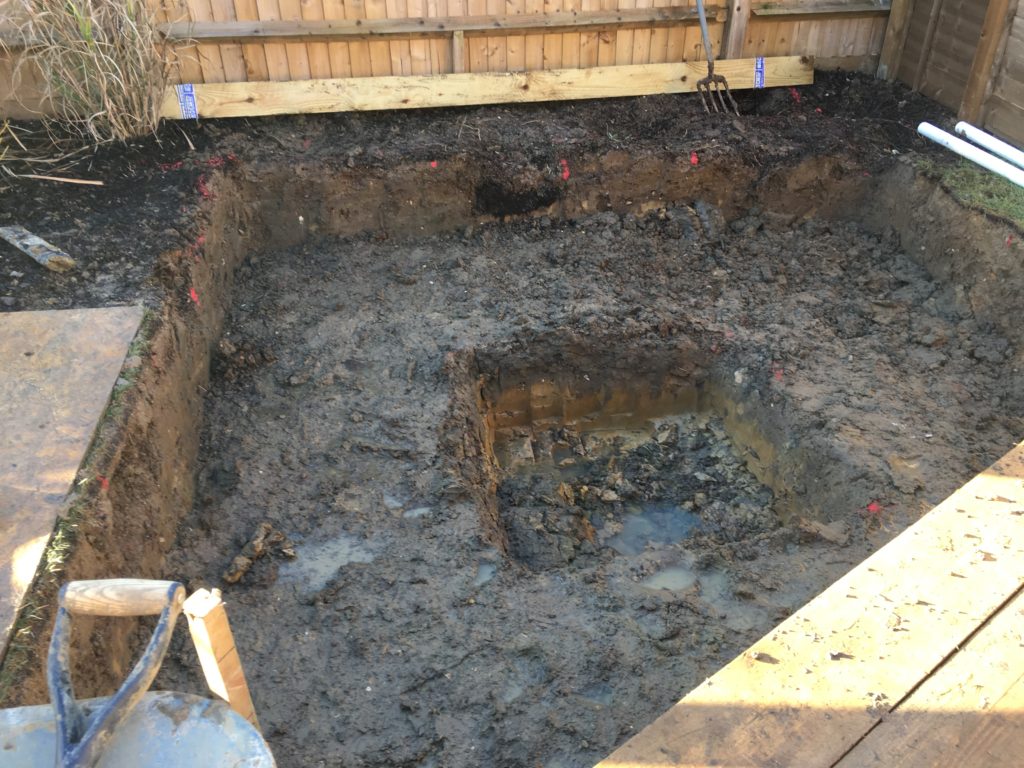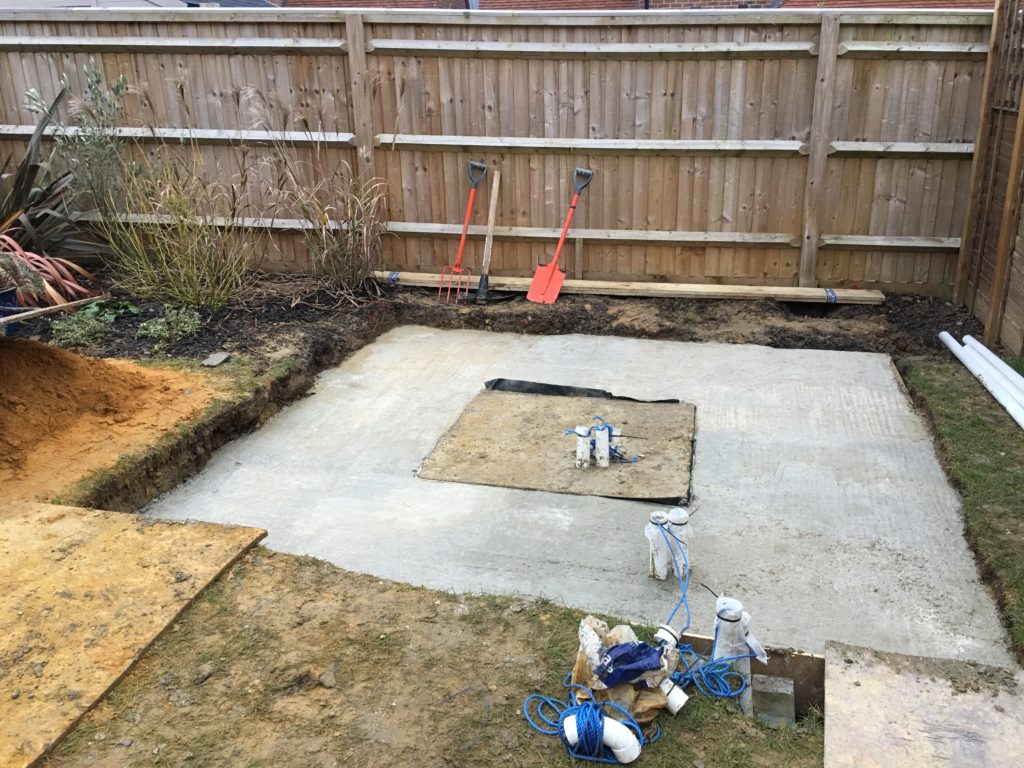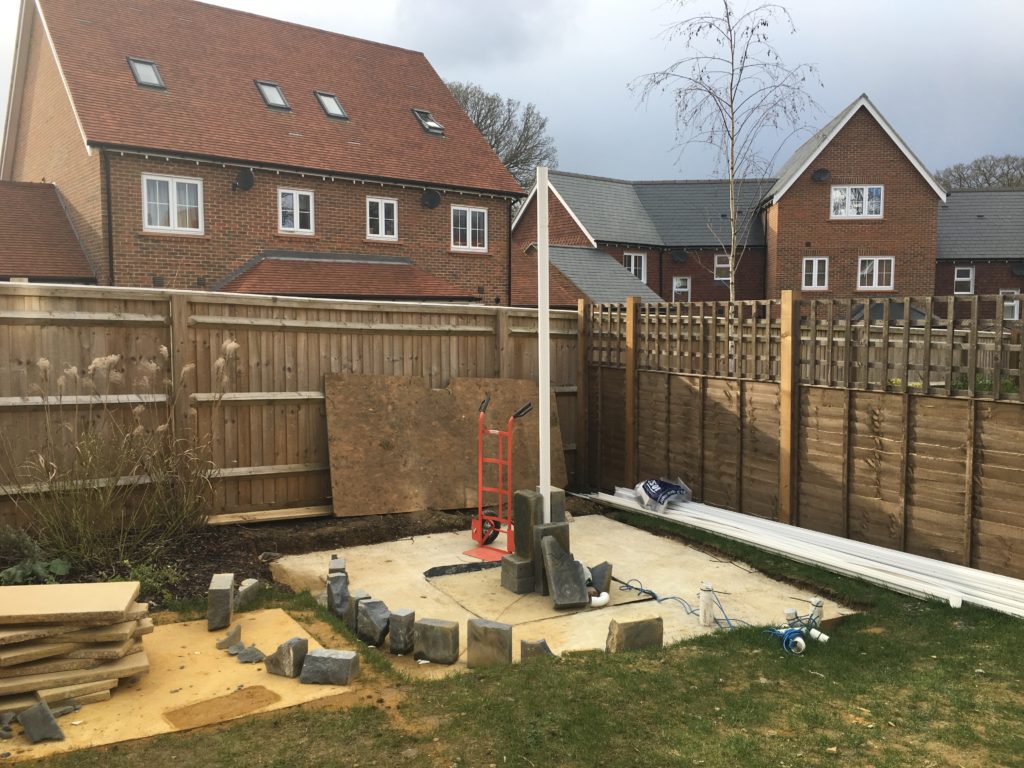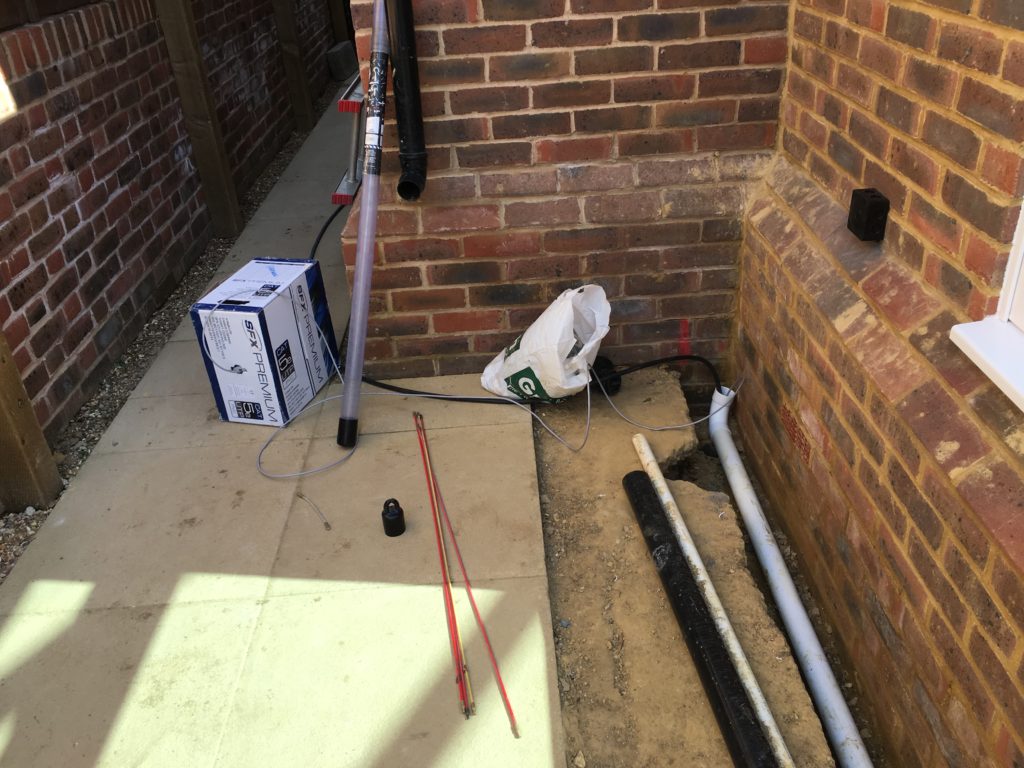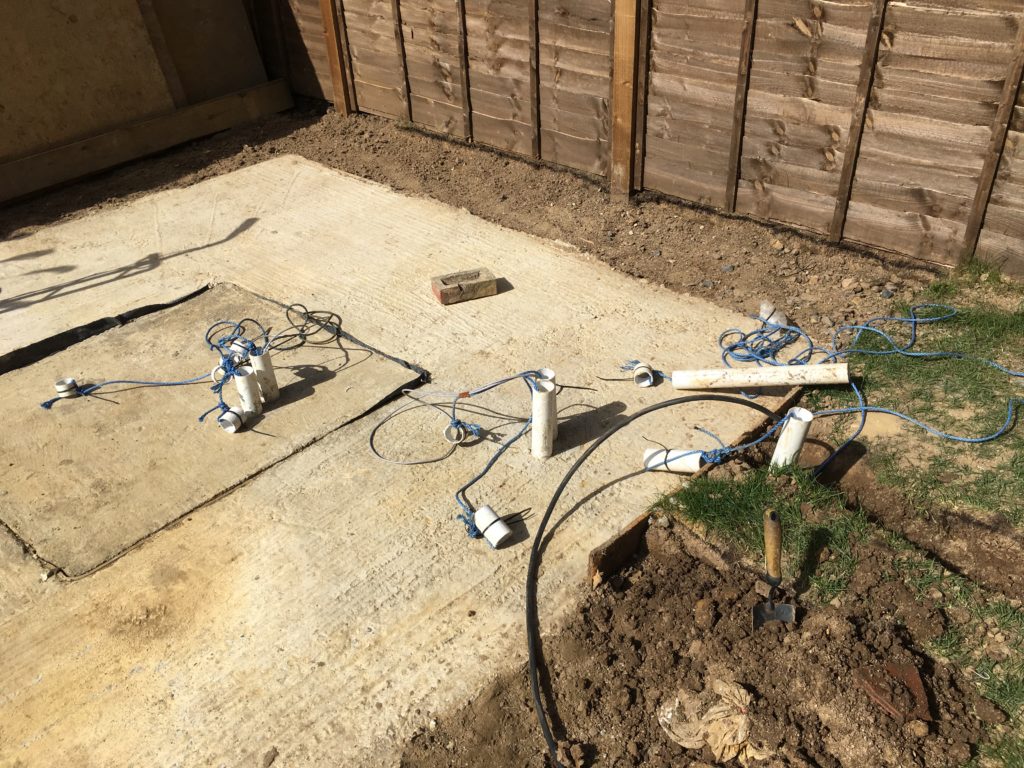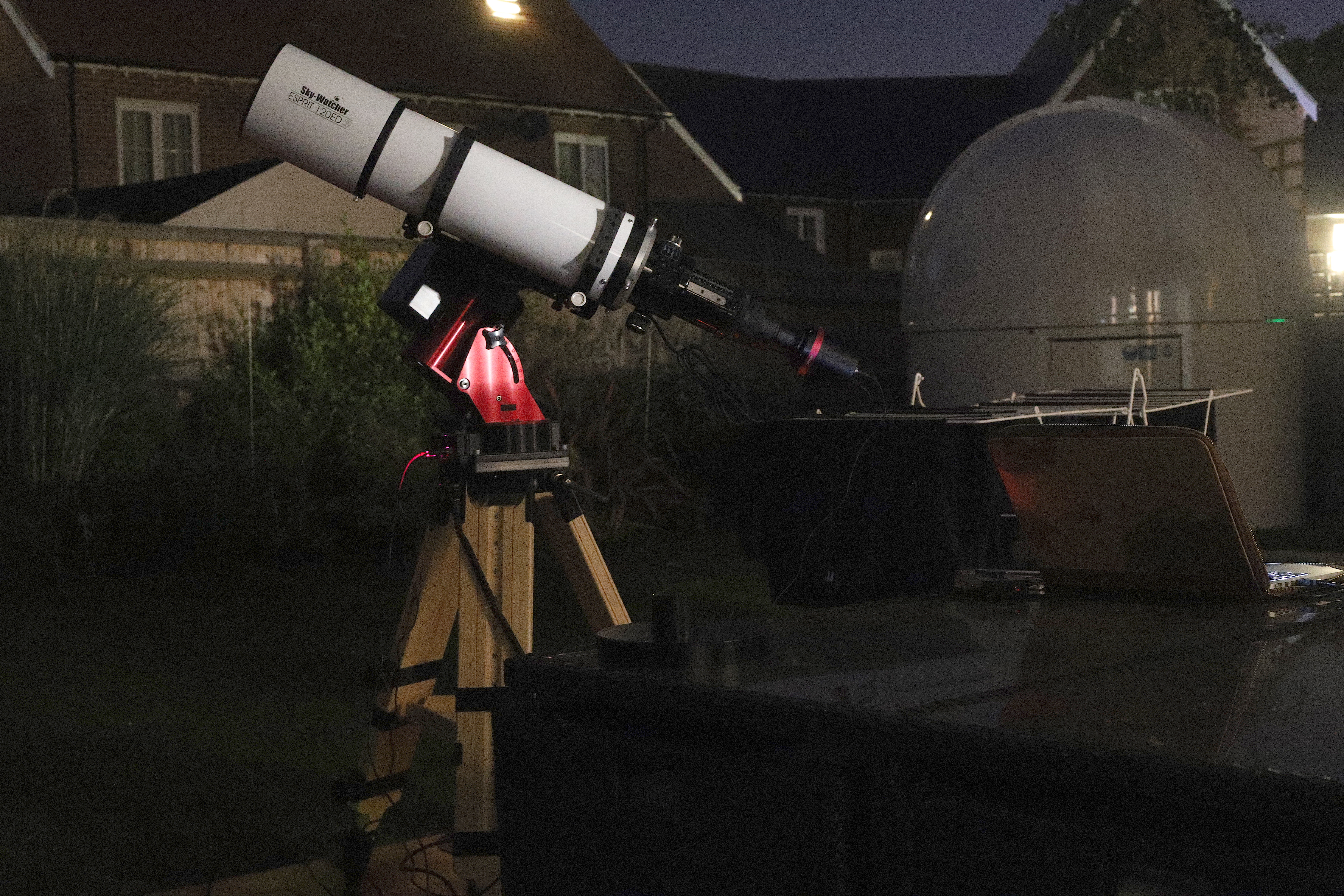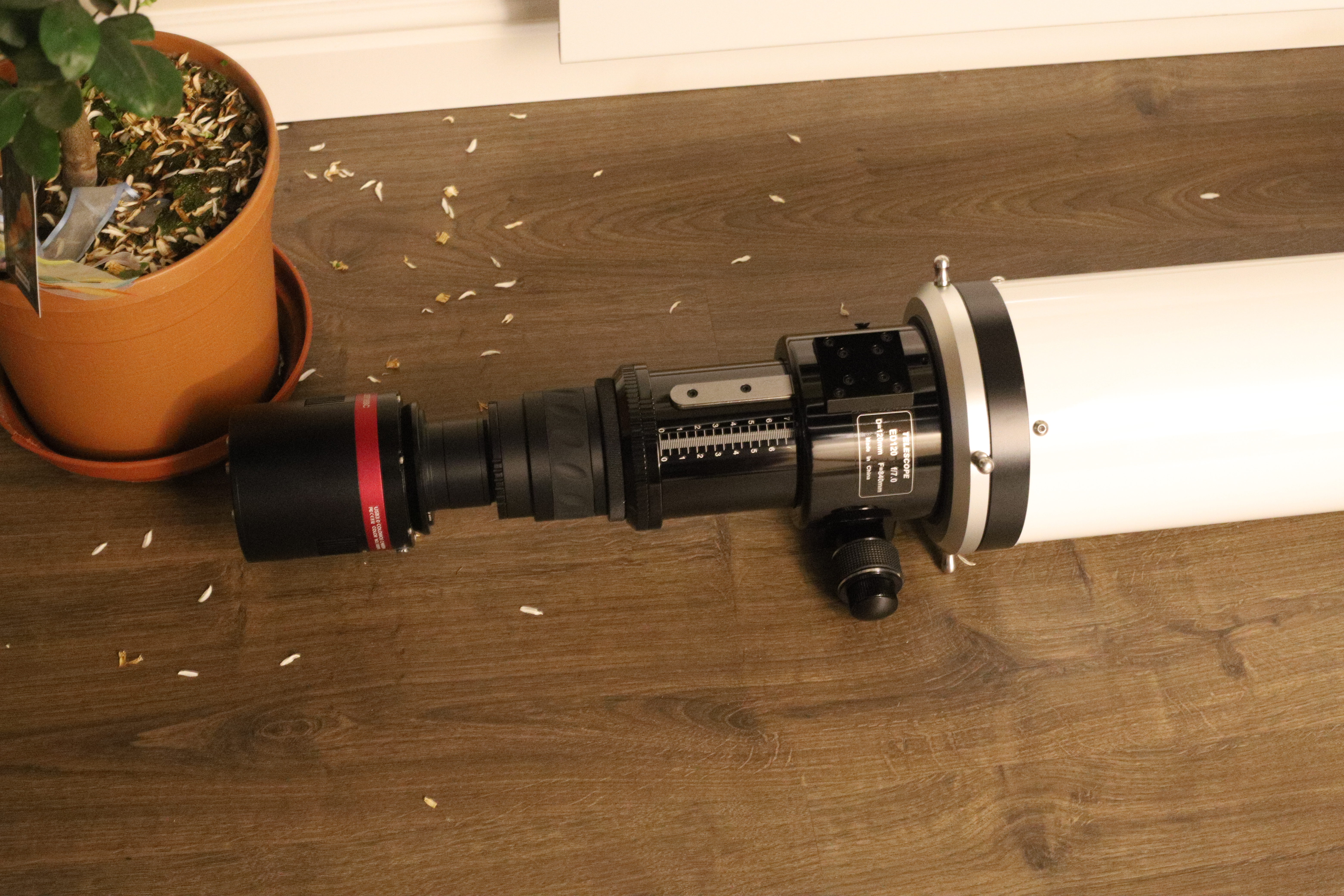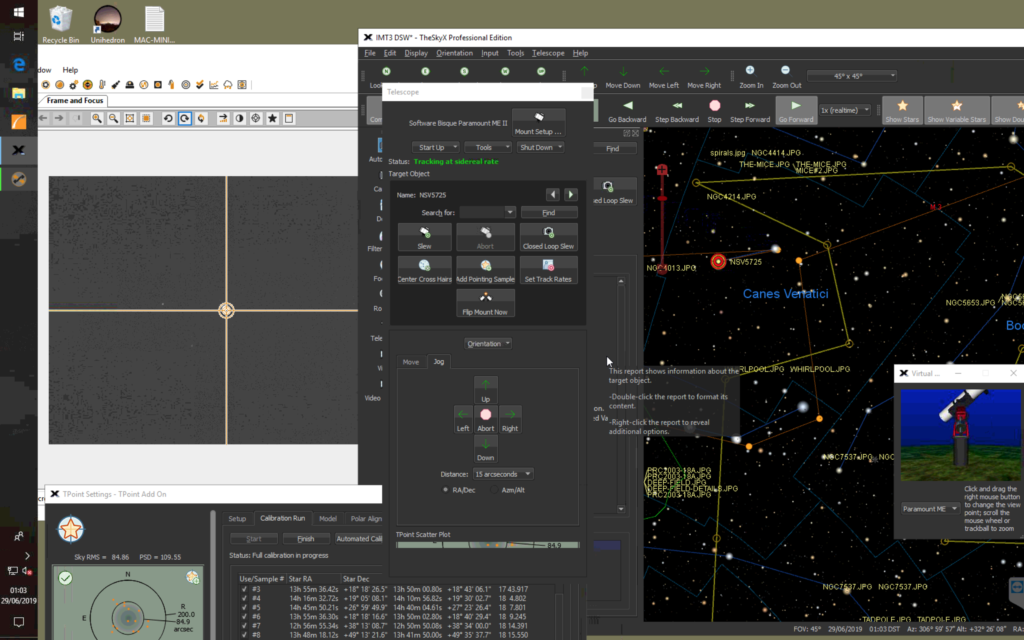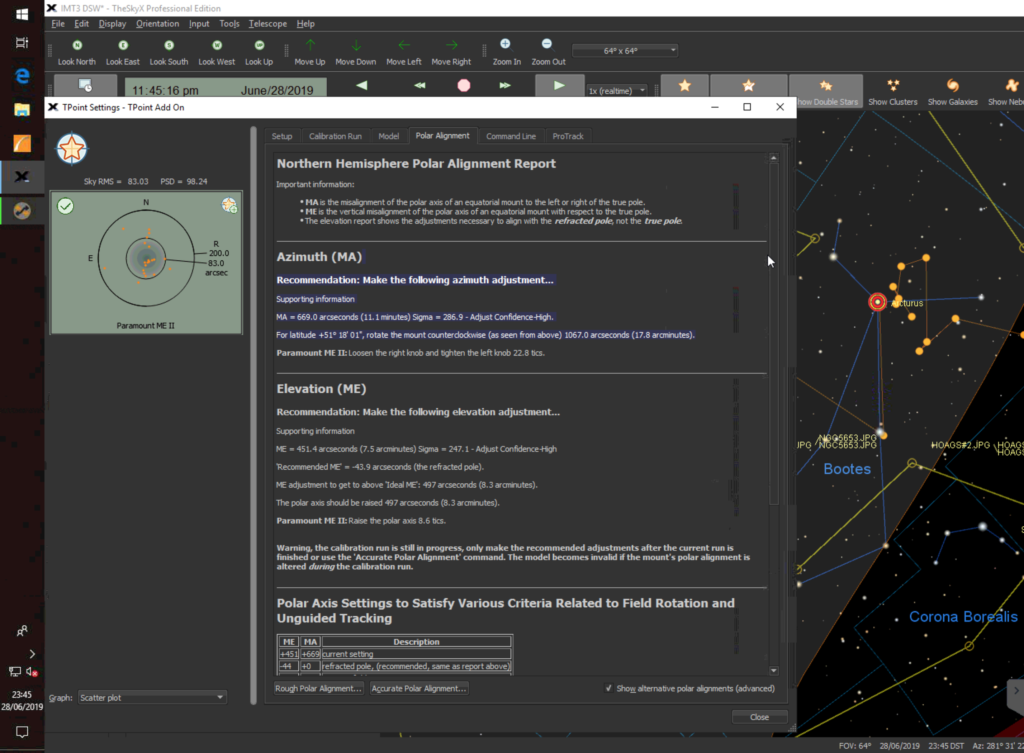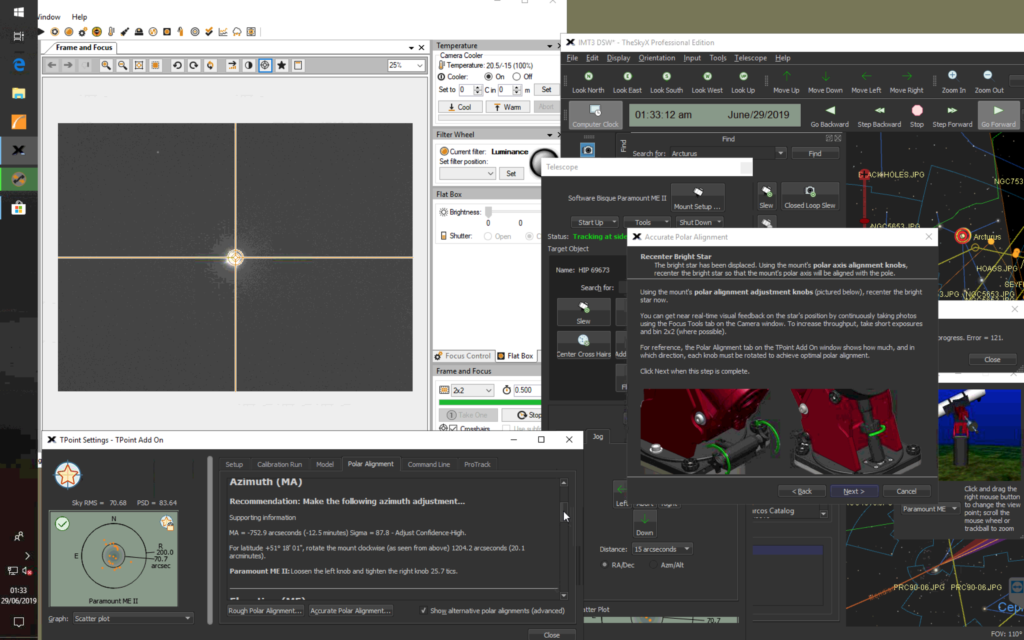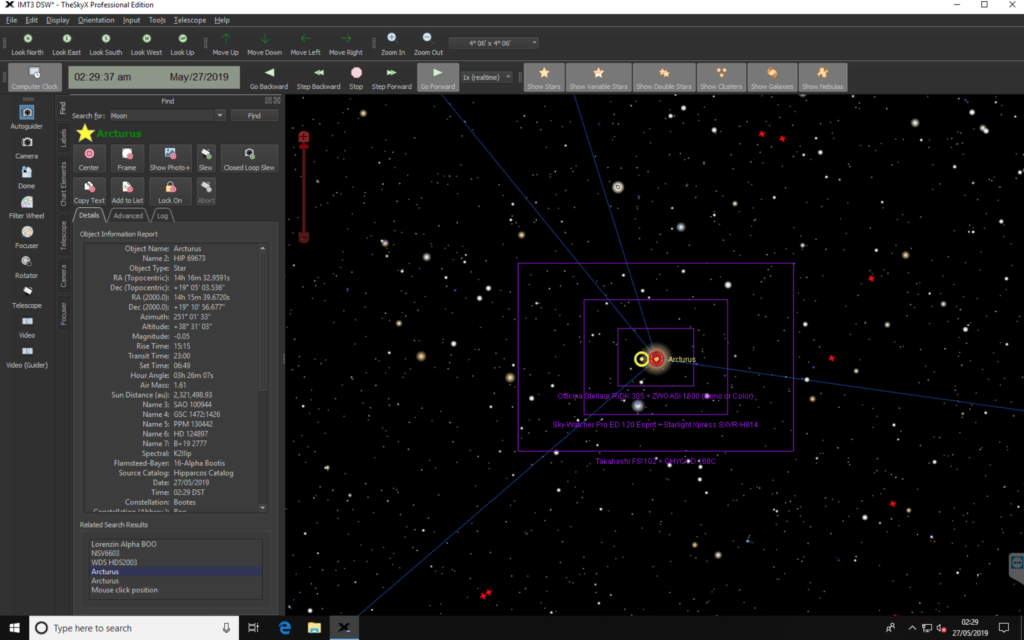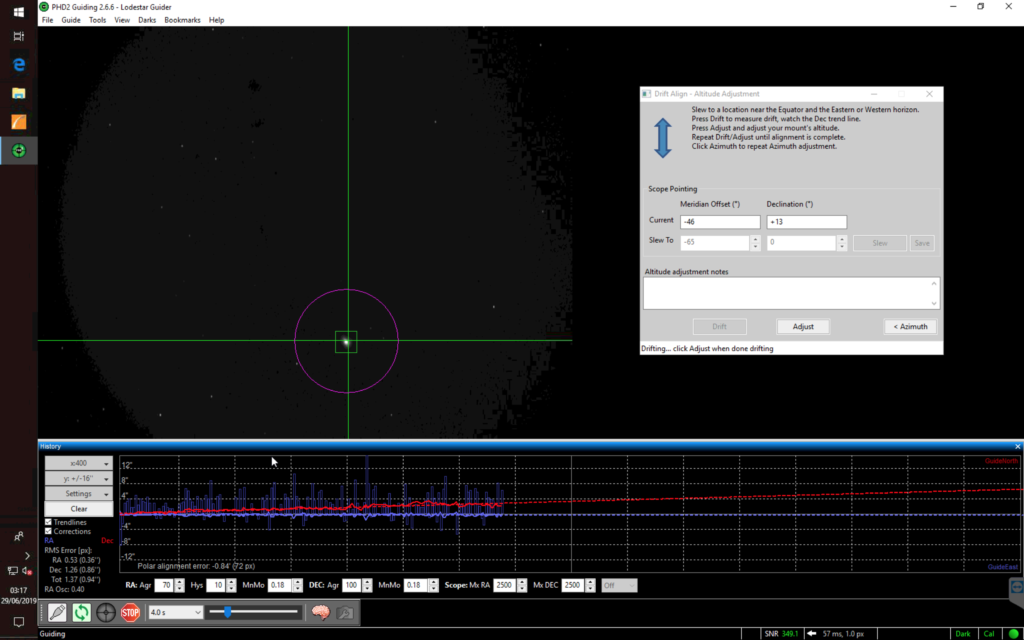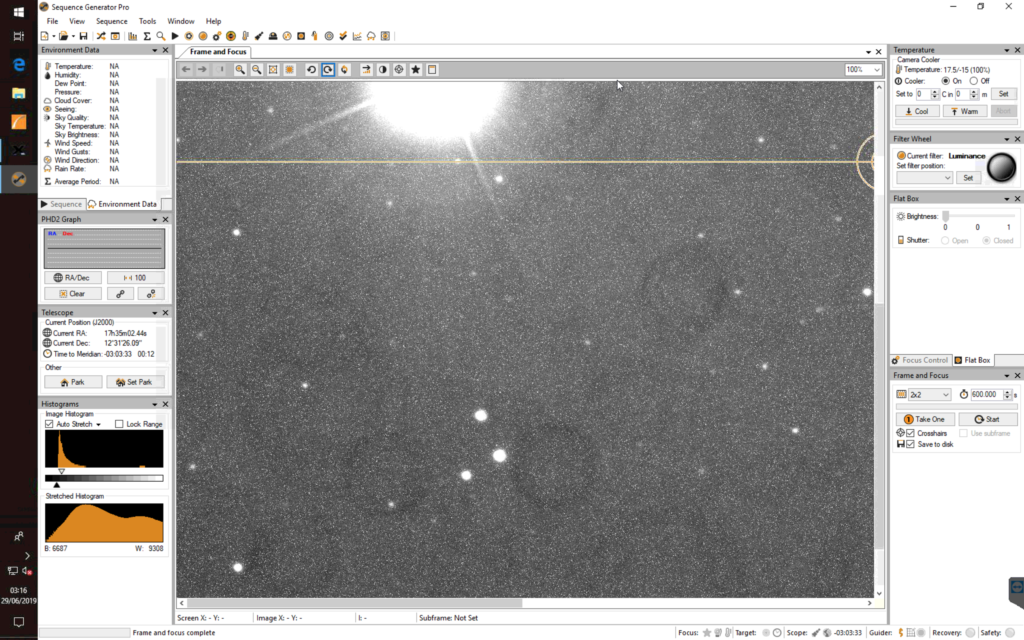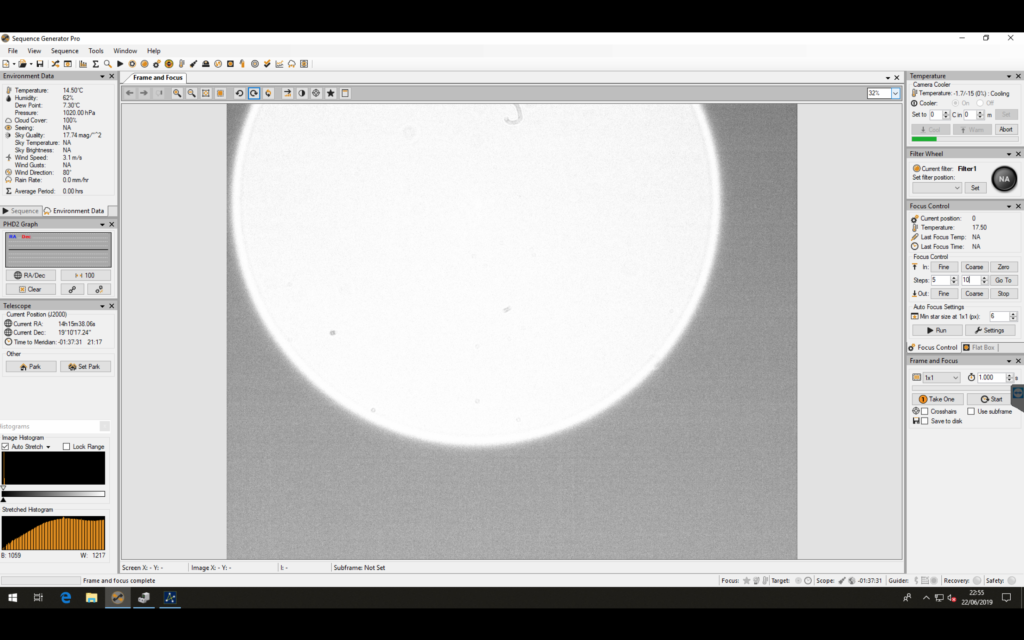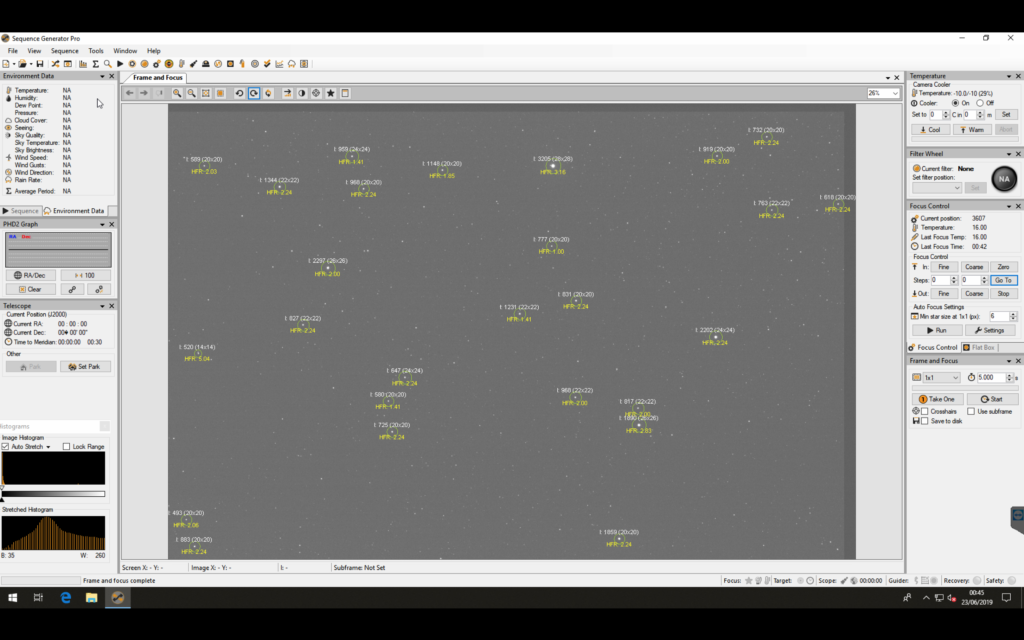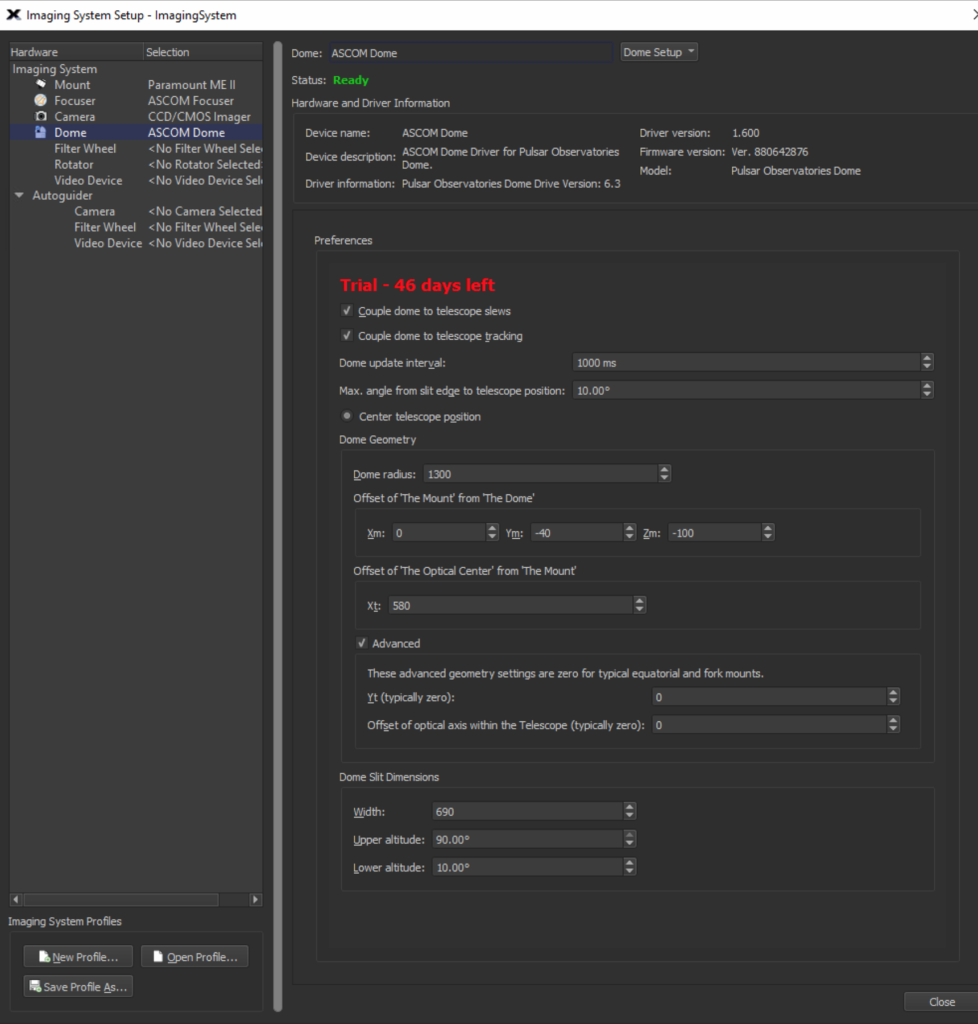Viewing time period – 22:34 – 0
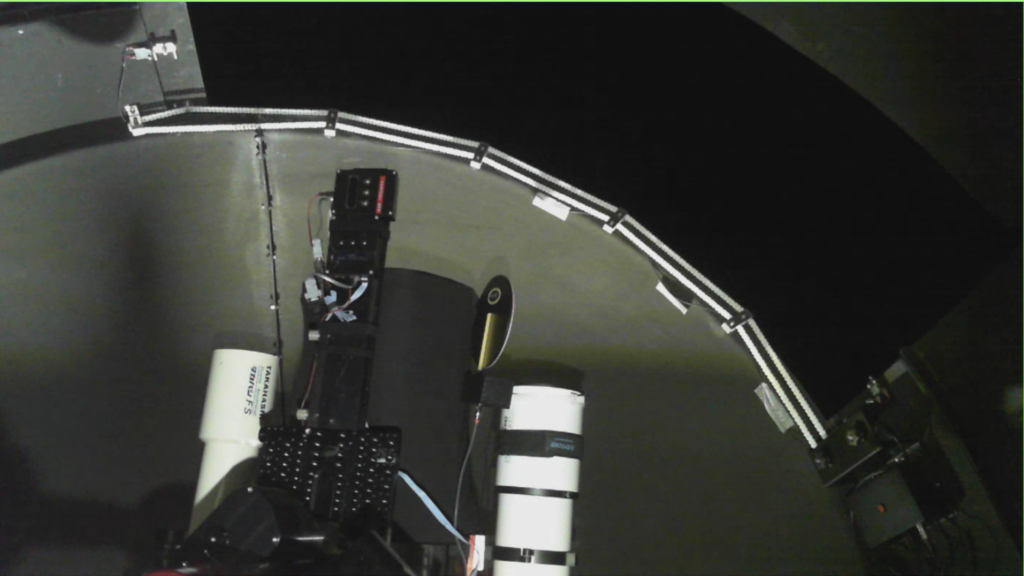
GingerGeek round tonight to align his guide scope, focus it and make sure guiding works. The first thing we had to do though was unplug my camera and then plug his into the Mount Hub Pro due the fuse problem from the last session when it melted through the fuse holder, that will be fixed later this weekend.
Next we slewed to Vega as seen above and took a quick image to see how far out the Esprit 120 is compared to where the OS12″ is pointing so that we can adjust it later.
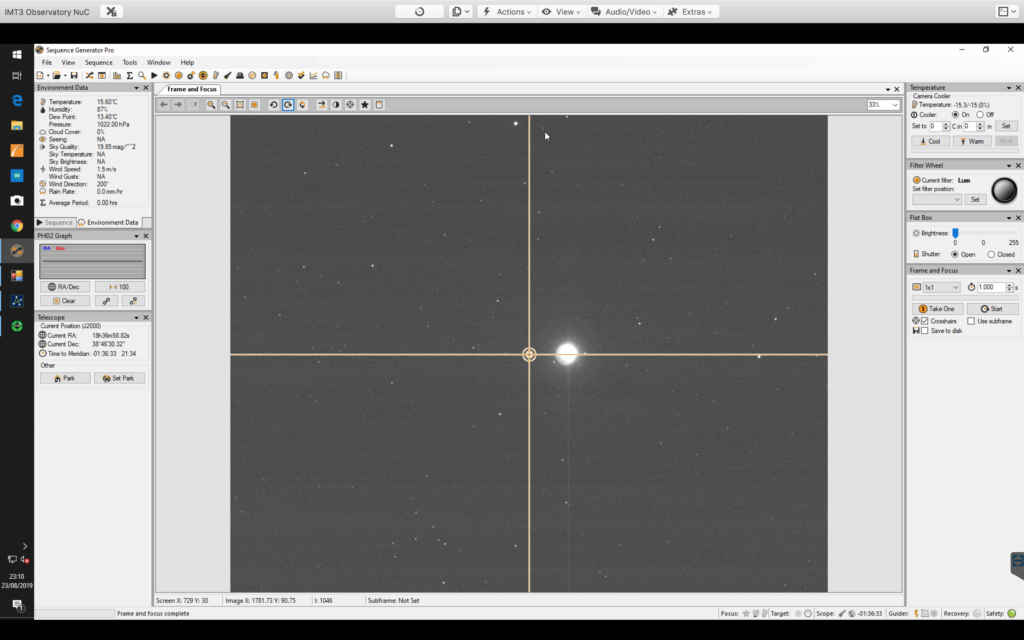
So it would seem focusing was a bit more of a challenge than we thought. The first thing is we bought an adapter for the guide scope (aka the finder that came with the Esprit 120) but it did not provide enough back focus for the camera. We had a look round the adapters in the dome and found a nose extension for the Lodestar, however it was not a c-mount end to it so we landed up duck taping it on tonight until GingerGeek can bring round his adapter.
The next challenge was not seeing any stars in the lodestar, after what seemed like a long while we came to the conclusion that the picture we were looking at on the screen in PHD2 was not the camera we thought, it was instead the one from the OS12″ which at this point was not pointing through the slit.
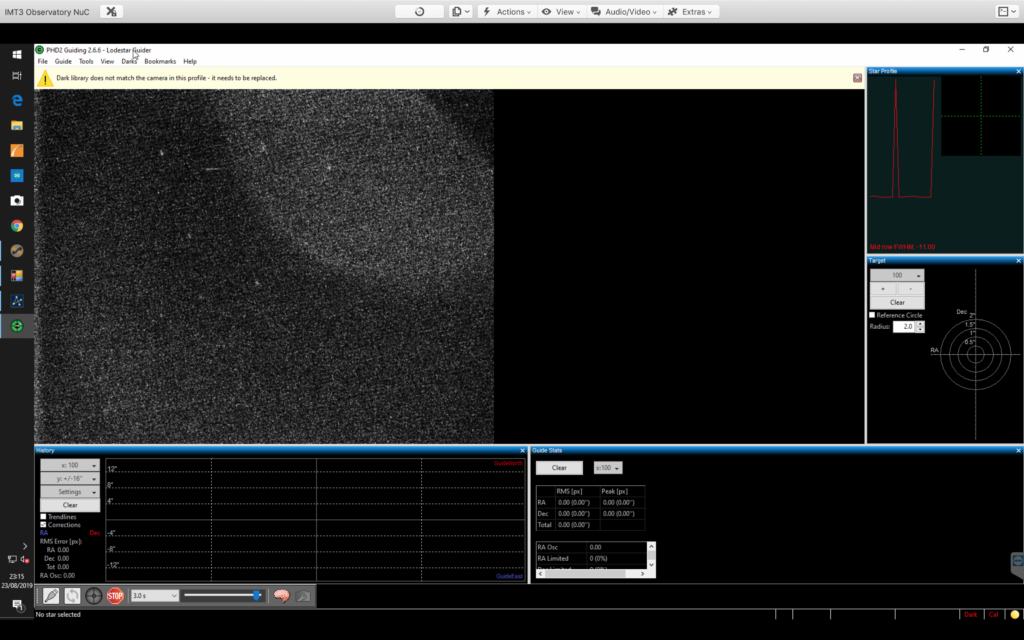
After looking through the settings on PHD2 we found a new setting we had not seen before, which seemed to be because we have multiple ASCOM cameras connected.
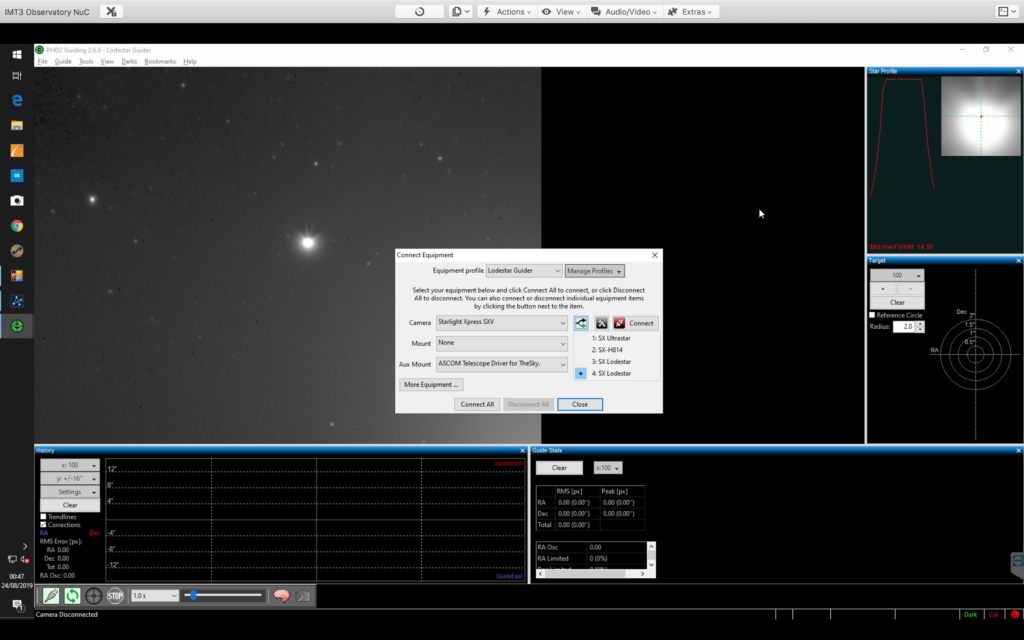
The symbol is a double arrow and when clicked a drop down list of 4 Starlight Xpress cameras appeared, so we chose the 4th one which was one of the two Lodestars and that worked.
I then adjusted the guide scope in its two ring holders and aligned close to Vega which we had slewed to. Now the guide scope was spot on and the main scope ever so slightly off. This will be solved when we either shim the scope to align with the OS12″ or when we add/change the way in which it is connected to the losmandy mounting plate.
By 12:40am we had the focus sorted for the guide scope and we moved back in doors to connect back to the 2 cameras for this evening, lodestar and main imaging camera and then the Lakeside focuser to start an autofocus run on the main camera.
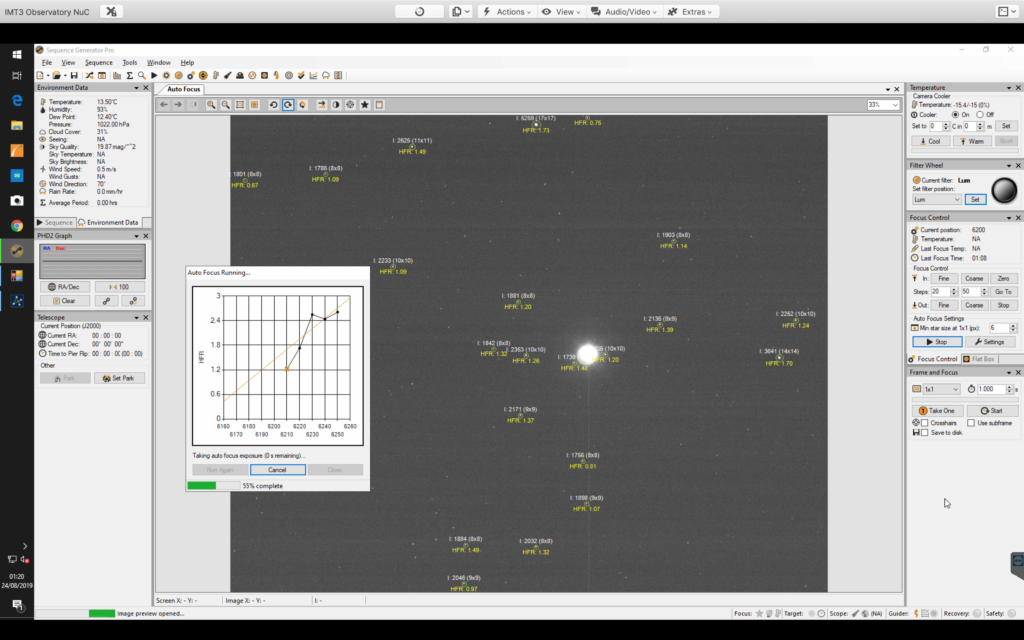
At 1:20am we were still trying to focus as we had not setup the autofocus routing for the Esprit 120 before, the OS12″ is now fine but this was a new challenge. GingerGeek spend an appreciable amount of time changing the step size and other settings in SGPro to effect the focus routine. Finally autofocus did a great job and we landed up at a focus point of 6225 for the Luminance filter. However there was an amount of backlash and this caused the focus point to not be the same in a one direction. GingerGeek needs to find out where he wrote down the figure we measured for backlash so we can add in.
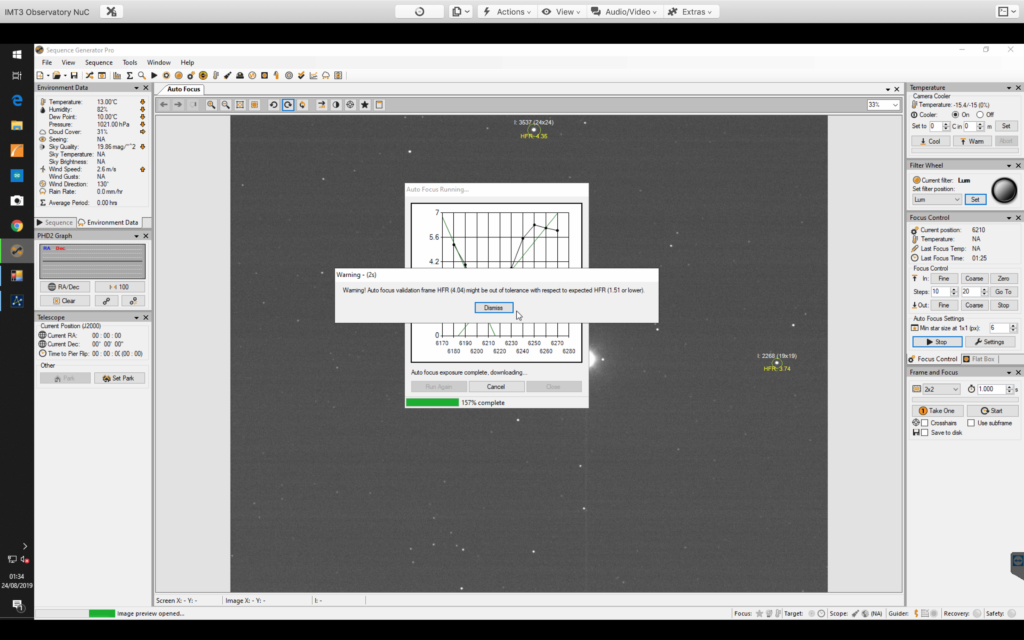

Next we slewed to the star near the Elephant Trunk, SAO 33570 and changed the filter to Ha. GingerGeek then started an auto focus run for this filter. As it was now late we were missing setting simple things such as the exposure time increase from 1s to 15s needed to actually register any stars to focus on.
Once focused (ish) as we are tired now, we started a short test image run of 10mins subs for the Ha. GingerGeek showed me the Big Status window which is a much nicer interface to your image progress.
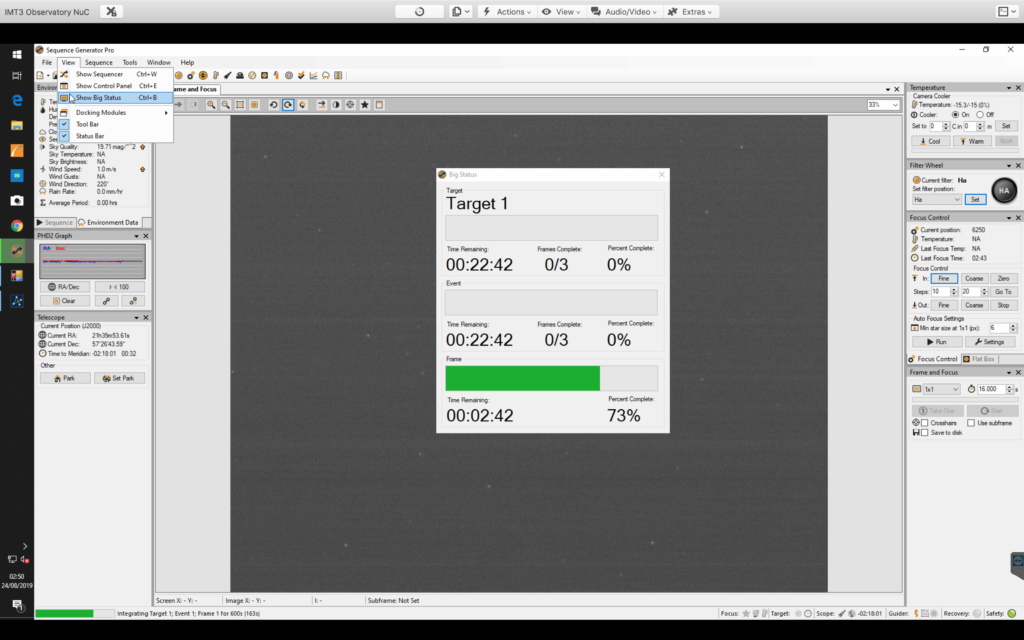
We then had a problem with guiding, there were inconsistent rates between the RA and DEC axis. This caused trailing of stars so we stopped the guiding, however the next image although still out of focus showed promise especially given we were not guiding.

So 3:24am and time for bed.


